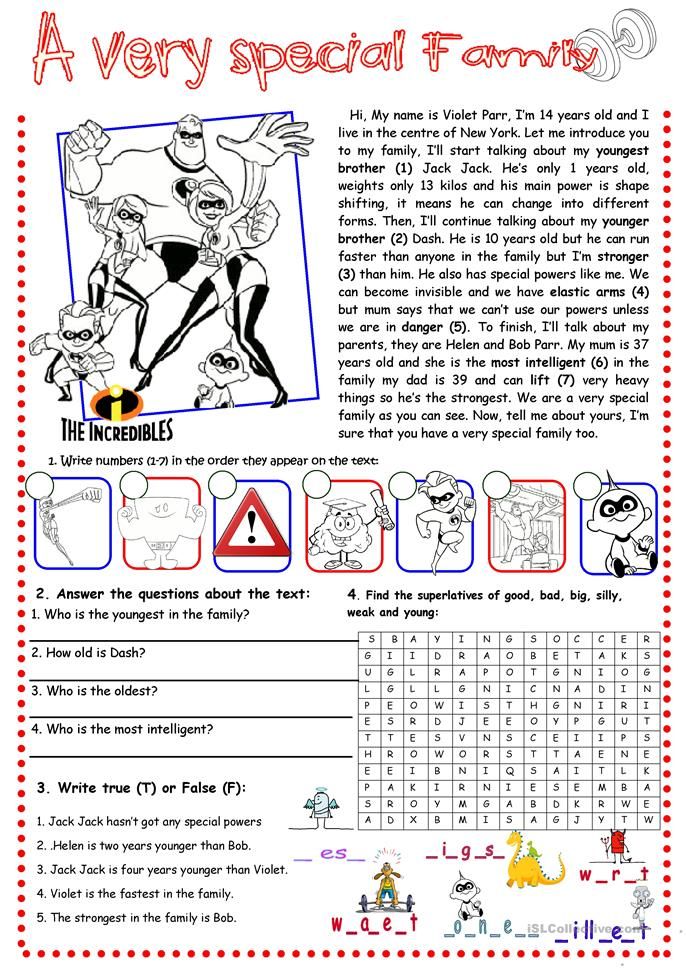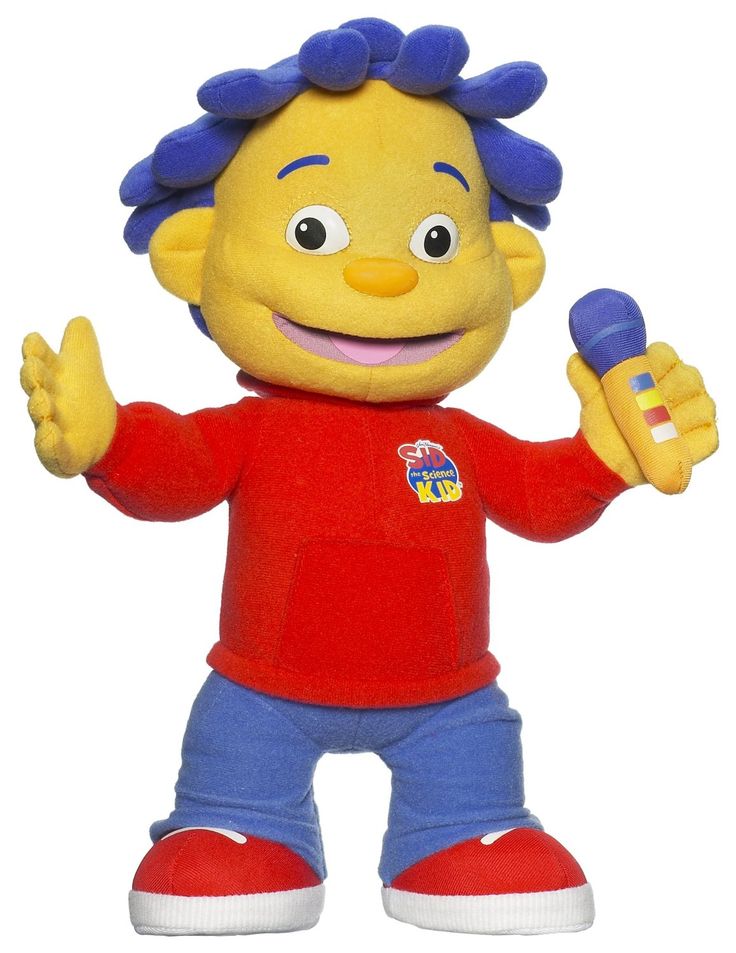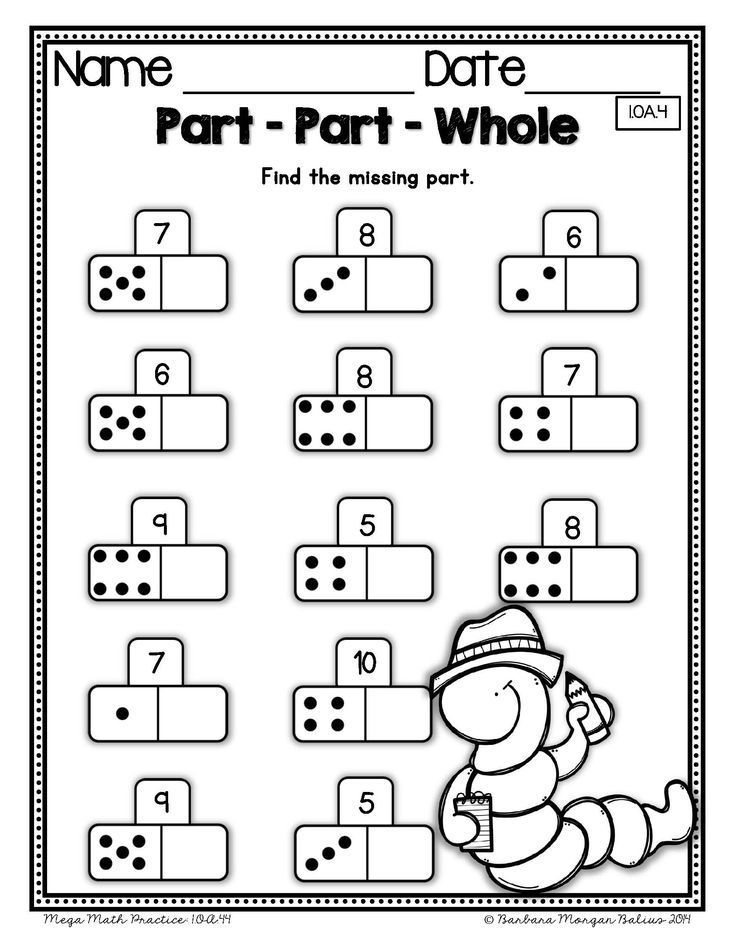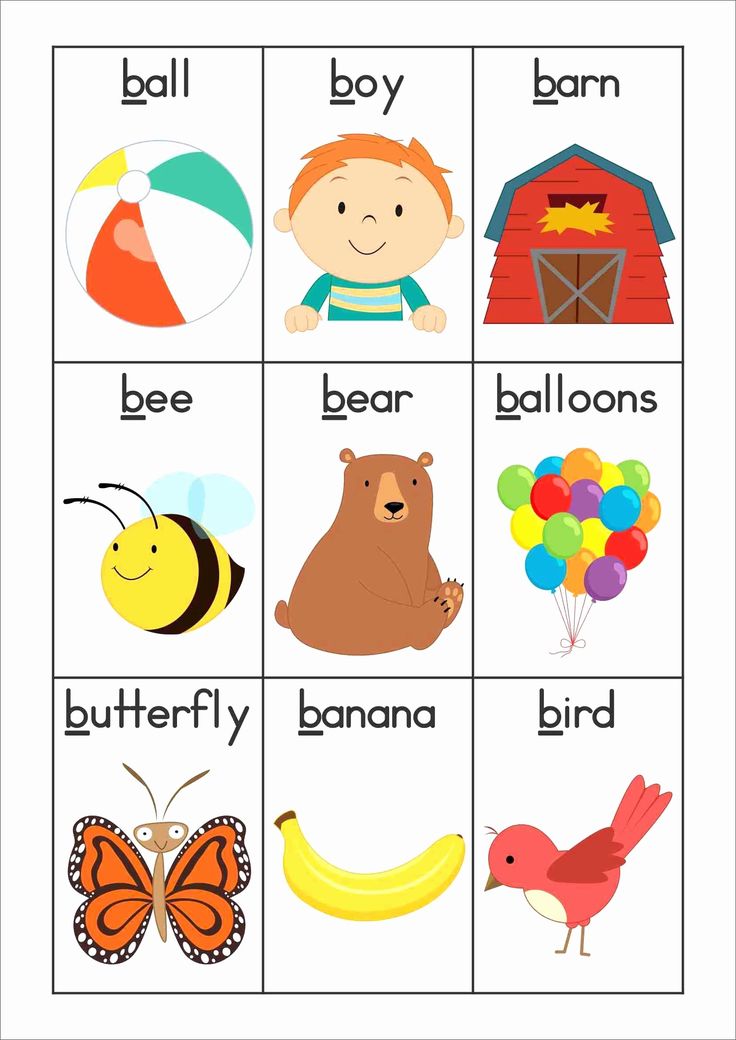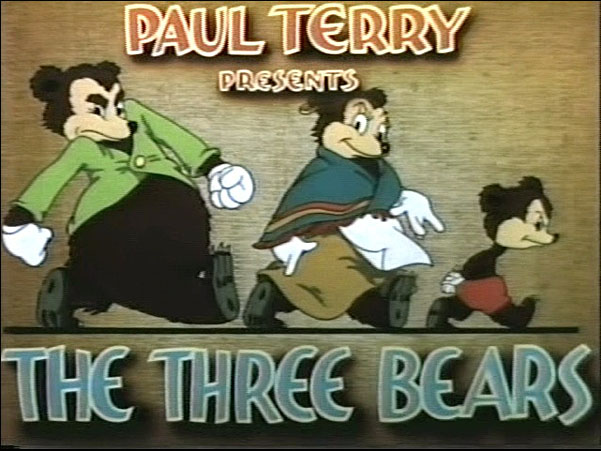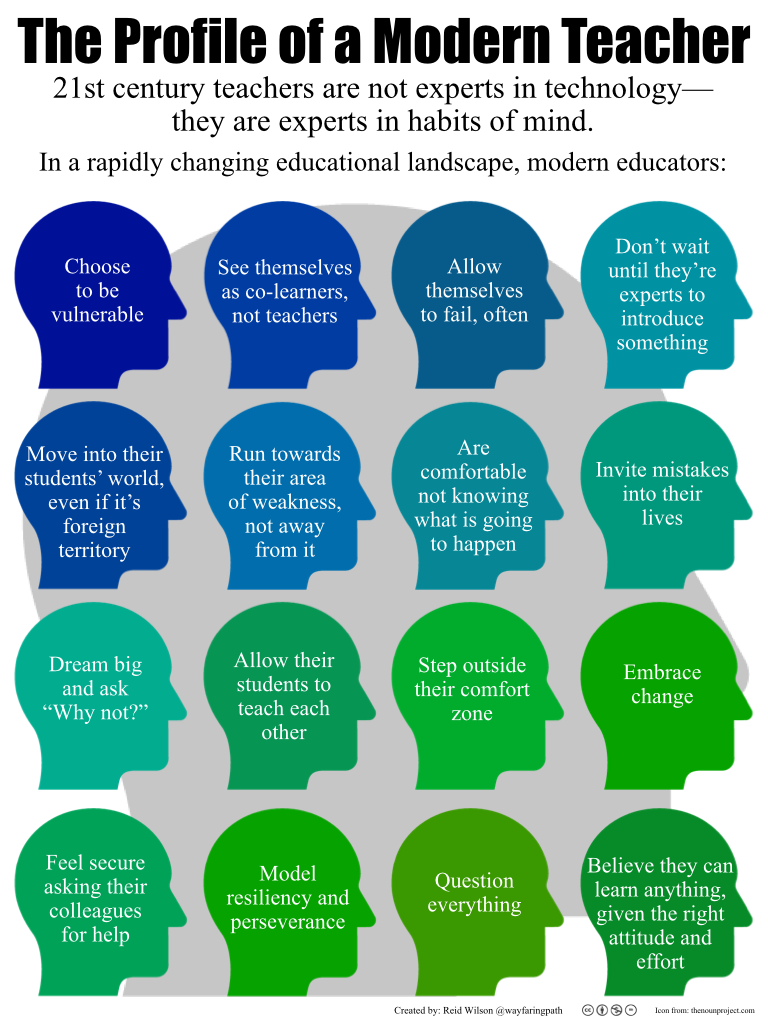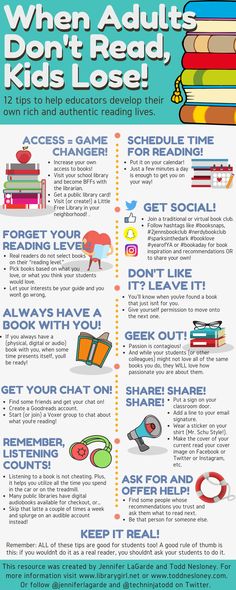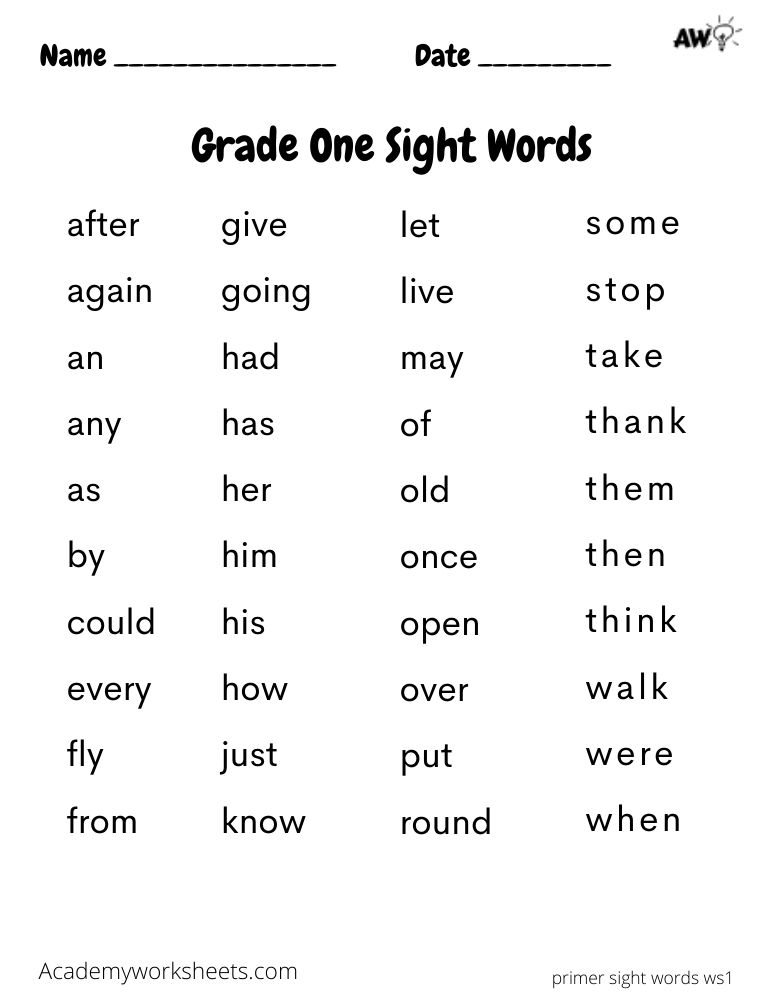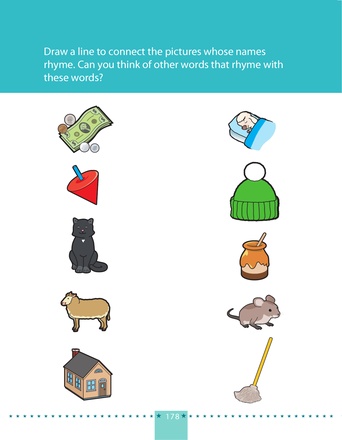Reading activities for elementary students
Teaching Children to Read: 7 Creative Ideas for Your Classroom
There’s no one best way to teach young students how to read. Learning to read is a developmental process that takes time. Every child learns differently, so it’s important to incorporate different teaching strategies to hold their attention and keep them interested in learning.
Teaching students to read doesn’t always have to be about formal lessons or worksheets. In fact, sometimes the best lessons are learned when children don’t even realize they are learning. Here are some practical ideas you can incorporate into the classroom to help your students become independent readers.
1. Display letters and words around the classroom
Children are naturally curious. Displaying different words and letters around the classroom encourages students to ask questions about the words and learn without even realizing they’re learning. Try labeling objects around the room like windows, doors, chairs, and whiteboards, or pinning words like ‘black’, ‘red’ and ‘blue’ to the wall, with the font being in that color.
Children will learn to associate the words with the objects they see.
2. Create word families
Word families are words that rhyme. Teaching students about word families helps them see patterns in text and encourages them to begin reading by grouping sets of letters within a word. Once they recognize the word ‘hop’, they’ll be able to find patterns in rhyming words like ‘top’, ‘pop’ and ‘stop’. A fun way to incorporate this activity into the classroom is by playing a game using a corkboard. Write a list of words on the left-hand side, and the second list of words that rhyme with them on the right-hand side (you could even try using a theme for the words, e.g. Christmas-related words in December). Place pins beside each word and have students link a piece of string from the pin of a word on the left, to the rhyming word on the right-hand side. Not only is this a fun activity to help students learn about word families, it also helps develop their fine motor skills.
3. Play decoding games
Decoding is the process of sounding words out.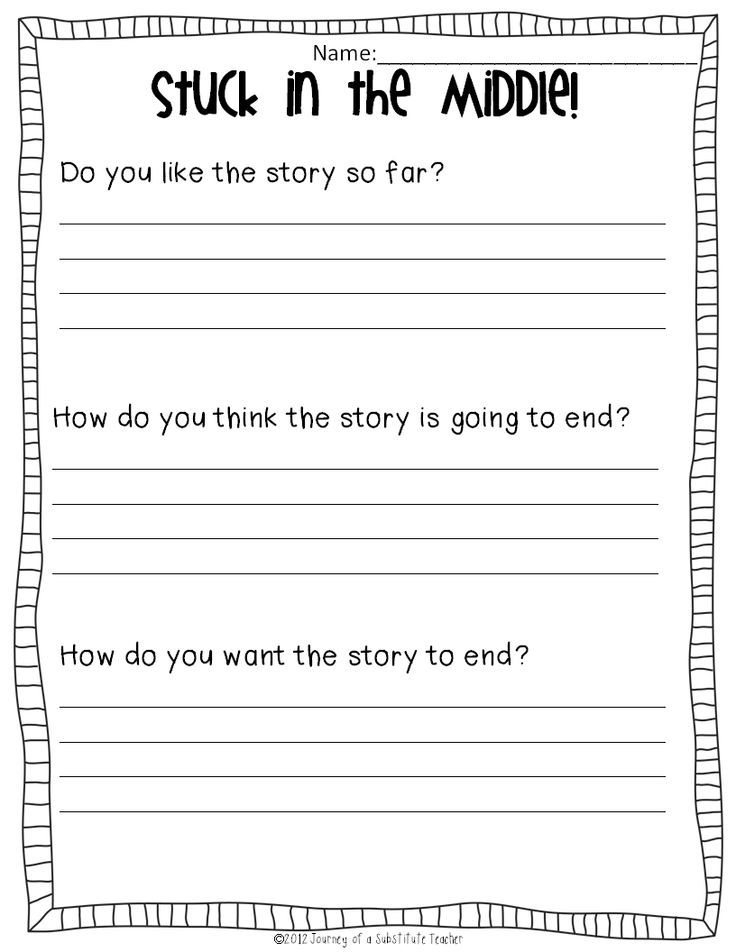 Once a child has learned the sounds that each letter, or group of letters, make, they’ll be able to begin putting words together. Learning to decode is an important step in learning to read, as the more students decode words, the more quickly they’ll be able to automatically identify words. To make the process of decoding a little bit more fun for students, consider incorporating games into the process. This can be as simple as buying little finger puppets for the students and having them wear them while pointing to the letters as they sound them out.
Once a child has learned the sounds that each letter, or group of letters, make, they’ll be able to begin putting words together. Learning to decode is an important step in learning to read, as the more students decode words, the more quickly they’ll be able to automatically identify words. To make the process of decoding a little bit more fun for students, consider incorporating games into the process. This can be as simple as buying little finger puppets for the students and having them wear them while pointing to the letters as they sound them out.
4. Teach phonemic awareness
Phonemes are the smallest sounds in the English language, made of consonants, short vowels, long vowels, and digraphs like ‘th’, ‘sh’ and ‘ch’. Children must learn how different letters make different sounds. For example, the ‘a’ in ‘table’ is a long vowel, as opposed to the short vowel ‘a’ in ‘sack’. Phonemic awareness means learning those sounds and how to manipulate them within a word and is an important step towards helping children to spell and decode.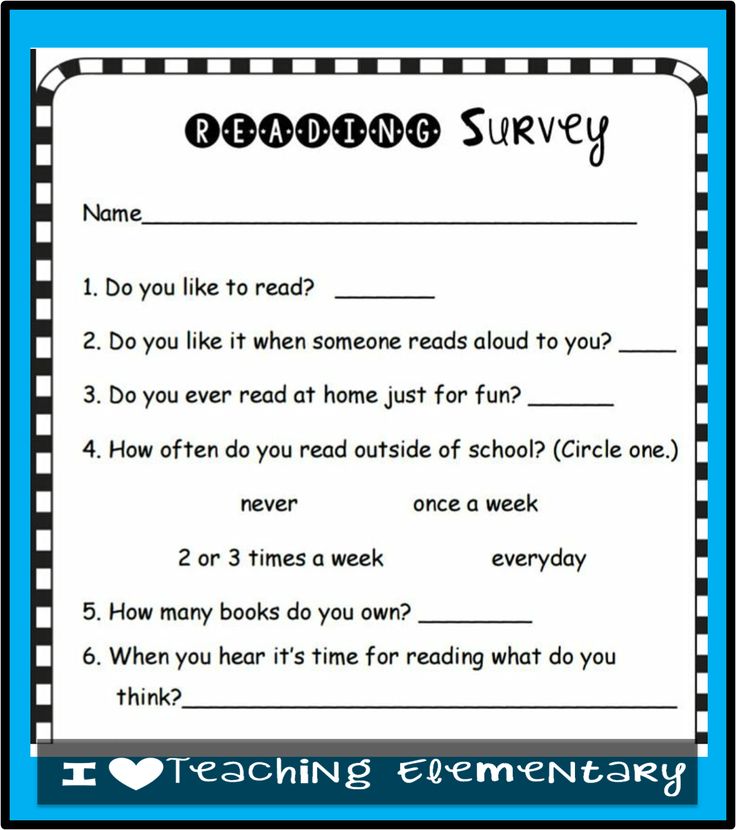 One thing you could do to help bring awareness to phonemes and how to separate the sounds of words from their meanings is to call up children one-by-one using their first names without the initial sound (e.g., [S]arah). The children have to figure out who’s name has been called and what sound is missing.
One thing you could do to help bring awareness to phonemes and how to separate the sounds of words from their meanings is to call up children one-by-one using their first names without the initial sound (e.g., [S]arah). The children have to figure out who’s name has been called and what sound is missing.
5. Play ‘fish’ with sight words
There are some words that are difficult to decode phonetically because they don’t follow the rules of phonics. These are known as ‘sight words’ and are most common in the English language. These words need to be memorized rather than sounded out, and there are a number of fun memory games that you can use in the classroom to help kids do this. ‘Sight words fishing’ involves using magnetic fish cut-outs with words on the back of them. Students fish using a magnetic rod and read the sight word out aloud from the back of the fish they’ve picked up. The repetition of the game helps the students master the words and is a lot more fun than reading words from a printout.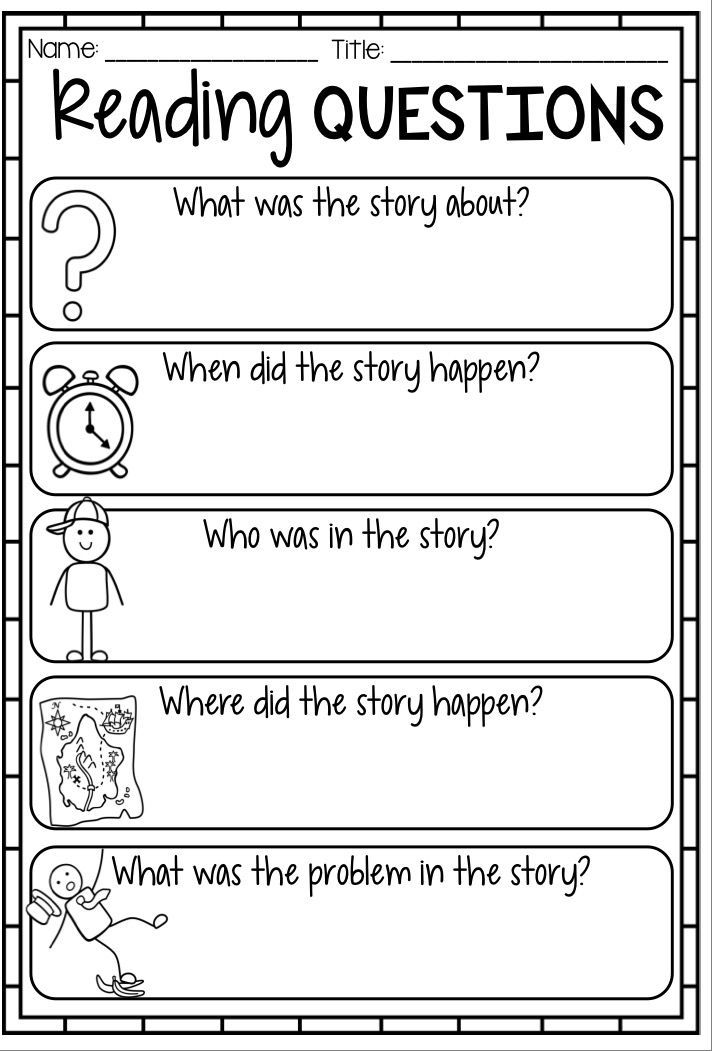
6. Word search bingo
Reading to children helps them develop their language and listening skills and prepares them to understand written words. However, some children lose focus when sitting still and listening, so it’s important to find ways to keep them engaged. One way to do this is to create a bingo game. Hand out sheets of paper to the students with a list of words from the chapter of the book you’re reading to them. As you read the book, the students will circle the words from the sheet they hear. At the end of the chapter, have the class discuss what words they found.
7. Help children love to read by making it fun
As teachers, the ultimate goal is to foster lifelong reading skills in students and create children who love to read. Memorizing words is only a starting point. Every child learns to read differently, but ultimately, keeping them engaged in learning is the best strategy. Getting children excited about learning to read through games and interaction is something that every primary school teacher can incorporate into the classroom.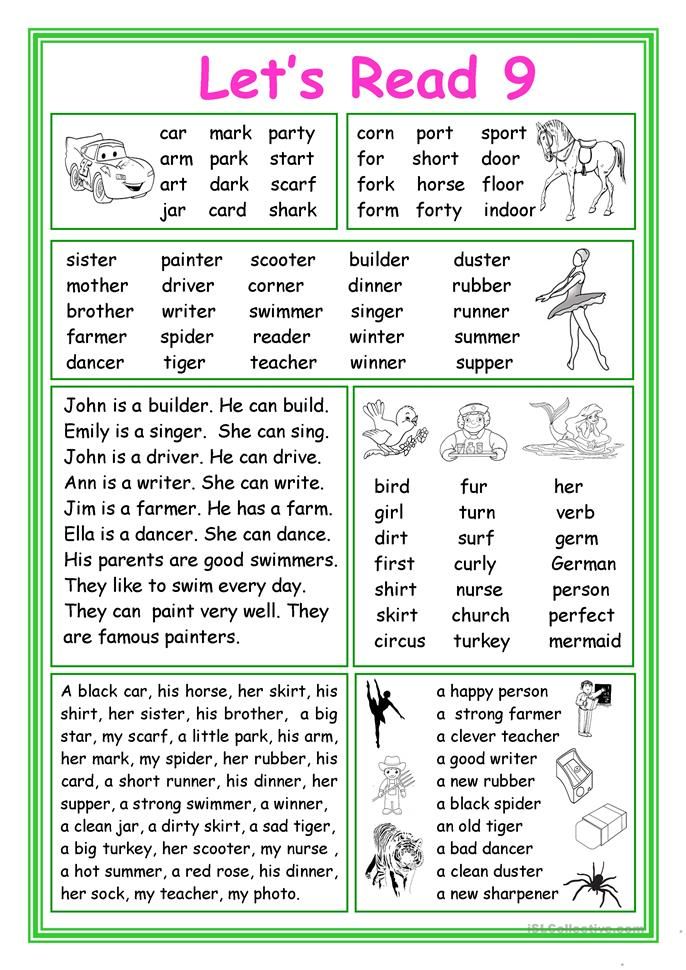
If you’re looking for more ideas, LiteracyPlanet offers a comprehensive and engaging program that is designed to bring out the best in every student. For more information about using LiteracyPlanet in schools, head here.
25 Activities for Reading and Writing Fun
These activities have been developed by national reading experts for you to use with children, ages birth to Grade 6. The activities are meant to be used in addition to reading with children every day.
In using these activities, your main goal will be to develop great enthusiasm in the reader for reading and writing. You are the child's cheerleader. It is less important for the reader to get every word exactly right. It is more important for the child to learn to love reading itself. If the reader finishes one book and asks for another, you know you are succeeding! If your reader writes even once a week and comes back for more, you know you have accomplished your beginning goals.
Activities for birth to preschool: the early years
Activity 1: Books and babies
Babies love to listen to the human voice.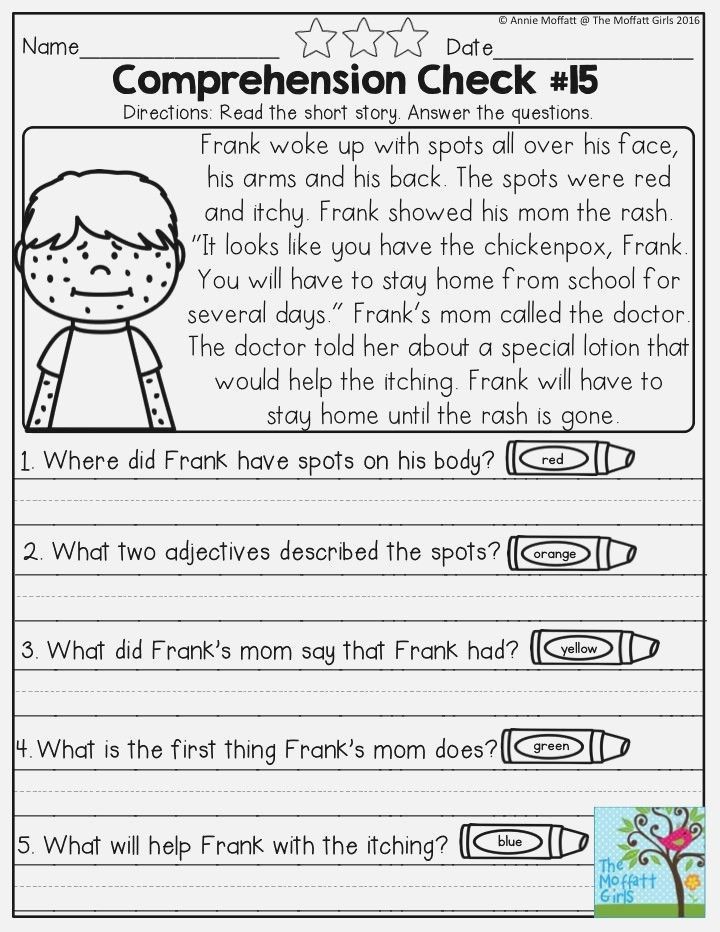 What better way than through reading!
What better way than through reading!
What you'll need:
Some books written especially for babies (books made of cardboard or cloth with flaps to lift and holes to peek through).
What to do:
- Start out by singing lullabies and folk songs to your baby. When your baby is about six months old, choose books with brightly colored, simple pictures and lots of rhythm in the text. (Mother Goose rhymes are perfect.) Hold your baby in your lap so he/she can see the colorful pages of the book. Include books that show pictures and names of familiar objects.
- As you read with your baby, point out objects in the pictures and make sure your baby sees all the things that are fun to do with books. (Pat the Bunny by Dorothy Kunhardt is a classic touch-and-feel book for babies.)
- Vary the tone of your voice with different characters in the stories, sing nursery rhymes, make funny faces, do whatever special effects you can to stimulate your baby's interest.
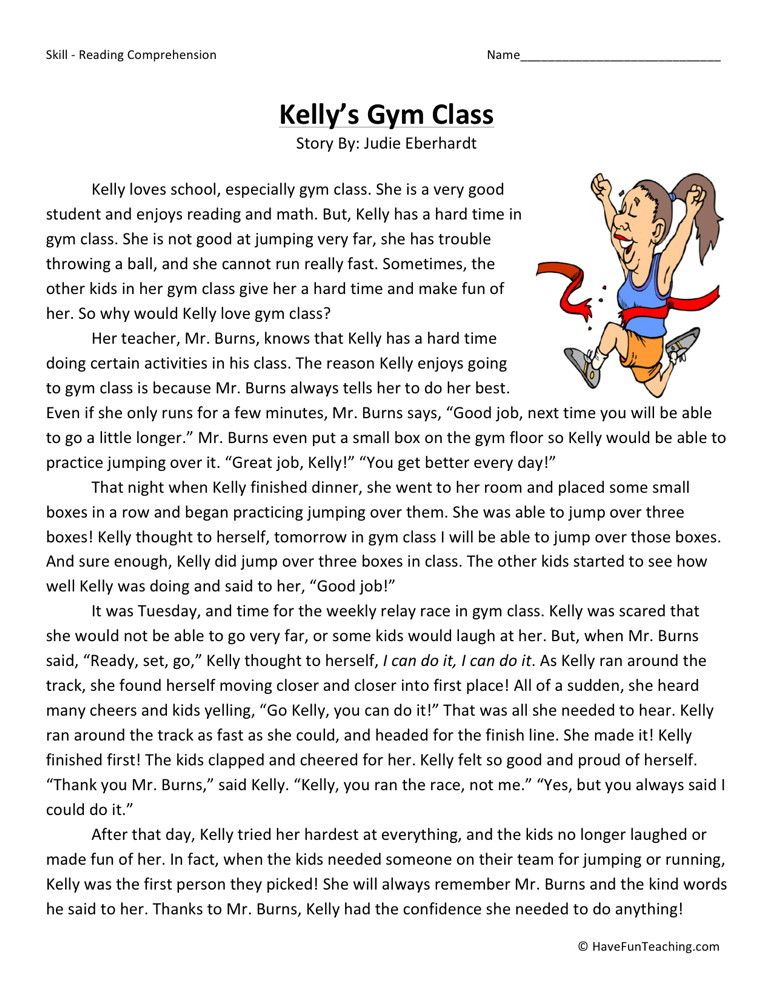
- Allow your child to touch and hold cloth and sturdy cardboard books.
- When reading to a baby, keep the sessions brief but read daily and often.
As you read to your baby, your child is forming an association between books and what is most loved – your voice and closeness. Allowing babies to handle books deepens their attachment even more.
Activity 2: Tot talk
What's "old hat" to you can be new and exciting to toddlers and preschoolers. When you talk about everyday experiences, you help children connect their world to language and enable them to go beyond that world to new ideas.
What you'll need:
Yourself and your child
What to do:
- As you get dinner ready, talk to your child about things that are happening. When your 2- or 3-year-old "helps" by taking out all the pots and pans, talk about them. "Which one is the biggest?" "Can you find a lid for that one?" "What color is this one?"
- When walking down the street and your toddler or preschooler stops to collect leaves, stop and ask questions that require more than a "yes" or "no" answer.
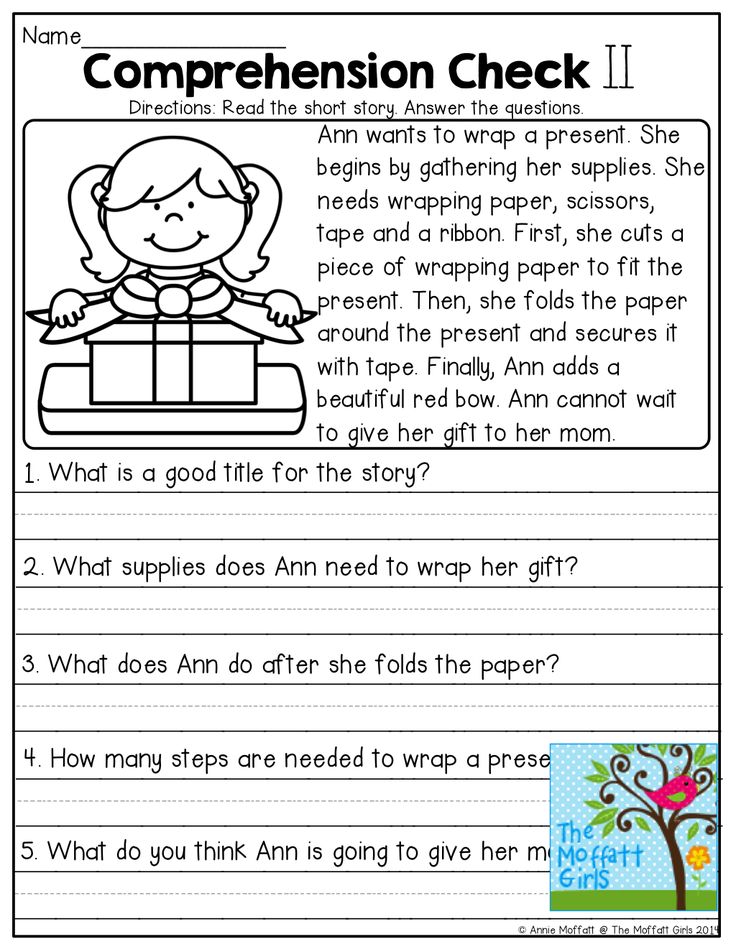 "Which leaves are the same?" "Which leaves are different?" "What else grows on trees?"
"Which leaves are the same?" "Which leaves are different?" "What else grows on trees?" - Ask "what if" questions. "What would happen if we didn't shovel the snow?" "What if that butterfly lands on your nose?"
- Answer your child's endless "why" questions patiently. When you say, "I don't know, let's look it up," you show how important books are as resources for answering questions.
- After your child tells you a story, ask questions so you can understand better. That way children learn how to tell complete stories and know you are interested in what they have to say.
- Expose your child to varied experiences – trips to the library, museum, or zoo; walks in the park; or visits with friends and relatives. Surround these events with lots of comments, questions, and answers.
Talking enables children to expand their vocabulary and understanding of the world. The ability to carry on a conversation is important for reading development. Remember, it is better to talk too much rather than too little with a small child.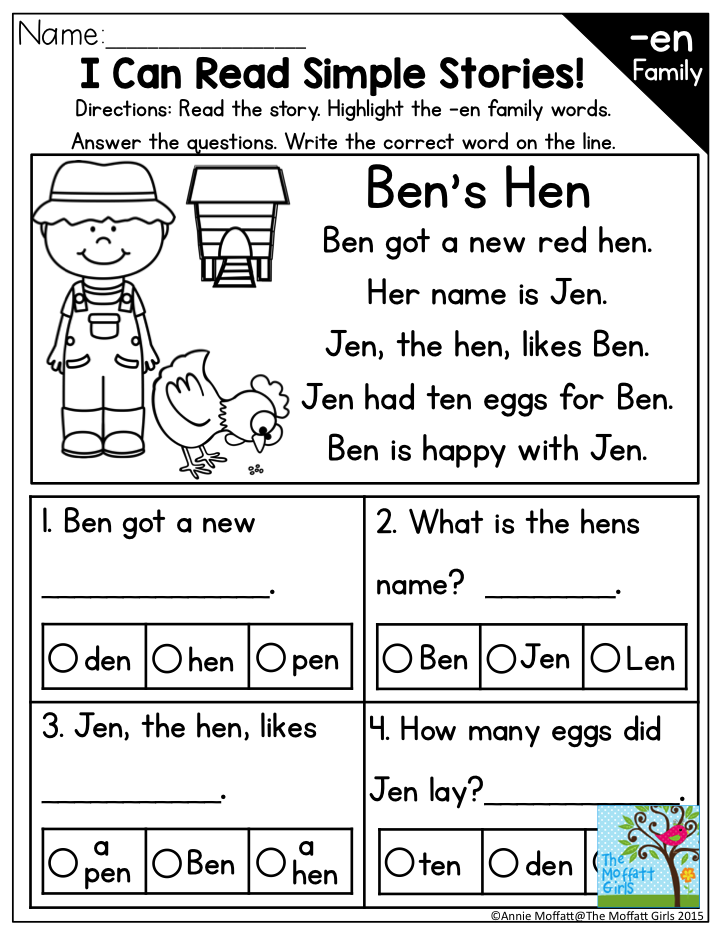
Activity 3: R and R – repetition and rhyme
Repetition makes books predictable, and young readers love knowing what comes next.
What you'll need:
- Books with repeated phrases (Favorites are: Alexander and the Terrible, Horrible, No Good, Very Bad Day by Judith Viorst; Brown Bear, Brown Bear, What Do You See? by Bill Martin, Jr.; Horton Hatches the Egg by Dr. Seuss; and The Little Engine That Could by Watty Piper.
- Short rhyming poems.
What to do:
- Pick a story with repeated phrases or a poem you and your child like. For example, read:
(Wolf voice:) "Little pig, little pig, let me come in."
(Little pig:) "Not by the hair on my chinny-chin-chin."
(Wolf voice:) "Then I'll huff and I'll puff and I'll blow your house in!" - After the wolf has blown down the first pig's house, your child will soon join in with the refrain.
- Read slowly, and with a smile or a nod, let your child know you appreciate his or her participation.
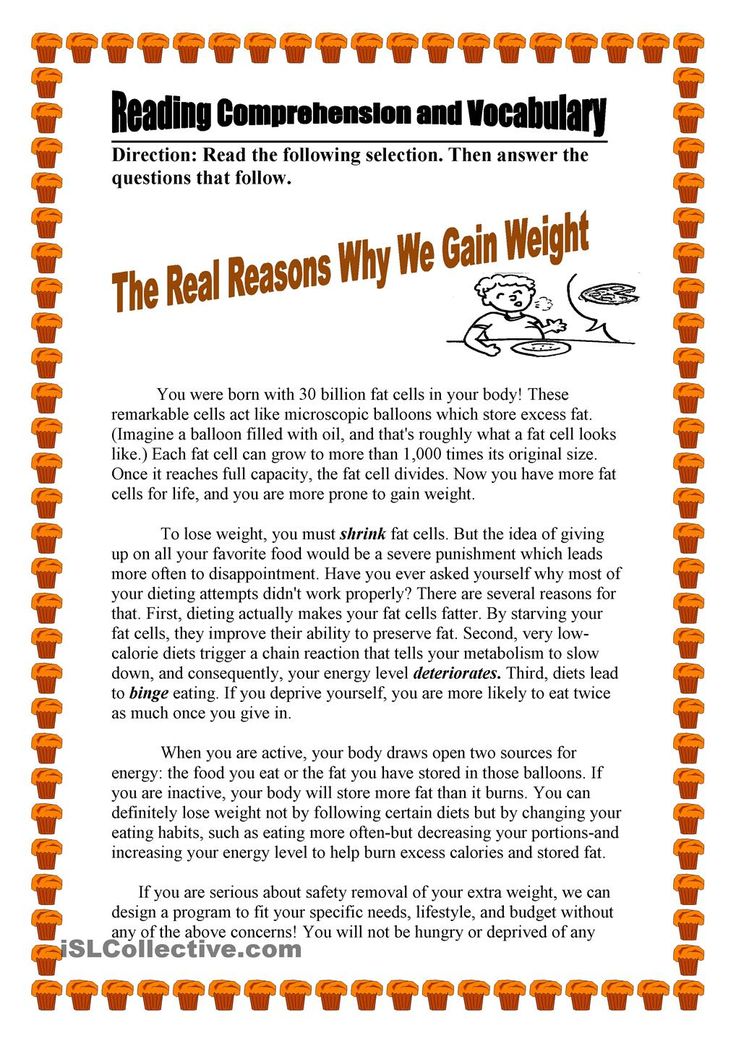
- As the child grows more familiar with the story, pause and give him or her a chance to fill in the blanks and phrases.
- Encourage your child to pretend to read, especially books that contain repetition and rhyme. Most children who enjoy reading will eventually memorize all or parts of a book and imitate your reading. This is a normal part of reading development.
When children anticipate what's coming next in a story or poem, they have a sense of mastery over books. When children feel power, they have the courage to try. Pretending to read is an important step in the process of learning to read.
Activity 4: Poetry in motion
When children "act out" a good poem, they learn to love its rhyme, rhythm, and the pictures it paints with a few well-chosen words. They grow as readers by connecting feelings with the written word.
What you'll need:
Poems that rhyme, tell a story, and/or are written from a child's point of view.
What to do:
- Read a poem slowly to your child, and bring all your dramatic talents to the reading.
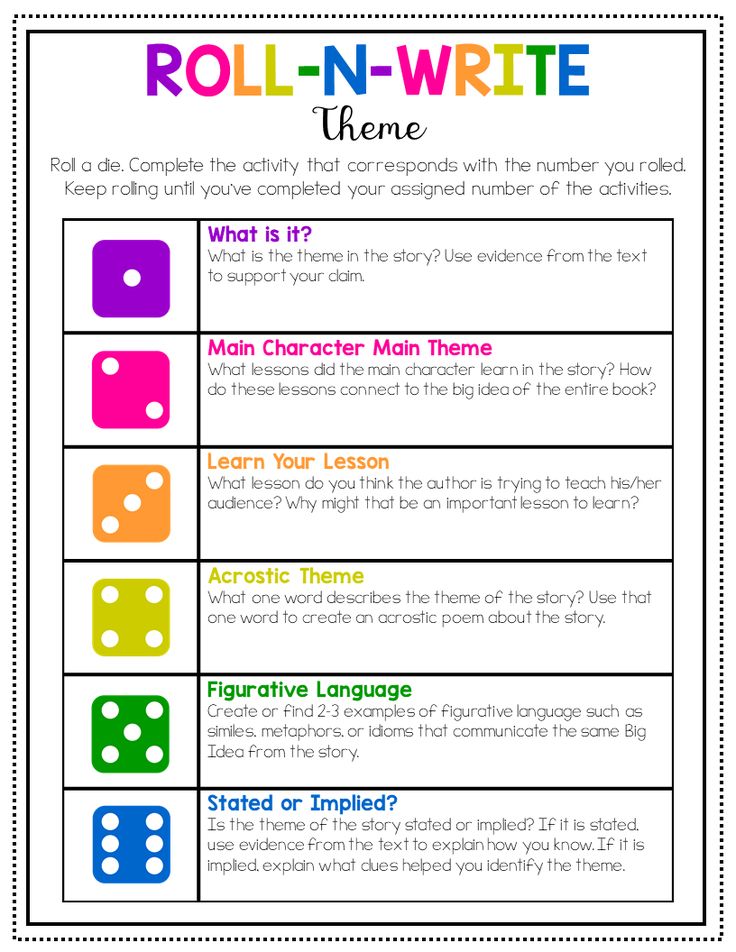 (In other words, "ham it up.")
(In other words, "ham it up.") - If there is a poem your child is particularly fond of, suggest acting out a favorite line. Be sure to award such efforts with delighted enthusiasm.
- Suggest acting out a verse, a stanza, or the entire poem. Ask your child to make a face the way the character in the poem is feeling. Remember that facial expressions bring emotion into the performer's voice.
- Be an enthusiastic audience for your child. Applause is always nice.
- If your child is comfortable with the idea, look for a larger setting with an attentive, appreciative audience. Perhaps an after-dinner "recital" for family members would appeal to your child.
- Mistakes are a fact of life, so ignore them.
Poems are often short with lots of white space on the page. This makes them manageable for new readers and helps to build their confidence.
Activity 5: Story talk
Talking about what you read is another way to help children develop language and thinking skills. You won't need to plan the talk, discuss every story, or expect an answer.
You won't need to plan the talk, discuss every story, or expect an answer.
What you'll need:
Storybooks
What to do:
- Read slowly and pause occasionally to think aloud about a story. You can say: "I wonder what's going to happen next!" Or ask a question: "Do you know what a palace is?" Or point out: "Look where the little mouse is now."
- Answer your children's questions, and if you think they don't understand something, stop and ask them. Don't worry if you break into the flow of a story to make something clear. But keep the story flowing as smooth as possible.
- Talking about stories they read helps children develop their vocabularies, link stories to everyday life, and use what they know about the world to make sense out of stories.
Activity 6: Now hear this
Children are great mimics. When you tell stories, your child will begin to tell stories, too.
What you'll need:
Your imagination
What to do:
- Have your child tell stories like those you have told.
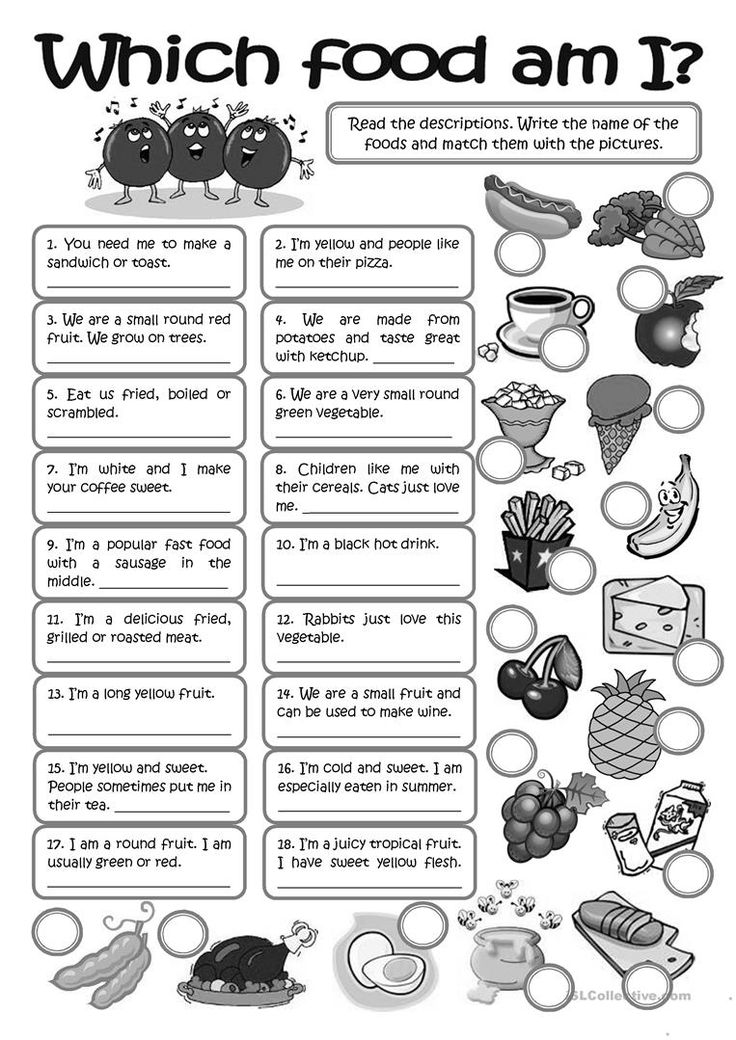 Ask: "And then what happened?" to urge the story along.
Ask: "And then what happened?" to urge the story along. - Listen closely when your child speaks. Be enthusiastic and responsive. Give your child full attention.
- If you don't understand some part of the story, take the time to get your child to explain. This will help your child understand the relationship between a speaker and a listener and an author and a reader.
- Encourage your child to express himself or herself. This will help your child develop a richer vocabulary. It can also help with pronouncing words clearly.
Having a good audience is very helpful for a child to improve language skills, as well as confidence in speaking. Parents can be the best audience a child will ever have.
Activity 7: TV
Television can be a great tool for education. The keys to successful TV viewing are setting limits, making good choices, taking time to watch together, discussing what you view, and encouraging follow-up reading.
What you'll need:
A weekly TV schedule
What to do:
- Limit your child's TV viewing and make your rules and reasons clear.
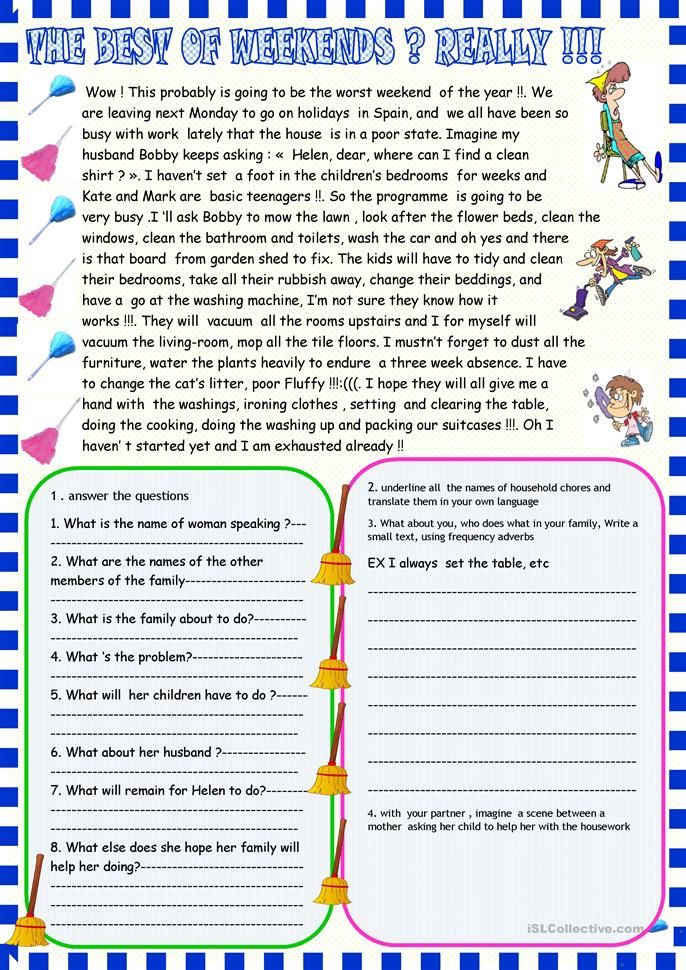 Involve your child in choosing which programs to watch. Read the TV schedule together to choose.
Involve your child in choosing which programs to watch. Read the TV schedule together to choose. - Monitor what your child is watching, and whenever possible, watch the programs with your child.
- When you watch programs with your child, discuss what you have seen so your child can better understand the programs.
- Look for programs that will stimulate your child's interests and encourage reading (such as dramatizations of children's literature and programs on wildlife and science.)
Many experts recommend that children watch no more than 10 hours of TV each week. Limiting TV viewing frees up time for reading and writing activities.
It is worth noting that captioned TV shows can be especially helpful for children who are deaf or hard-of-hearing, studying English as a second language, or having difficulty learning to read.
Activities for preschool to grade two: moving into reading
Check out Reading Rockets' new summer website, Start with a Book.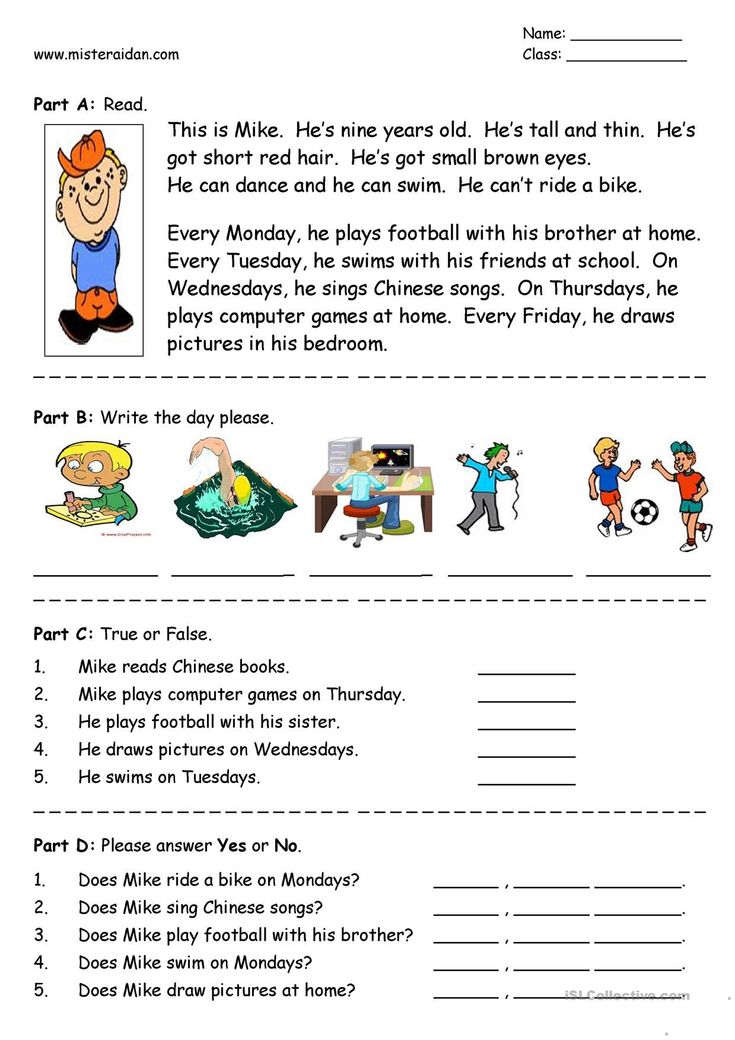 You'll find a treasure trove of themed children's books, parent–child activities, and other great resources for summer learning.
You'll find a treasure trove of themed children's books, parent–child activities, and other great resources for summer learning.
Activity 8: World of words
Here are a few ways to create a home rich in words.
What you'll need:
- Paper
- Pencils, crayons, markers
- Glue
- Newspapers, magazines
- Safety scissors
What to do:
- Hang posters of the alphabet on the bedroom walls or make an alphabet poster with your child. Print the letters in large type. Capital letters are usually easier for young children to learn first.
- Label the things in your child's pictures. If your child draws a picture of a house, label it with "This is a house." and put it on the refrigerator.
- Have your child watch you write when you make a shopping list or a "what to do" list. Say the words aloud and carefully print each letter.
- Let your child make lists, too. Help your child form the letters and spell the words.
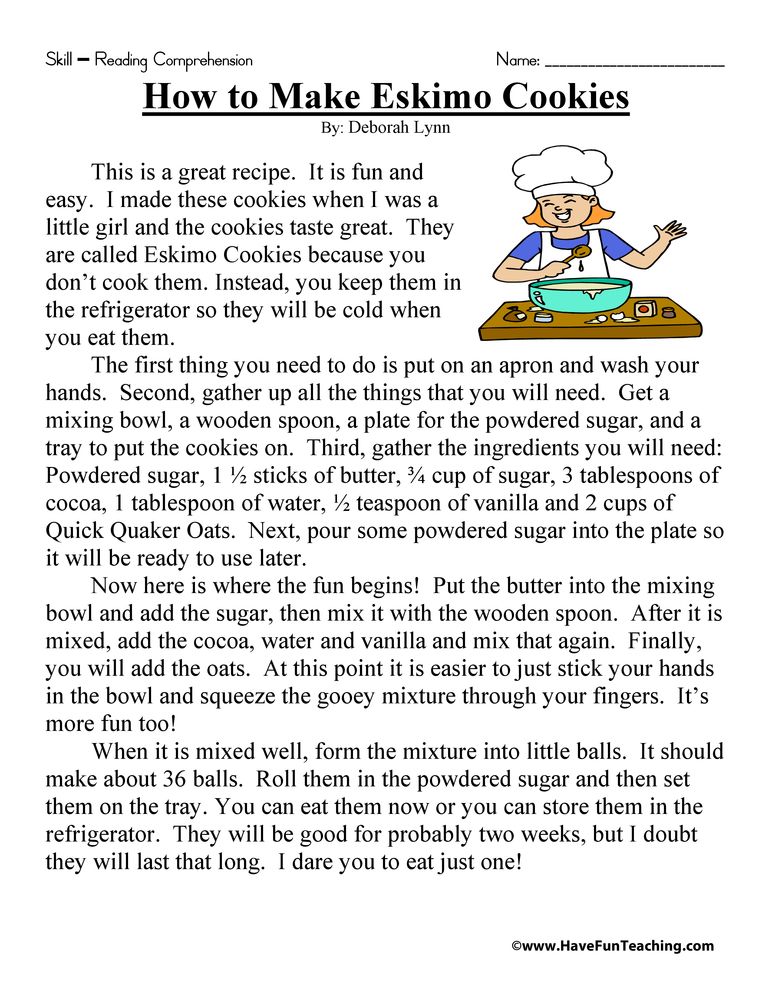
- Look at newspapers and magazines with your child. Find an interesting picture and show it to your child as you read the caption aloud.
- Create a scrapbook. Cut out pictures of people and places and label them.
- By exposing your child to words and letters often, your child will begin to recognize the shapes of letters. The world of words will become friendly.
Activity 9: Write on
Writing helps a child become a better reader, and reading helps a child become a better writer.
What you'll need:
- Pencils, crayons, or markers
- Paper or notebook
- Chalkboard and chalk
What to do:
- Ask your child to dictate a story to you. It could include descriptions of your outings and activities, along with mementos such as fall leaves and flowers, birthday cards, and photographs. Older children can do these activities on their own.
- Use a chalkboard or a family message board as an exciting way to involve children in writing with a purpose.
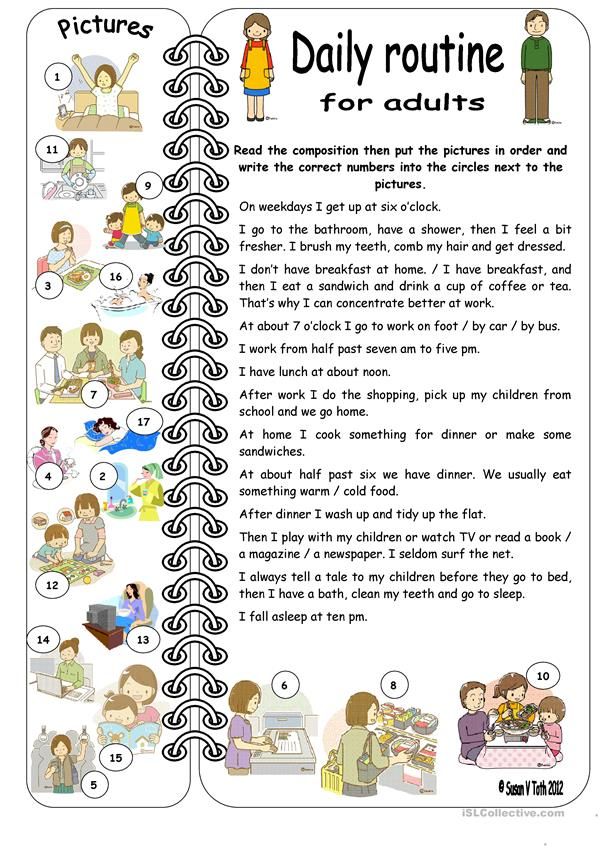
- Keep supplies of paper, pencils, markers, and the like within easy reach.
- Encourage beginning and developing writers to keep journals and write stories. Ask questions that will help children organize the stories, and respond to their questions about letters and spelling. Suggest they share the activity with a smaller brother, sister, or friend.
- Respond to the content of children's writing, and don't be overly concerned with misspellings. Over time you can help your child concentrate on learning to spell correctly.
- When children begin to write, they run the risk of criticism, and it takes courage to continue. Our job as parents is to help children find the courage. We can do it by expressing our appreciation of their efforts.
Activity 10: Look for books
The main thing is to find books you both love. They will shape your child's first impression of the world of reading.
What you'll need:
Good books
What to do:
- Ask friends, neighbors, and teachers to share the titles of their favorite books.

- Visit your local public library, and as early as possible, get your child a library card. Ask the librarian for help in selecting books. Have your child join you in browsing for books and making selections.
- Look for award-winning books. Each year the American Library Association selects children's books for the Caldecott Medal for illustrations and the Newbery Medal for writing.
- Check the book review section of the newspapers and magazines for the recommended new children's books.
- If you and your child don't enjoy reading a particular book, put it aside and pick up another one.
- Keep in mind that your child's reading level and listening level are different. When you read easy books, beginning readers will soon be reading along with you. When you read more advanced books, you instill a love of stories, and you build the motivation that transforms children into lifelong readers.
Activity 11: Read to me
It's important to read to your child, but equally important to listen to them read to you.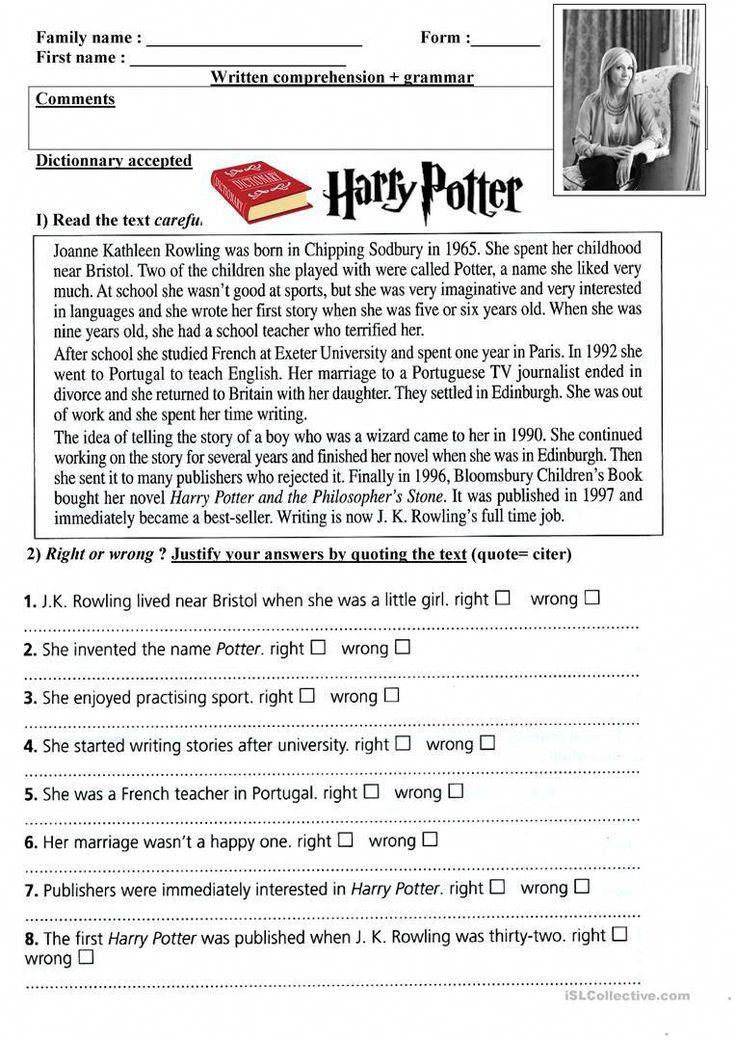 Children thrive on having someone appreciate their developing skills.
Children thrive on having someone appreciate their developing skills.
What you'll need:
Books at your child's reading level
What to do:
- Listen carefully as your child reads.
- Take turns. You read a paragraph and have your child read the next one or you read half the page and your child reads the other half. As your child becomes more at ease with reading aloud, take turns reading a full page. Keep in mind that your child may be focusing more on how to read the words than what they mean, and your reading helps to keep the story alive.
- If your child has trouble reading words, you can help him or her in several ways:
- Ask the child to skip over the word, read the rest of the sentence, and then say what would make sense in the story for the missing word.
- Guide the child to use what he or she knows about letter sounds.
- Supply the correct word.
- Tell your child how proud you are of his or her efforts and skills.

Listening to your child read aloud provides opportunities for you to express appreciation of his or her new skills and for them to practice their reading. Most importantly, this is another way to enjoy reading together.
Activity 12: Family stories
Family stories enrich the relationship between parent and child.
What you'll need:
Time set aside for talking with your child.
What to do:
- Tell your child stories about your parents and grandparents. You might even put these stories in a book and add old family photographs.
- Have your child tell you stories about what happened on special days, such as holidays, birthdays, and family vacations.
- Reminisce about when you were little. Describe things that happened at school involving teachers and subjects you were studying. Talk about your brothers, sisters, or friends.
- Write a trip journal with your child to create a new family story. Recording the day's events and pasting the photographs into the journal ties the family story to a written record.
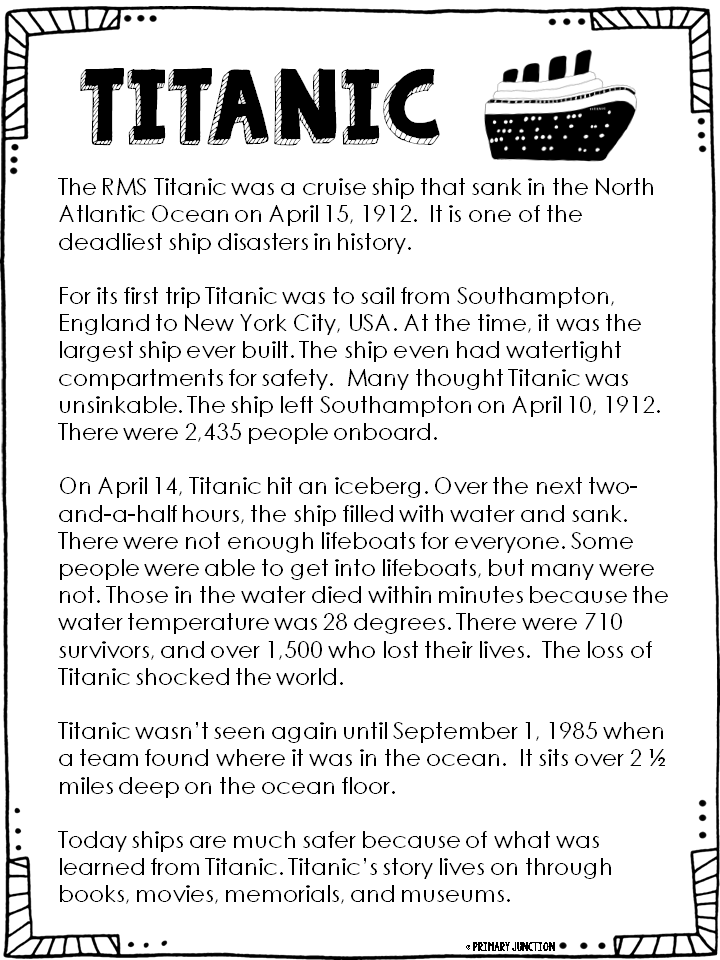 You can include everyday trips like going to the market or the park.
You can include everyday trips like going to the market or the park. - It helps for children to know that stories come from real people and are about real events. When children listen to stories, they hear the voice of the storyteller. This helps them hear the words when they learn to read aloud or read silently.
Activity 13: P.S. I love you
Something important happens when children receive and write letters. They realize that the printed word has a purpose.
What you'll need:
- Paper
- Pencil, crayon, or marker
What to do:
Language is speaking listening, reading, and writing. Each element supports and enriches the others. Sending letters will help children become better writers, and writing will make them better readers.
Activities for grades 3–6: encouraging the young reader
Activity 14: Good books make reading fun
Stories for young children should be of all kinds – folktales, funny tales, exciting tales, tales of the wondrous and stories that tell of everyday things.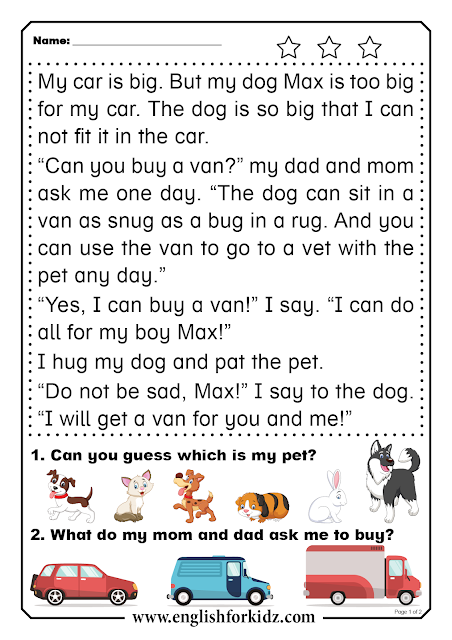
What you'll need:
A variety of interesting books
What to do:
- An essential step in learning to read is good books read aloud. Parents who read aloud to their children are teaching literacy concepts simply by sharing books. Encourage your children to listen, ponder, make comments, and ask questions.
- Be flexible enough to quickly abandon a book that does not appeal after a reasonable try at reading it. No one is meant to enjoy every book. And no one, especially a child, should be forced to read or listen to books that bore.
- Even after children have outgrown picture books they still enjoy hearing a story read aloud. Hearing a good story read well, especially if it is just a little beyond a child's own capabilities, is an excellent way to encourage independent reading. Not all books are best read aloud; some are better enjoyed silently.
- There are plenty of children's books that are twice as satisfying when they are shared a chapter at a time before bed or during long car rides.
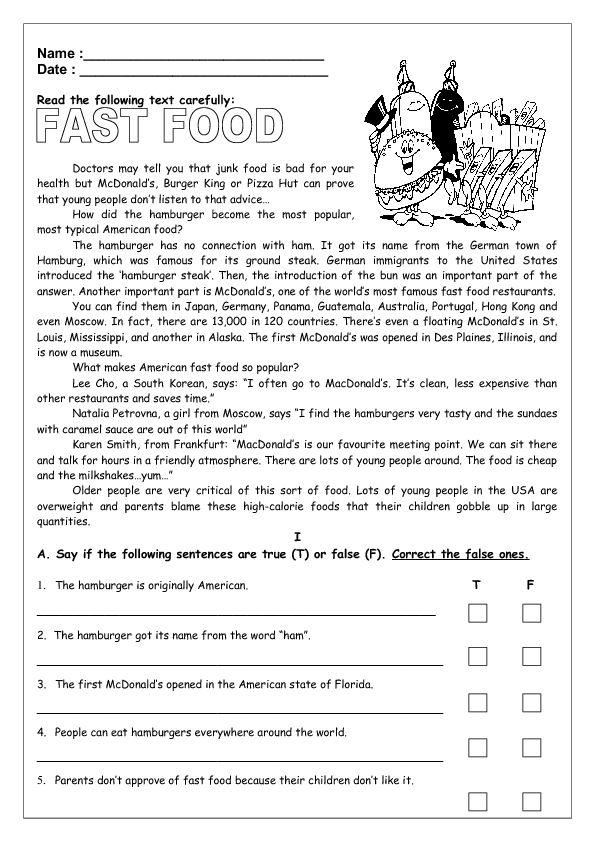 There are some books that children should not miss, books that they will want to hear many times and ultimately read for themselves.
There are some books that children should not miss, books that they will want to hear many times and ultimately read for themselves. - Young children want to read what makes them laugh or cry, shiver and gasp. They must have stories and poems that reflect what they themselves have felt. They need the thrill of imagining, of being for a time in some character's shoes for a spine-tingling adventure. They want to experience the delight and amazement that comes with hearing playful language. For children, reading must be equated with enjoying, imagining, wondering, and reacting with feeling. If not, we should not be surprised if they refuse to read. So let your child sometime choose the story or book that they want you to read to them.
Give your child many opportunities to read and write stories, lists, messages, letters, notes, and postcards to relatives and friends. Since the skills for reading and writing reinforce one another, your child's skills and proficiency in reading and writing will be strengthened if you help your child connect reading to writing and writing to reading.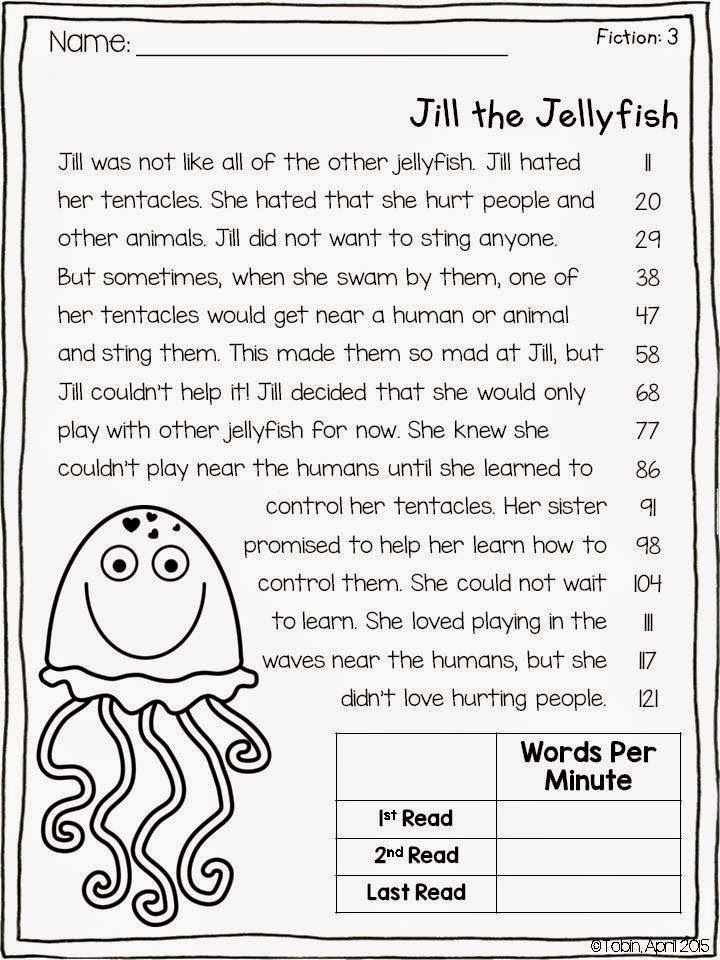
Activity 15: Artful artists
Children love to be creative when it comes to drawing, and illustrations add visual imagery to stories.
What you'll need:
- Drawing paper
- Pens and pencils
- Magic markers or crayons
What to do:
Find a fable, fairy tale, or other short story for your child to read. Then ask your child to illustrate a part of the story he or she likes best or describe a favorite character. Have the child dictate or write a few sentences that tell about this picture.
Activity 16: Shopping your way with words
Use your weekly shopping trip as an opportunity to help your child develop reading and writing skills.
What you'll need:
- Paper and pencils
- Newspaper ads
- Supermarket coupons
What to do:
As you make out your grocery shopping list, give your child a sheet of paper and read the items to him or her. If the child asks for spelling help, write the words correctly for him or her to copy or spell the words aloud as your child writes them.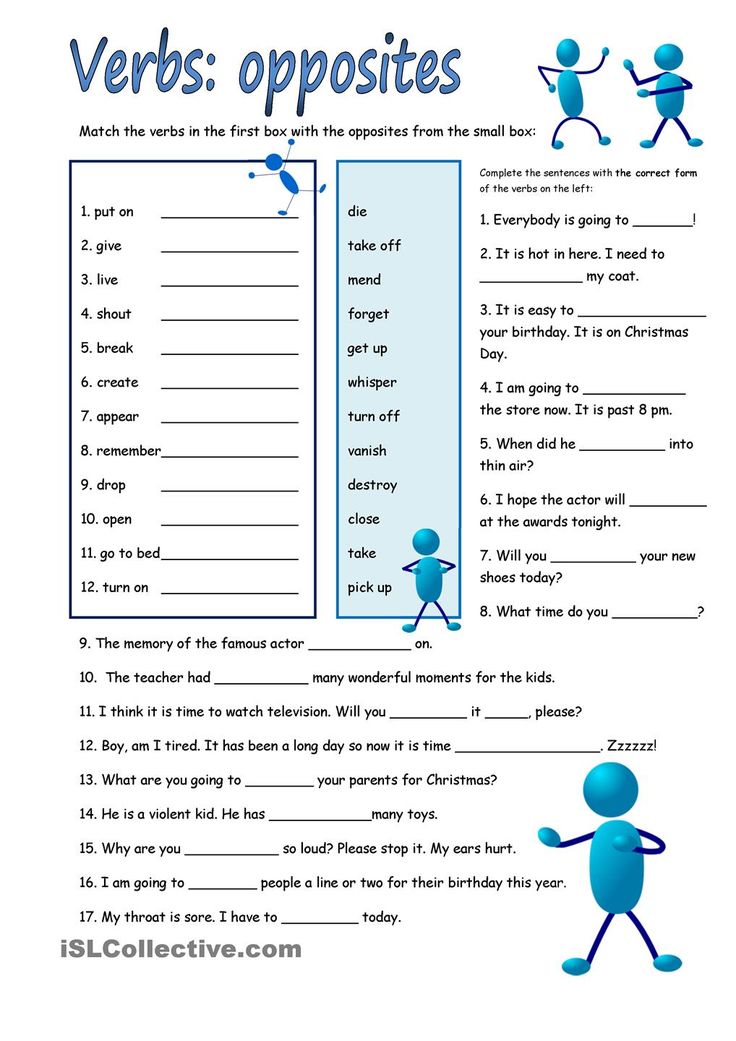
Ask your child to look through the newspaper ads to find the prices of as many items as possible. Your child can write these prices on the list and then look through your coupons to select the ones you can use. Take your child to the supermarket and ask him or her to read each item to you as you shop.
Activity 17: Cookbooking
Cooking is always a delight for children, especially when they can eat the results!
What you'll need:
- Easy-to-read recipes
- Cooking utensils
- Paper and pencils
What to do:
Show your child a recipe and go over it together. Ask your child to read the recipe to you as you work, and tell the child that each step must be done in a special order. Let your child help mix the ingredients. Allow your child to write down other recipes from the cookbook that he or she would like to help make.
Activity 18: Dictionary words
A dictionary is a valuable learning tool, especially if your child makes up his or her own booklet of words that are challenging.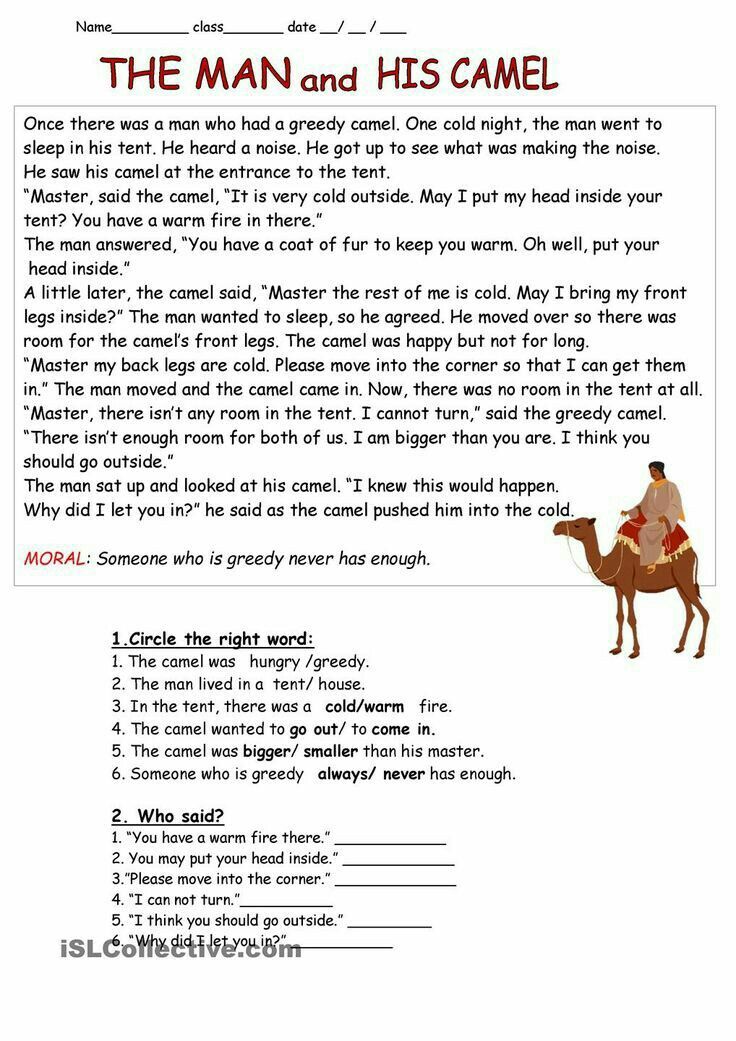
What you'll need:
- Paper and pencils
- A stapler
- Old magazines
- Newspaper and supplements
What to do:
Encourage your child to make a dictionary by putting together several sheets of paper for a booklet. Ask your child to write at the top of each page a new word he or she has recently learned. If the word can be shown in a picture, have him or her look through magazines and newspapers to find pictures that illustrate the words and paste them on the correct pages.
Have your child write the meaning of each word and a sentence using each new word. Your child can then use some or all of these sentences as the basis for a creative story. Have your child read this story to you and other family members.
Activity 19: Journals
Keeping a journal is a way for your child to write down daily events and record his or her thoughts.
What you'll need:
Two notebooks - one for your child and one for you!
What to do:
Help your child start a journal.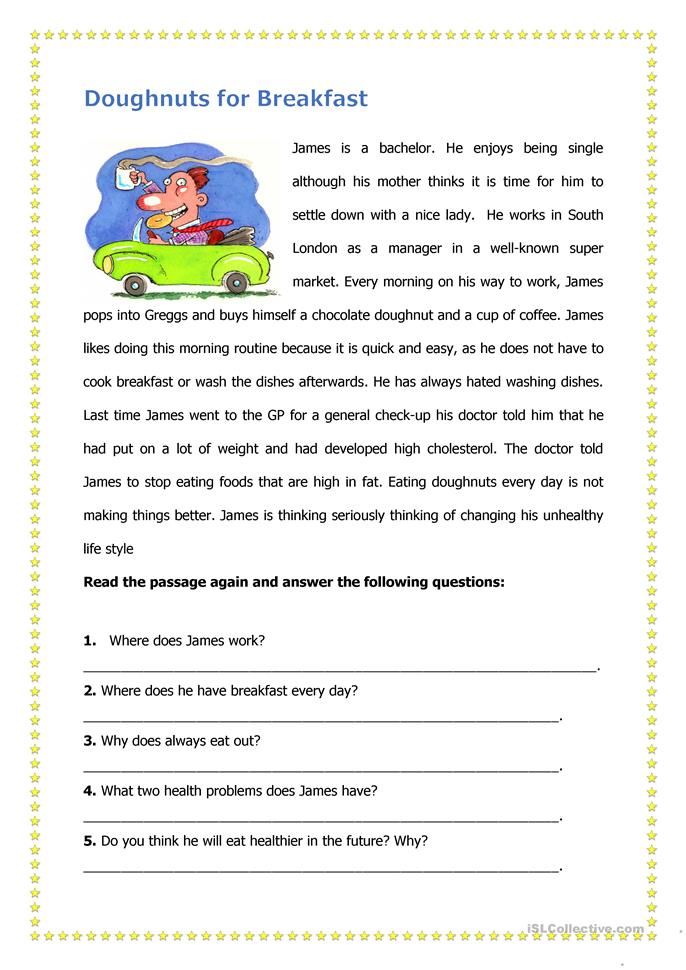 Say what it is and discuss topics that can be written about, such as making a new friend, an interesting school or home activity just completed, or how your child felt on the first day of school. Encourage your child to come up with other ideas. Keep a journal yourself and compare notes at the end of the week. You and your child each can read aloud parts of your journals that you want to share.
Say what it is and discuss topics that can be written about, such as making a new friend, an interesting school or home activity just completed, or how your child felt on the first day of school. Encourage your child to come up with other ideas. Keep a journal yourself and compare notes at the end of the week. You and your child each can read aloud parts of your journals that you want to share.
Activity 20: Greetings and salutations
Everyone loves to get mail, especially when the card has been personally designed.
What you'll need:
- Paper and pencils
- Crayons and magic markers
- Stamps and envelopes
What to do:
Ask your child to list the birthdays of family members, relatives, and friends. Show your child some store-bought birthday cards with funny, serious, or thought-provoking messages. Your child can then create his or her own birthday card by using a folded piece of paper, making an attractive cover, and writing a short verse inside.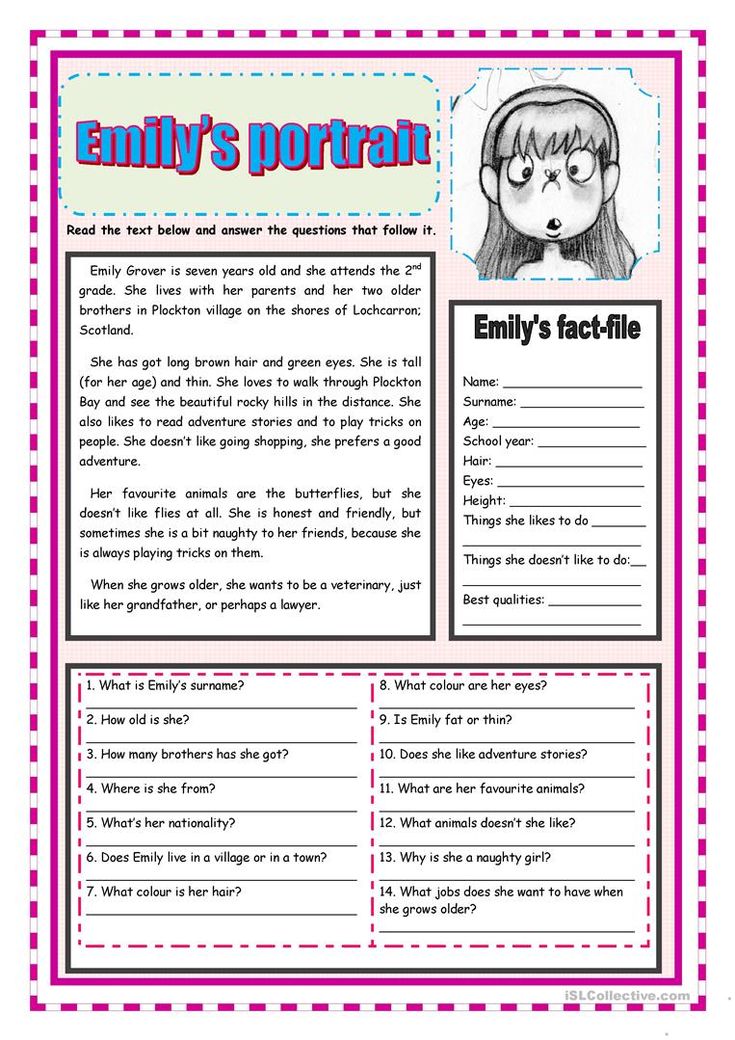 Then your child can mail the cards to friends and relatives for their birthdays.
Then your child can mail the cards to friends and relatives for their birthdays.
Activity 21: Giving the gift of reading
Reading a book is more fun when you have a homemade bookmark to mark your spot.
What you'll need:
- Pieces of lightweight cardboard
- Pens and pencils
- Paper
- Crayons and magic markers
What to do:
Provide your child with a piece of cardboard about 6" long and 2" wide. On one side of the bookmark, have your child draw a picture of a scene from a book he or she has read. On the other side, ask your child to write the name of the book, its author, publisher, publication date, and a few sentences about the book. After making several of these bookmarks, you might ask the child to send them to friends and relatives as gifts accompanied by a short note.
Activity 22: Let your fingers do the walking
The telephone book contains a wealth of information and is a good tool for reading and writing.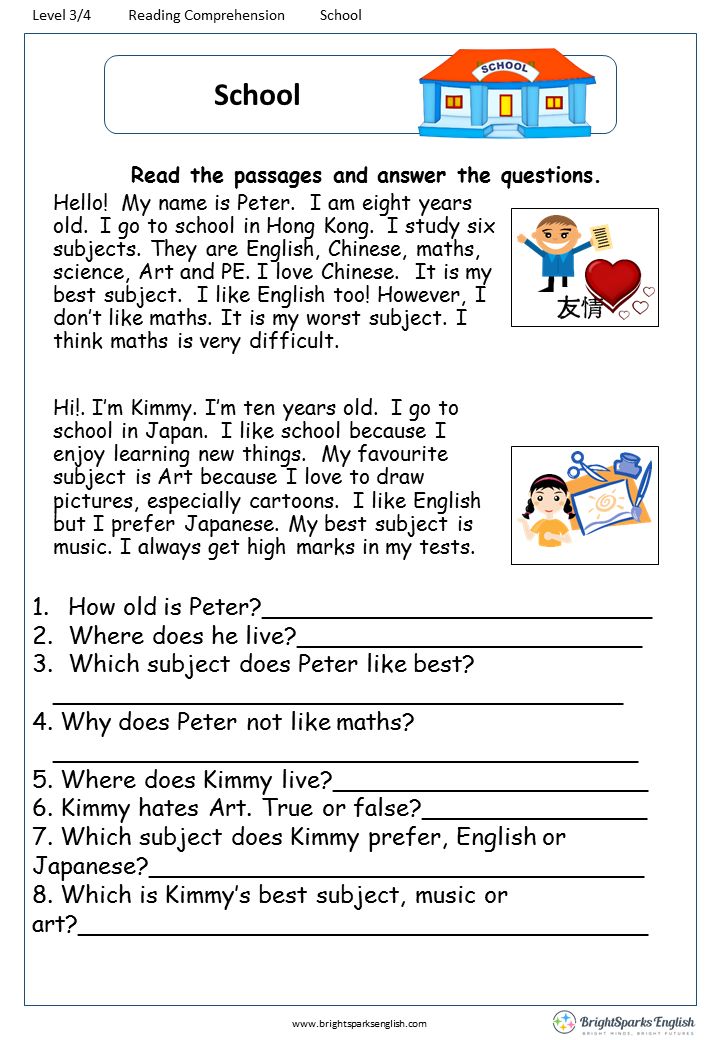
What you'll need:
- A telephone book, including the yellow pages
- Paper and pencils
What to do:
Have your child look through the yellow pages of the telephone directory, select a particular service, and write a clever or funny ad for it. Have your child read this ad to you. Help your child to find your own or a friend's listing in the white pages of the telephone book. Explain the different entries (for example, last name and address), along with the abbreviations commonly used.
Activity 23: Map your way to success
Children love to read road maps and this activity actually helps them with geography.
What you'll need:
- A road map or atlas
- Paper and pencil
- Stamps and envelopes
What to do:
When planning a vacation, let your child see the road map and help you plan where you will drive. Talk about where you will start and where you will end up. Let your child follow the route between these two points.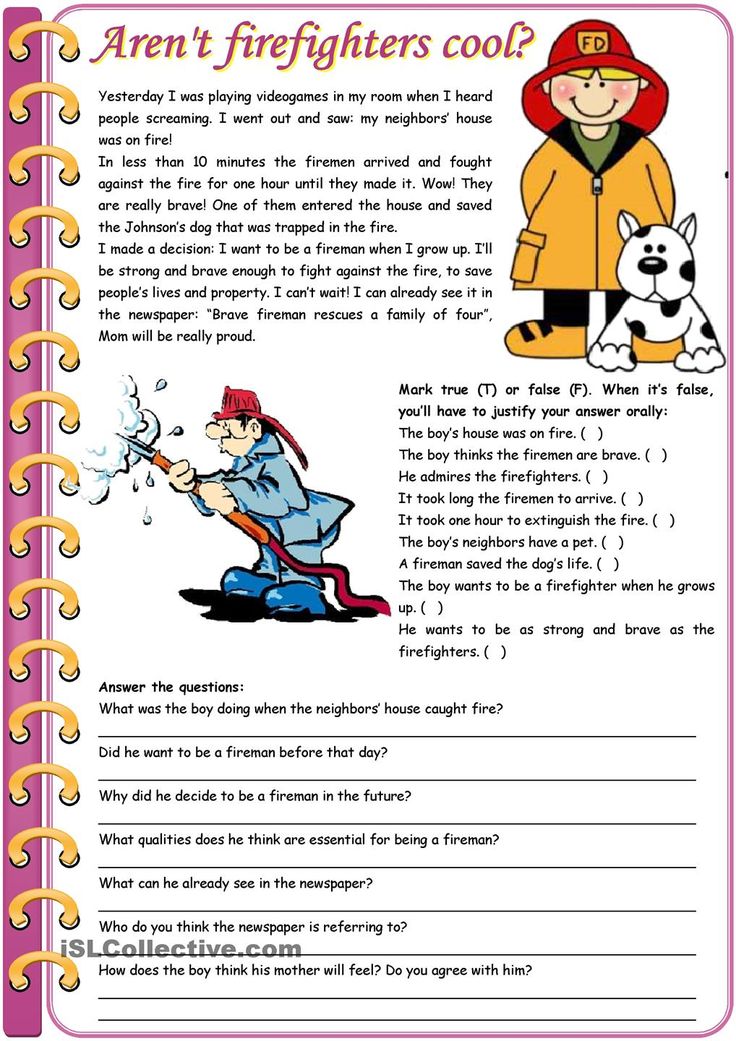 Encourage your child to write to the Chamber of Commerce for brochures about places you will see on your trip.
Encourage your child to write to the Chamber of Commerce for brochures about places you will see on your trip.
Activity 24: What's in the news?
Newspapers are a form of daily communication with the outside world, and provide lots of learning activities for children.
What you'll need:
- Newspapers
- Scissors
- Colored pencils
What to do:
- Clip out an interesting news story and cut the paragraphs apart. Ask your child to read the paragraphs and put them in order.
- Ask your child to read a short editorial printed in your local newspaper and to underline all the facts with a green pencil and all the opinions with an orange pencil.
- Pictures fascinate children of all ages. Clip pictures in the newspaper. Ask your child to tell you about the picture or list adjectives to describe the picture.
- Do you take your child to the movies? Have your child first look up the movie page by using the index in the newspaper.
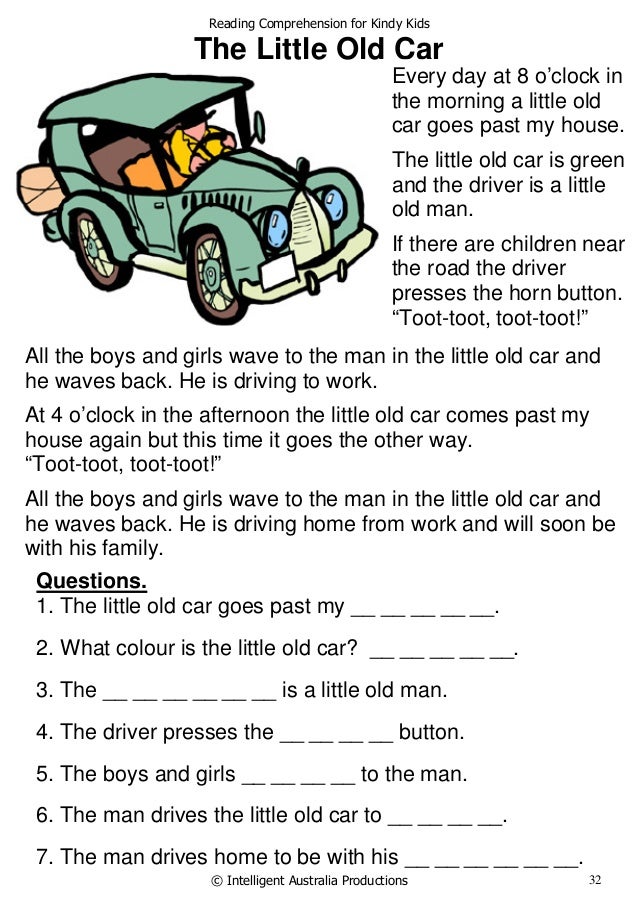 After a movie has been chosen, have your child study the picture or text in the ad and tell you what he or she thinks the movie is about.
After a movie has been chosen, have your child study the picture or text in the ad and tell you what he or she thinks the movie is about. - Have your child pick a headline and turn it into a question. Then the child can read the article to see if the question is answered.
- Ask your child to clip food coupons from the newspaper for your grocery shopping trips. First, talk about which products you use and which you do not. Then the child can cut out the right coupons and putt hem into categories such as drinks and breakfast items. You can then cash in the coupons at the store.
- Pick out an interesting article from the newspaper. As you are preparing lunch or dinner, tell your child that you are busy and ask him or her to read the article to you.
- Many newspapers publish materials especially written for children, such as the syndicated "Mini Page," "Pennywhistle Press," and "Dynamite Kids." In addition, some newspapers publish weekly columns for children, as well as tabloids and summer supplements written by educators.
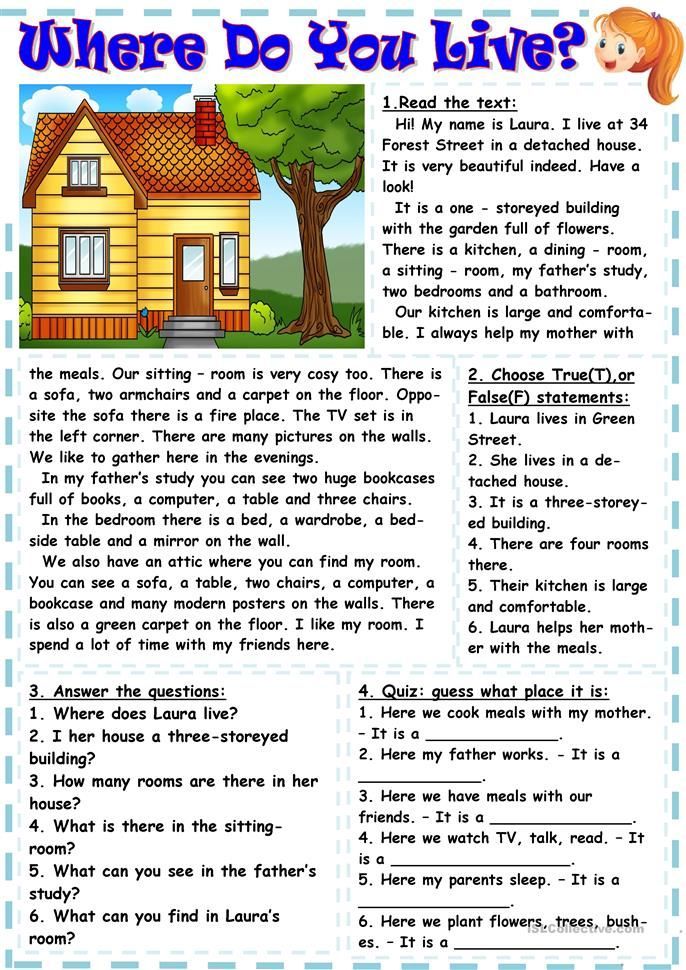
Activity 25: Using television to stimulate reading
What child doesn't enjoy watching TV? Capitalize on this form of entertainment and use TV to help rather than hinder your child's learning.
Some important ideas to consider before turning on the TV: Limit in some way the amount of TV your child watches so as to leave time for reading and other activities. Decide how much time should be set aside for watching TV each day.
Serve as an example by limiting the amount of TV you yourself watch. Have time when the TV set is off and the entire family reads something. You may want to watch TV only for special shows. Before the TV set is turned on, encourage your child to select the programs he or she wishes to watch. Ask your child to give you the reason for the choices made.
In addition, watch some of the same TV programs your child watches. This helps you as a parent share in some of your child's daily activities.
What you'll need:
- A TV
- A TV selection guide
- Colored highlighters
- A calendar page for each month
- Paper and pencils
What to do:
- Ask your child to tell you about favorite TV characters using different kinds of words.
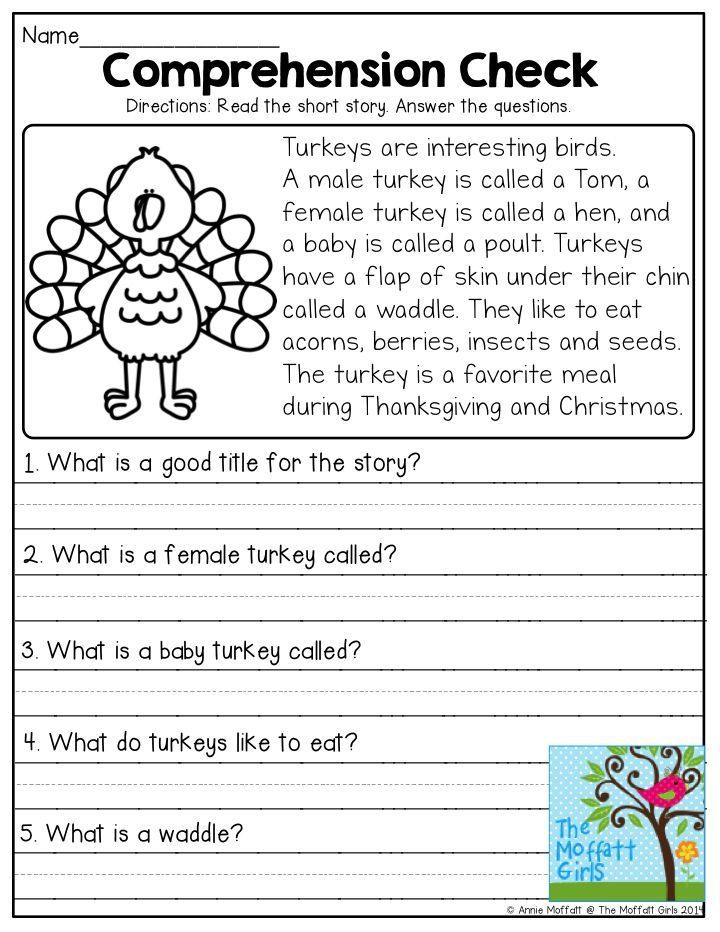
- As your child watches commercials on television, ask him or her to invent a product and write slogans or an ad for it.
- Encourage your child to watch such programs as Reading Rainbow. Urge older children to watch such programs as 60 Minutes and selected documentaries. These programs are informative. Discuss interesting ideas covered in the programs and direct your child to maps, encyclopedias, fiction, or popular children's magazines for more information.
- Have your child name 10 of his or her favorite shows. Ask your child to put them into categories according to the type of show they are, such as family shows, cartoons, situation comedies, sports, science fiction, or news and information. If you find the selection is not varied enough, you might suggest a few others that would broaden experiences.
- Prepare a monthly calendar with symbols such as a picture of the sun to represent an outdoor activity or a picture of a book to represent reading.
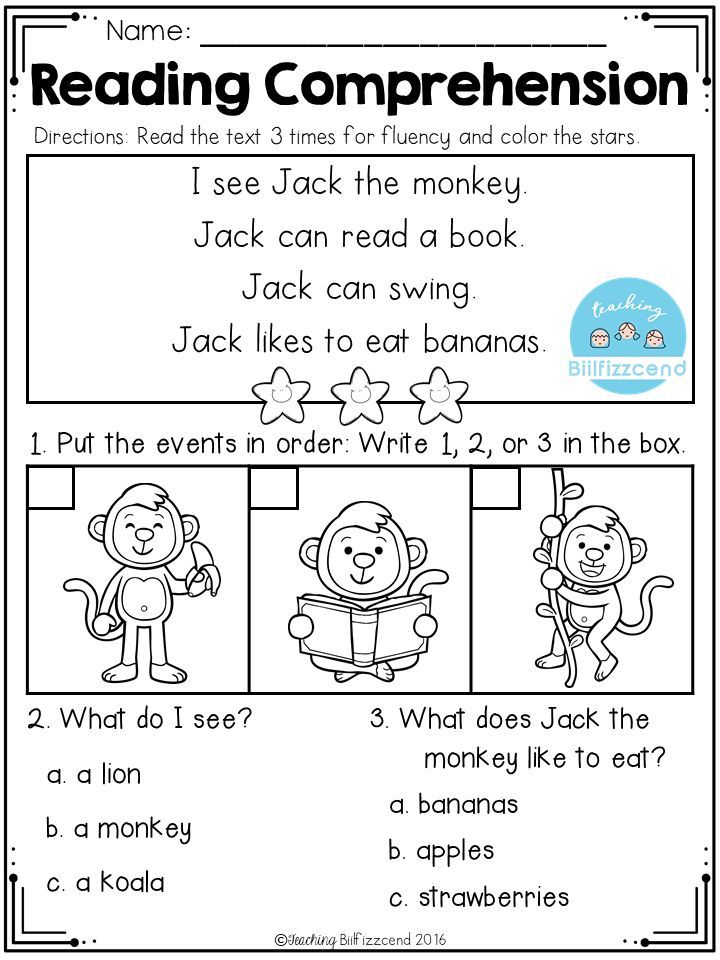 Each time your child engages in a daily free time activity, encourage him or her to paste a symbol on the correct calendar date. This will give you an idea of how your child spends his or her free time. It also encourages a varied schedule.
Each time your child engages in a daily free time activity, encourage him or her to paste a symbol on the correct calendar date. This will give you an idea of how your child spends his or her free time. It also encourages a varied schedule. - Ask each child in your family to pick a different color. Using the TV listing, have each child use this color to circle one TV program that he or she wants to watch each day. Alternate who gets first choice. This serves two purposes. It limits the amount of time watching TV and it encourages discriminating viewing.
- Devise a rating scale from 1 to 5. Ask your child to give a number to a certain TV program and to explain why such a rating was given.
- Have your child keep a weekly TV log and write down five unfamiliar words heard or seen each week. Encourage your child to look up the meanings of these words in the dictionary or talk about them with you.
21 Ways to Help Primary School Children Love Reading
Schoolchildren today are often accused of preferring gadgets, cartoons, or, in extreme cases, comics to books.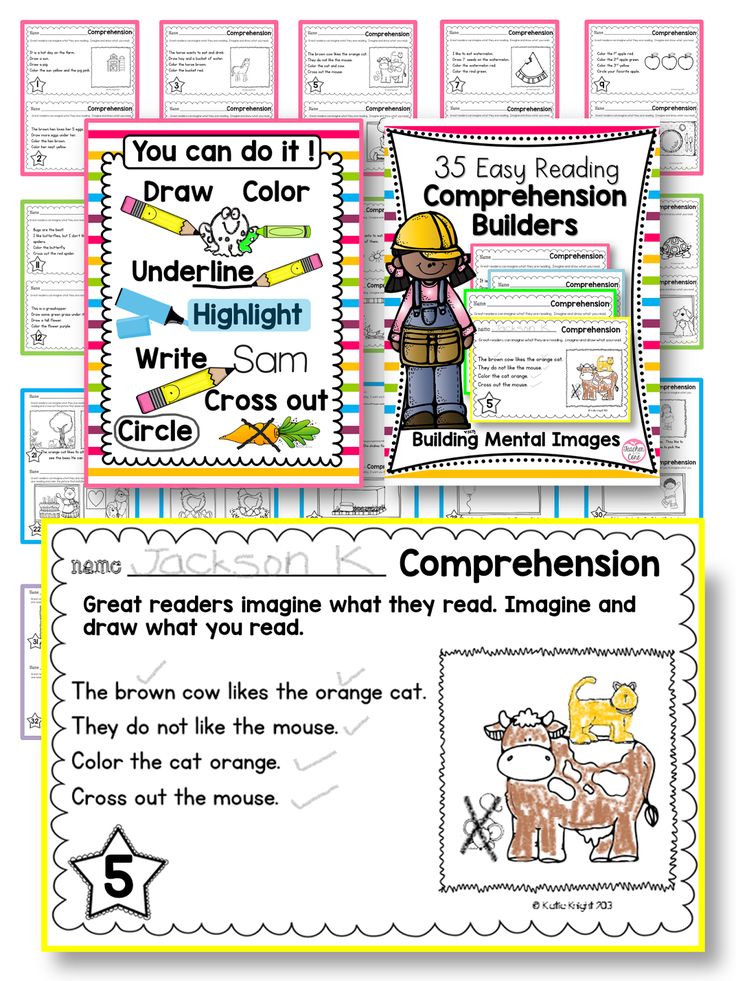 But who said that all this contradicts the love of literature? Our blogger Katya Khasanova came up with 21 ways to fall in love with reading lessons: there are games, cartoons, and new approaches to classics.
But who said that all this contradicts the love of literature? Our blogger Katya Khasanova came up with 21 ways to fall in love with reading lessons: there are games, cartoons, and new approaches to classics.
I am a prize-winner of RSOS Olympiads in Literature, and also of various literary competitions. I love reading and writing. Listening to the stories of children and the conversations of acquaintances, I was surprised: why did reading lessons in elementary school become a nightmare for both children and parents? After all, literature is an amazing world: it is a fairy tale, and history, and adventures, and experiences, and joys, and dreams! In this article, I offer various methods to help teachers and parents of elementary students make reading lessons in elementary grades fun and loved.
1. Literary cheat sheets
We read any work with the child and make a cheat sheet in the form of a comic book. Each "square" is an event or action in the work. You can sign the names of the characters below and what is happening in the work, or you can write down small fragments of the characters' replicas using the "cloud".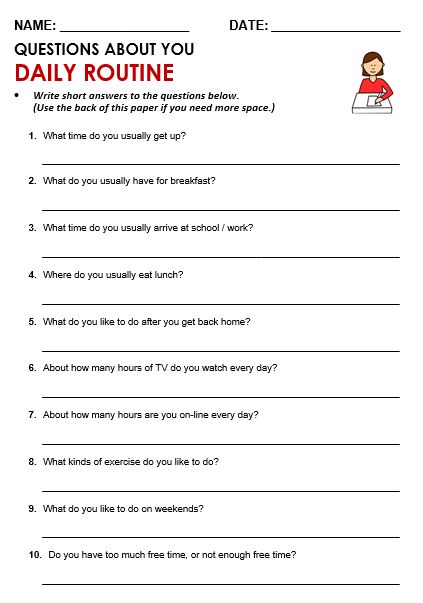
You can draw with anything. It is not necessary to be professional artists, it is important that the comics are liked and understood by the child himself. You can suggest, but what exactly to draw - the child decides for himself. After that, with the help of such a literary cheat sheet, it is easy to make a detailed retelling: the plot and the characters' remarks are easy to remember.
See below for an example of a masterpiece cheat sheet on The Tale of Igor's Campaign. The same cheat sheet can be made for any work that children go through in elementary school.
2. Limericks
Limericks are short funny absurd poems made up of random words. This genre was invented by the English poet Edward Lear, he fantasized, and then selected rhymes for his fantasies. Therefore, first practice picking up rhyming words: “cat-mouth”, “sad-happy”. If there are difficulties with rhymes, the Rifmus website will help you.
Fantasize, invent and imagine a funny situation or story with these words.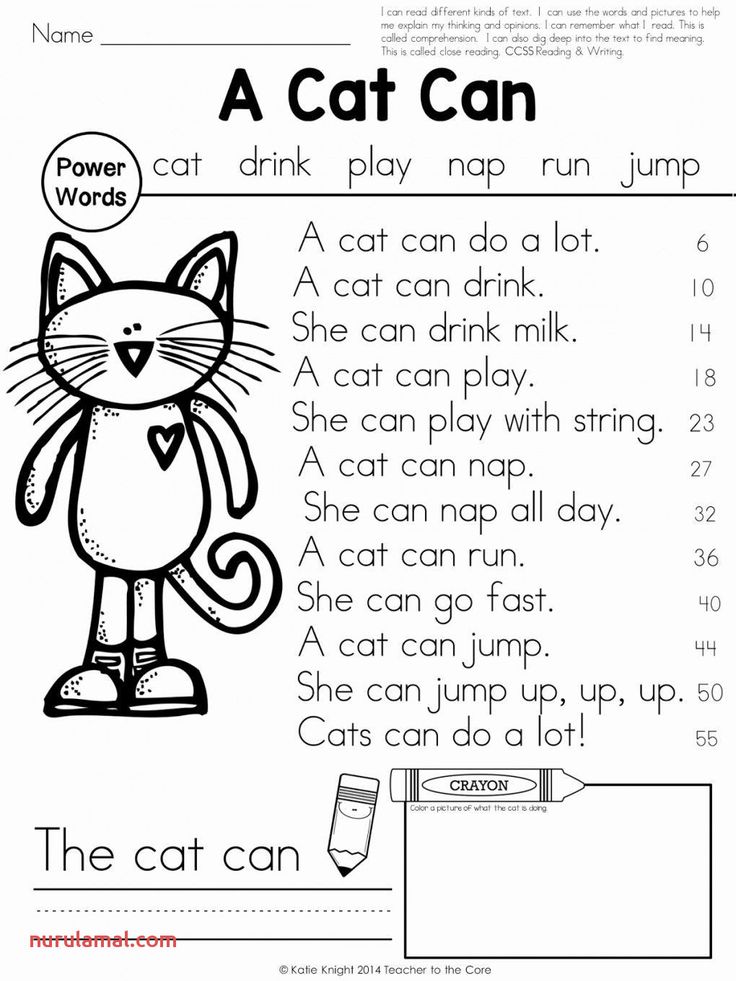 Then try adding any other words there, you get a 5-line verse. The more ridiculous and funnier the verse, the better. Then try humming or tapping the rhythm of the poem to any suitable song you know.
Then try adding any other words there, you get a 5-line verse. The more ridiculous and funnier the verse, the better. Then try humming or tapping the rhythm of the poem to any suitable song you know.
The main thing is that the child likes to compose, so that he feels what rhyme and rhythm are in a poem.
Read more about how to write limericks here. And here are examples of such poems:
3. Literary Memo
Memo will help to repeat a variety of works, literary characters, poets and writers. The best option: 14-16 cards (7-8 pairs) - grade 1, 18 - 24 cards (8-12 pairs) - grade 2, 26 - 36 cards (13-18 pairs) - grade 3, 38-50 cards ( 15-25 pairs) - 4th grade. Print pairs of cards, keep in mind that they should not differ in shape and size. Turn the cards face down, shuffle them and arrange them randomly on the table.
The cards can show portraits of writers (then you and your child remember the name of the writer and his works), illustrations for works (remember the name of the work and briefly describe what is happening in the illustration), pictures with heroes (say the name of the hero, from which works, briefly characterize it).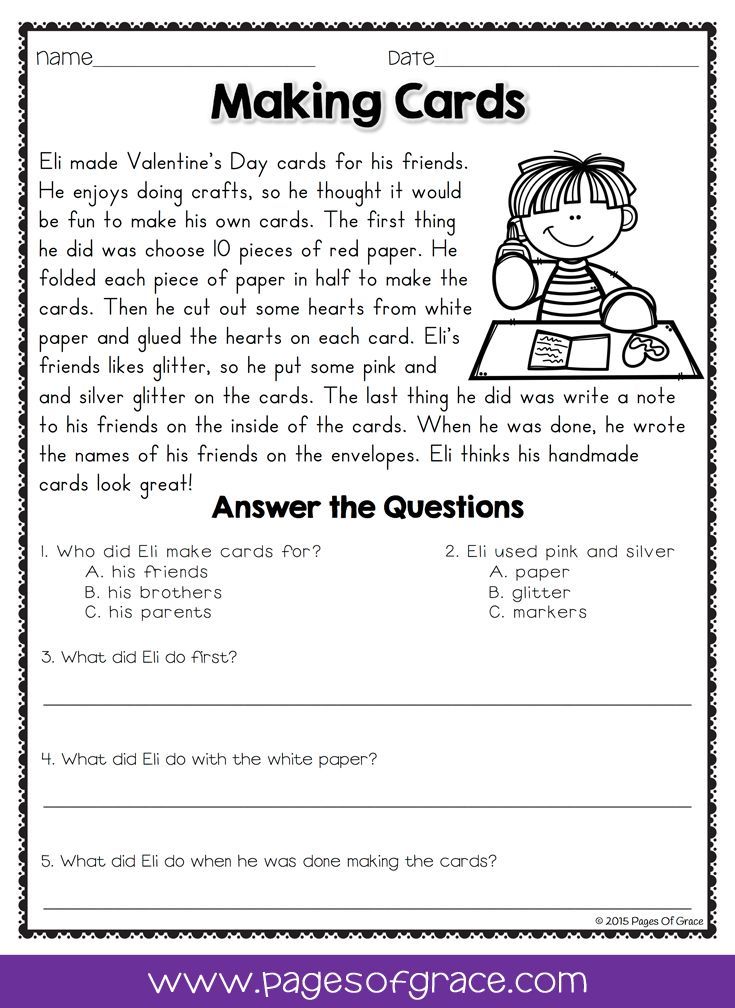 This way you will repeat the plot, characters and authors. The more works studied, the more cards there will be, you can repeat the old ones and add new ones to them.
This way you will repeat the plot, characters and authors. The more works studied, the more cards there will be, you can repeat the old ones and add new ones to them.
4. Gorky reading
Maxim Gorky was very fond of books, he read quickly and always did it with a pencil in his hands. Gorky emphasized in books and newspapers the statements and moments he liked and interested him, and made small notes in the margins - briefly wrote down his thoughts on this issue.
Try to read with your child in the same way. In each work, underline the quotes you like with a pencil and make a note in the margins (it can be in the form of a question mark, exclamation point or emoticon). If you write in a textbook, do not forget to erase later, if on your printout, then you can use markers and colored pencils. Do not forget to buy bookmarks (preferably magnetic ones) so that the child can keep track of his progress and reading volume. It is important that bookmarks are liked by children.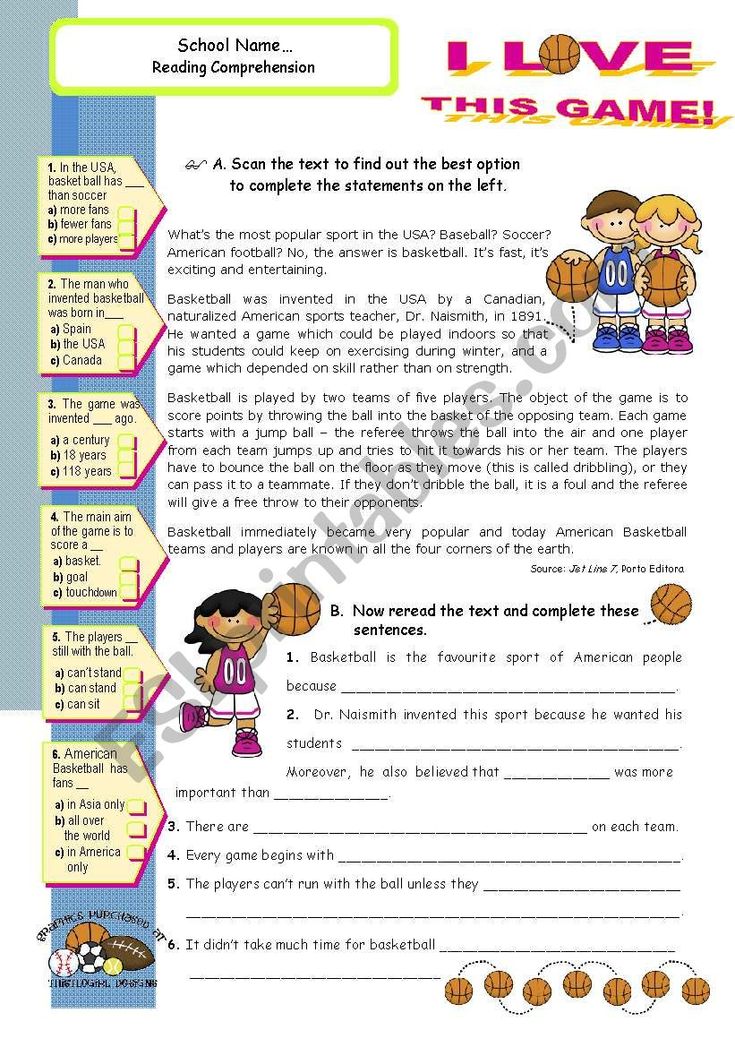
5. Literary piggy banks
Do you want your child to learn how to work with information and become a little researcher already in elementary school? If yes, then this method is exactly for you. Get 4 notebooks. When reading any work according to the method of M. Gorky (see paragraph 4) , write down all the quotes you like in the first notebook - "Piggy Bank of Quotes". Do not forget to write which character the quote belongs to, what work it is from, and also decorate the notepad artistically.
Then draw yourself or find and print illustrations of the heroes of this work and paste them into the second notebook - "Character piggy bank". Next, write down the characteristics of the character and everything that is known about him from the work (how he looked outwardly, where he was born, where he lived, etc.), do not forget to make a beautiful design.
Next, draw yourself or look for and print out beautiful illustrations for the main events of the work and paste them into the third notebook - "Piggy Bank of Illustrations".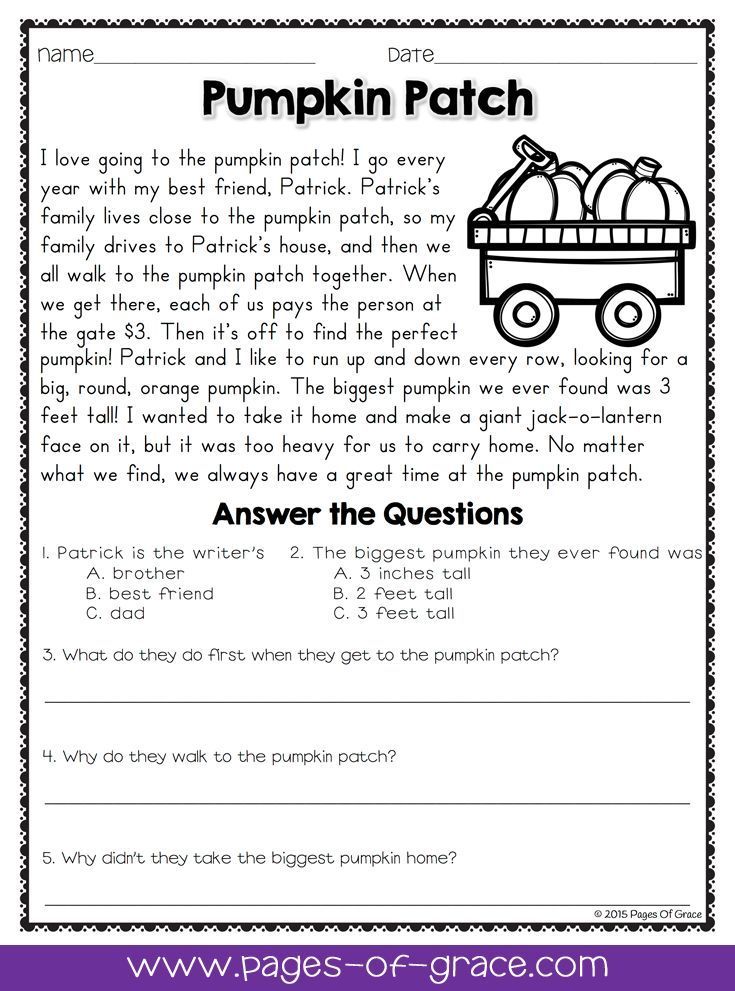 Do not forget to sign under each one what exactly is happening in this illustration (the “Literary Cheat Sheet” will help you (see item 1)) .
Do not forget to sign under each one what exactly is happening in this illustration (the “Literary Cheat Sheet” will help you (see item 1)) .
Finally, in the fourth notebook - "Piggy Bank of Interesting Facts" you will write down and explore the curious details that you met in the work: dishes and their recipes, cities and their attractions, costumes from different eras, traditions of different peoples, etc., the main thing - do not forget about the artwork and illustrations and explore every detail as much as possible. The 4-note book piggy bank will help kids become proficient readers and inquisitive explorers.
6. Reading Guessing Cards
This is a popular and proven way to learn something. When preparing for the Literature Olympiads, it was he who saved me. Together with the children, cut small cards (stripes) from the album sheet. Write a short question on one side of each card and a short answer on the other side. For example: "How many times do events usually repeat in fairy tales?" - "3 times", "Author of "The Tale of the Fisherman and the Fish"?" - "A.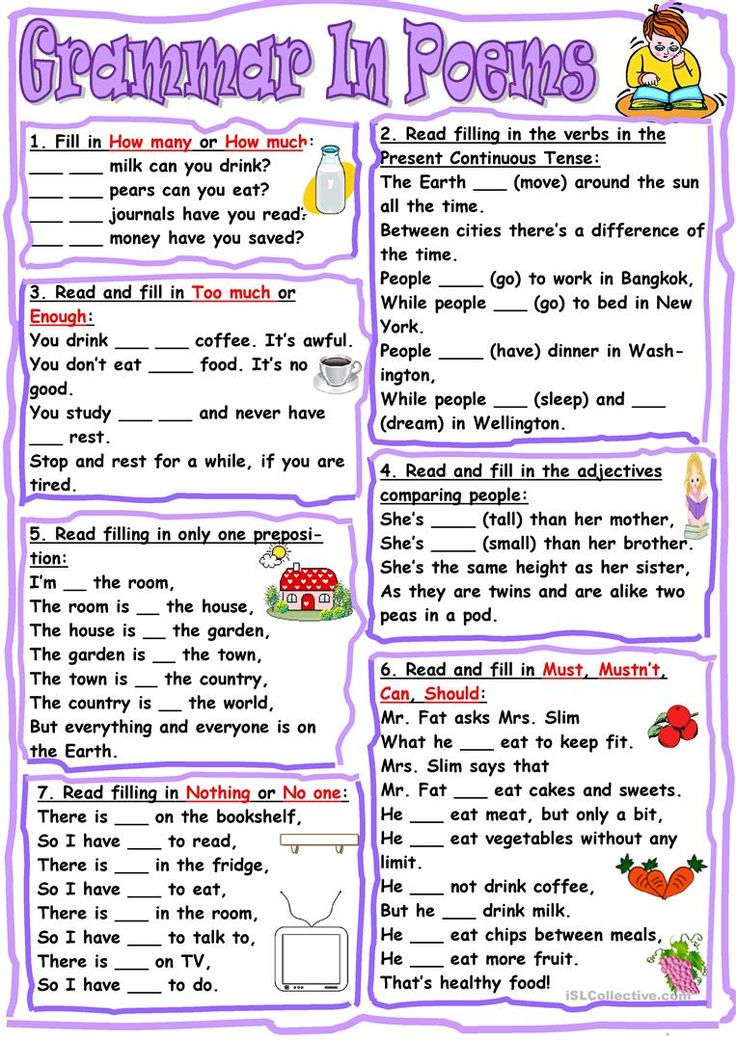 S. Pushkin.
S. Pushkin.
Questions can be on any topic: about authors and works, about the characteristics of characters, about biographies of writers and poets. Next, we guess all the cards in order: first we read the question, then we answer it, and then turn the card over and check ourselves. We put the guessed cards in one pile, the unguessed cards in another. Then we work again with unguessed cards, in the same way we divide them into two piles. And in this way we continue to teach until all the cards are guessed.
The next day, we guess all the cards again and especially repeat those that are poorly remembered. After that, you can add new cards. The advantage of this method is that children see the result of their work (how many cards they have learned) and understand what exactly has not yet fully settled down in memory.
7. Helper stickers
This method is good to use after Gorky Reading (see point 4) and Literary Piggy Banks (see point 5) .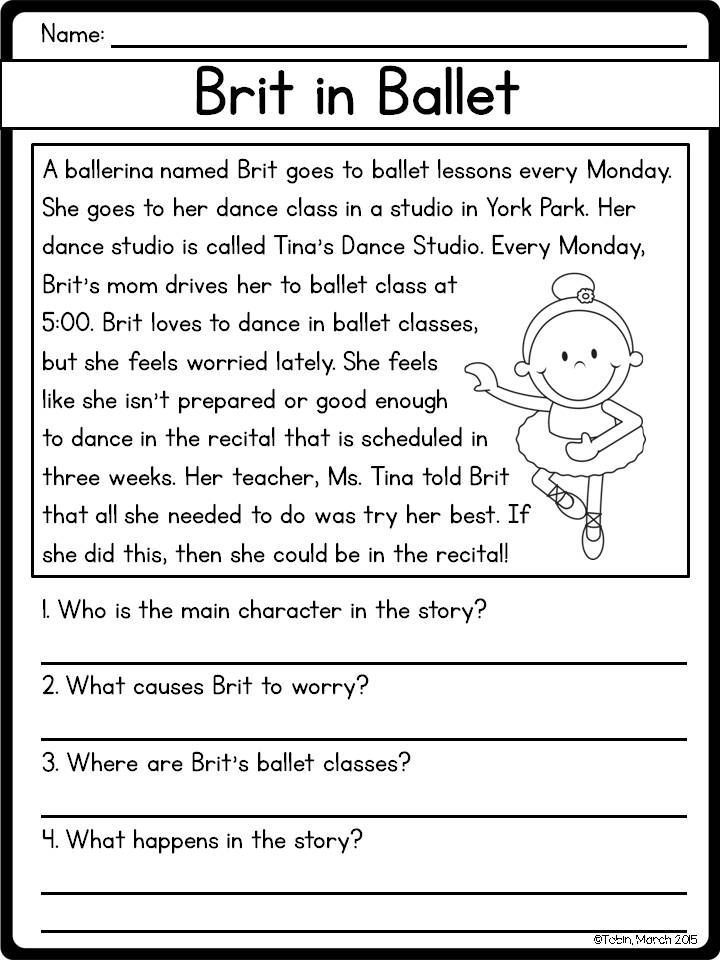 Buy stickers (they can be of different colors and shapes). After each read chapter or part of the book, stick a sticker at the end, on which the summary should be written in a concise and understandable form for the child: the main idea, characters, events, their characteristics. This reflective method will help you understand the text much deeper and quickly remember what was said in the previous chapters of the book.
Buy stickers (they can be of different colors and shapes). After each read chapter or part of the book, stick a sticker at the end, on which the summary should be written in a concise and understandable form for the child: the main idea, characters, events, their characteristics. This reflective method will help you understand the text much deeper and quickly remember what was said in the previous chapters of the book.
8. Literary Fanta
Everyone's favorite game Fanta is an effective and fun way to repeat material. Write the last name and first name of each student on a separate strip. Put all the strips in the box. Then you (the teacher) or the child take one strip at random, then ask the students in order (as they sit) to name what to do for this phantom. Questions should be based on already studied material. For example: "Name 5 poems by Agnia Barto." Then you read aloud the name and surname on the strip - it is this student who must answer the question asked.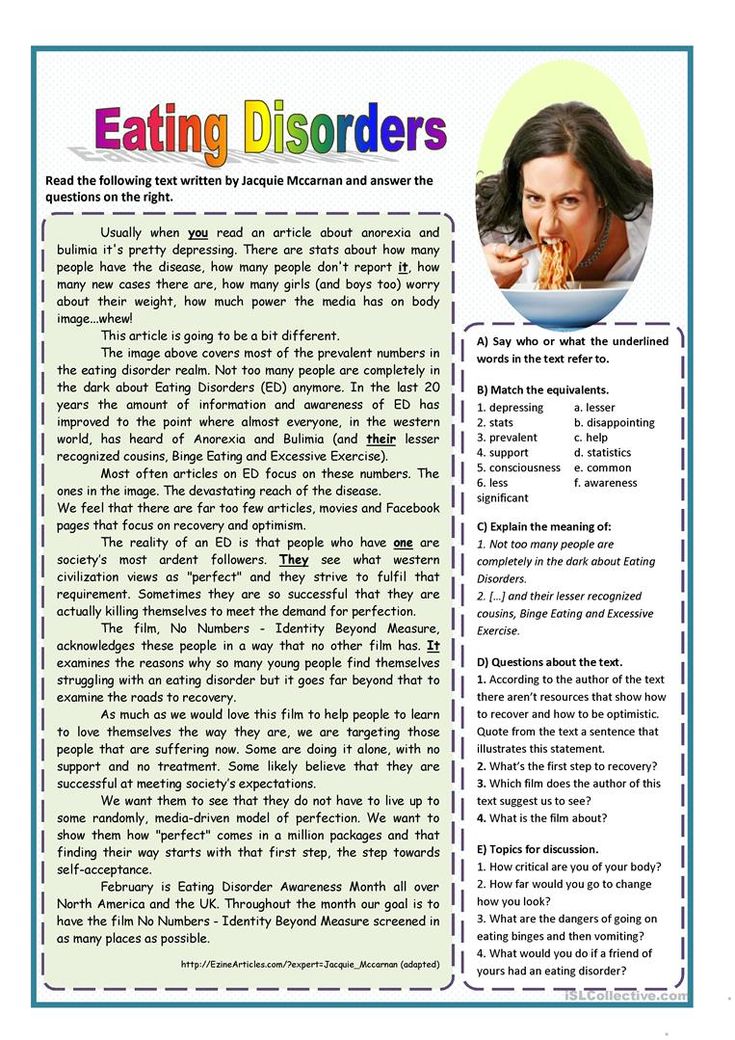
9. Letter to the hero
Do you want to develop your child's imagination and ability to compose? Then this method is for you. Remember with what interest and enthusiasm children write letters to Santa Claus. Why not write such a letter to your favorite literary character? In the letter, the child will be able to ask the hero questions, express their feelings, share news and thoughts.
Most importantly, remind that the letter should have 4 parts (greeting, telling about yourself and your thoughts, questions to the interlocutor and farewell) and that you need to beautifully design the letter with your own drawings or illustrations from the Internet.
10. Guess who I am reading game
This well-known game can be safely used in reading lessons. This is the perfect way to learn how to ask and answer questions. To start, children need to be divided into groups of 4 people. On the stickers, children write the name of any character from the completed works.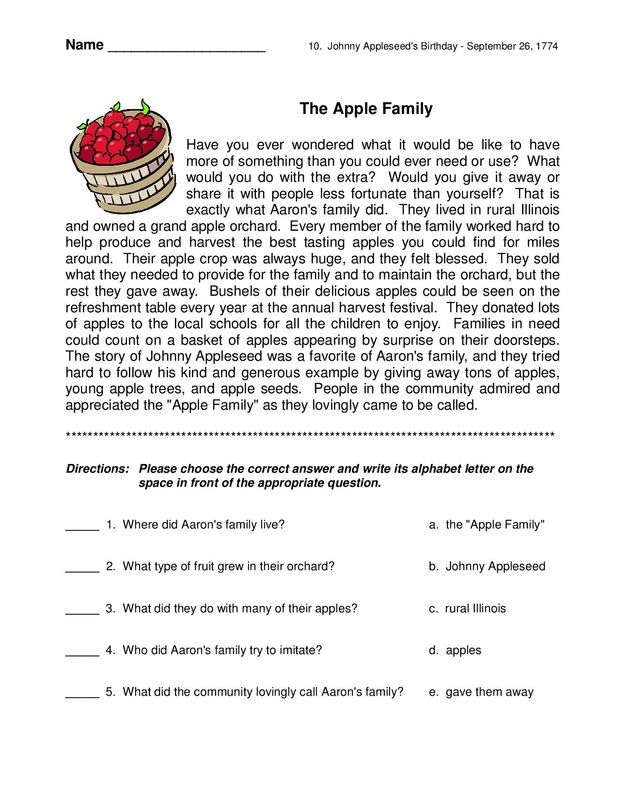 And then stick a sticker on the partner's forehead.
And then stick a sticker on the partner's forehead.
A child with a sticker on his forehead does not know what he has written, and therefore asks questions that can be answered "yes" or "no", and the remaining 3 people answer these questions. In the end, everyone must guess their character. For example: "Am I alive?" "Yes"; "Am I from a fairy tale?" "Yes"; "Am I a magical character?" "Yes"; "Can I make wishes come true?" "Yes"; "The author of this fairy tale is Pushkin?" "Yes"; "Am I a Goldfish?" "Yes".
11. Writer's or Poet's Business Card
As you study the biographies of writers with younger students, create business cards for them in the world of literature. The business card should contain brief, most basic information (see template below) . Imagine, you will have business cards of famous poets and writers!
12. Writer's Lot
For this game, cut a lot of strips. On each strip, children write any nouns (heroes, people, objects, animals).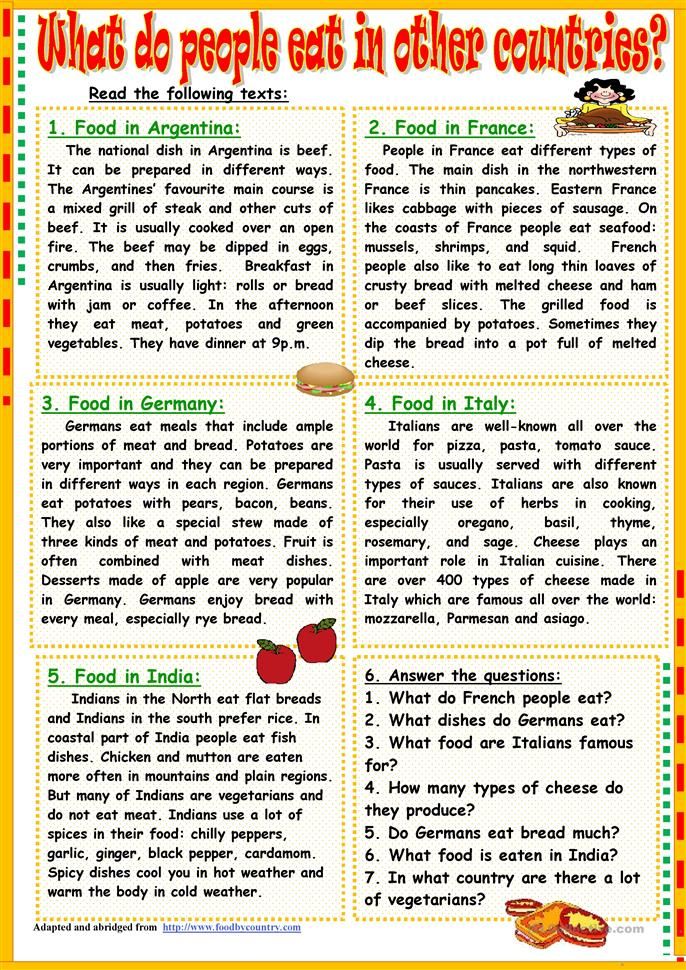 We put all the strips in a box. Then we divide the students into teams of 3-4 people. One person from the team takes out any 3 strips from the box. Then, in 2 minutes, they have to write a short story (3-4 sentences) using all 3 words. The rest of the teams, using emoticons, evaluate how interesting and complete (using all the words) the story turned out to be.
We put all the strips in a box. Then we divide the students into teams of 3-4 people. One person from the team takes out any 3 strips from the box. Then, in 2 minutes, they have to write a short story (3-4 sentences) using all 3 words. The rest of the teams, using emoticons, evaluate how interesting and complete (using all the words) the story turned out to be.
13. Surprise story
Children are divided into groups of 4 people. One writer is selected from each group. The writer must compose a short text (5-8 sentences) and leave gaps instead of some words. The topic of the text can be any: about fairy-tale heroes, and about the children themselves. Then the remaining 3 people call the writer any words of the part of speech that he asks for (as a rule, this is an adjective or a verb or a noun). The funnier the words, the better.
The writer writes down the named words instead of gaps in order. And then read aloud what happened. Usually it turns out to be a very funny and interesting text, since students initially do not know the context and insert words at random.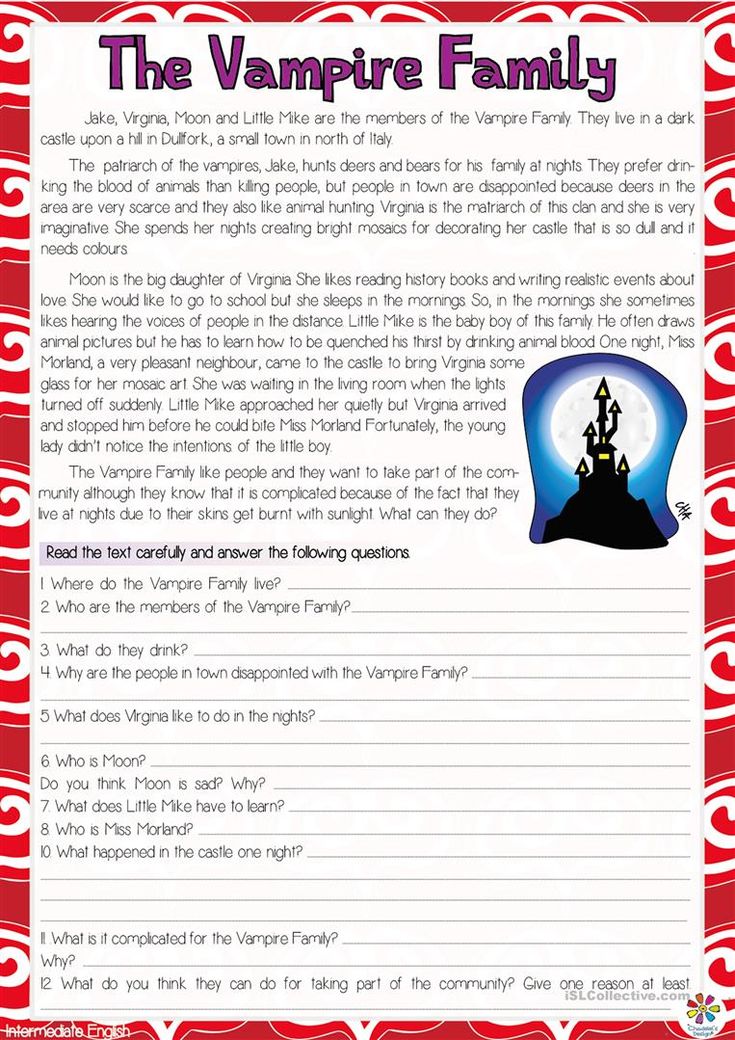
There is a simplified version of this game. The teacher himself can prepare (or take from books and process) texts with gaps and distribute them to one person from each group, then the game continues in the same way.
14. Curved stitches
This method was invented back in the 17th century by Simeon of Polotsk, a writer and teacher of the royal children. He composed poems and odes in honor of the king and wrote them down in the form of various drawings (see pictures below) , for example, in the shape of a heart (as a sign of love for the king) or in the shape of a star (in honor of the birth of the prince). Sometimes writing on even lines in a notebook gets terribly boring, so try this technique in your reading class.
Have the children come up with a sentence or a short text (maybe in prose, maybe in verse) and write it down on a draft. Then they need to come up with one main picture that they associate with this offer. Then we draw a schematic simple sketch of this picture on an album sheet, and then we write patterns from the text with colored markers, pens and pencils.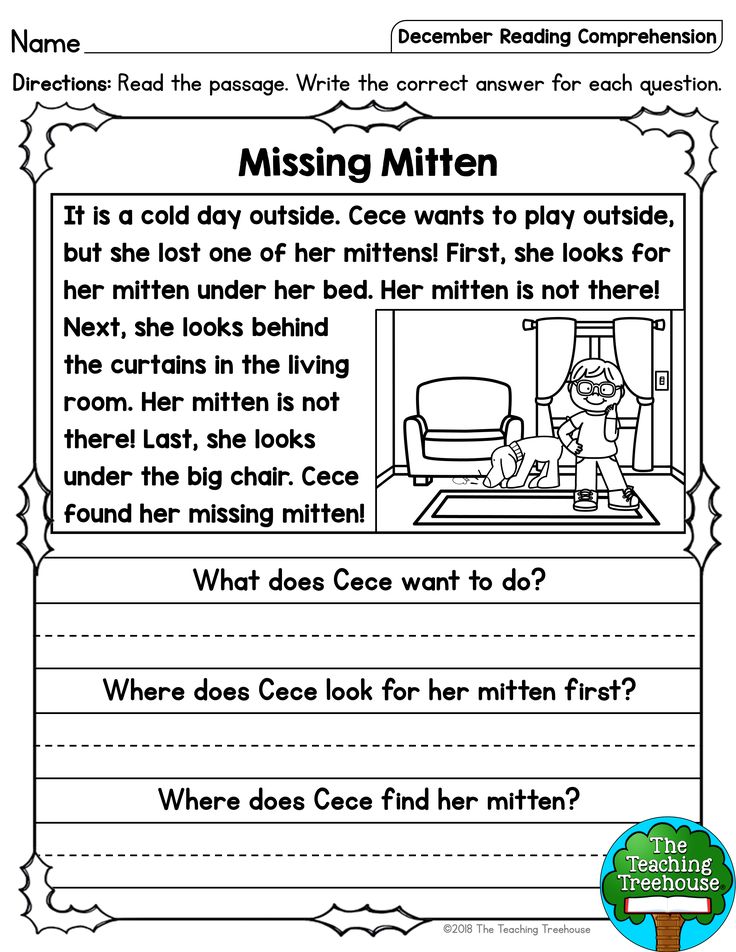
The sentence can be written in any shape: in a circle, in a square, in the form of a wave, curls, some letters can be large, some small, words can be multi-colored. This method develops associative thinking, design skills and makes the process of writing an essay interesting, fun and creative.
15. Imaginary characters
This game is similar to the famous "Nonsense" by the rules. Divide the class into groups of 4 people. We give each student a notebook sheet. Choose one leader. The leader dictates questions in order, the students write down the answers to each of them, then fold the sheet and pass it to the next participant in a circle. The funnier the answers, the better. After that, the children all together read everything about the characters-notions and draw them. Then you can invent together a fairy-tale country in which these heroes live and make friends, as well as come up with a variety of adventures that happen to them.
List of questions and answers on the example of the cartoon "Inside Out":
- What is the name of the character? (For example, Bingo-Bongo)
- What does the character look like? (For example, half-elephant and half-cat made of cotton candy)
- What is his personality like? (For example, cheerful, funny, brave, loyal friend)
- How did he appear? Where does he live? (For example, in the magic land of memory)
- What is he doing? (For example, he sings songs, has fun and jokes, if he is upset, he cries not with tears, but with sweets)
- Read the description above and draw the character
16.
 Come up with 50 options
Come up with 50 options This is the best test for checking and training creative thinking: you need to come up with at least 50 options for what you can do with any ordinary object (stick, stone, handkerchief, etc.), options should not be repeated. The winner is the one who comes up with the most options and whose options are the most original.
Example: Think of 50 things you can do with a stick
- Make a match out of it and light a fire
- Make a violin bow
- Make a bar for sports
- Use as a weapon (spear or sword)
- Make from rocker, etc.
17. What would happen if...
For each piece you have covered, together with the children, come up with unusual paradoxical questions-assumptions and interesting, detailed original answers to them.
For example: What would happen if Carlson did not have a propeller? Answer: He would be the simplest pedestrian and would work in a candy store.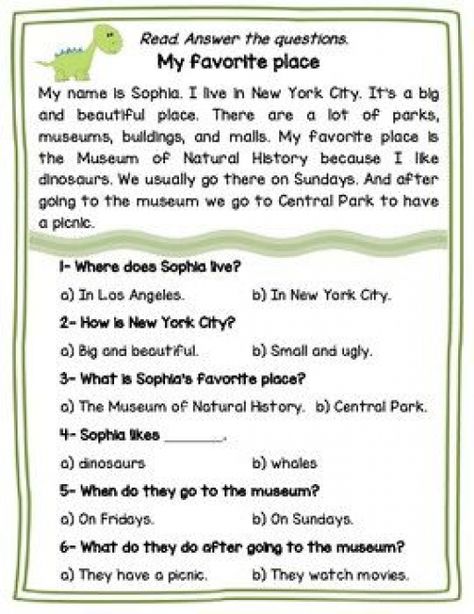 And what would have happened if Snow White hadn't met the dwarves? Answer: Snow White could die in the forest, and the gnomes would be lonely, no one would ever know about their existence.
And what would have happened if Snow White hadn't met the dwarves? Answer: Snow White could die in the forest, and the gnomes would be lonely, no one would ever know about their existence.
18. "Mountain of Gems" animated series
"Mountain of Gems" is a series of excellent cartoons that will help children learn and love the fairy tales of different peoples of the world. This animated series is a real treasure trove of rare fairy tales: Nanai, Bashkir, Simbirsk, Georgian, and the most valuable thing is that each fairy tale has its own special morality and wisdom. Each series shows the traditions and culture of a certain people, and after watching all this, you can discuss it all together with interest. Look, expand your horizons.
19. Animated series "Machines of a Fairy Tale"
This is a collection of the most famous fairy tales from beloved by all Masha. Of course, Masha tells fairy tales "in a new way", and adds a little of her hooliganism there.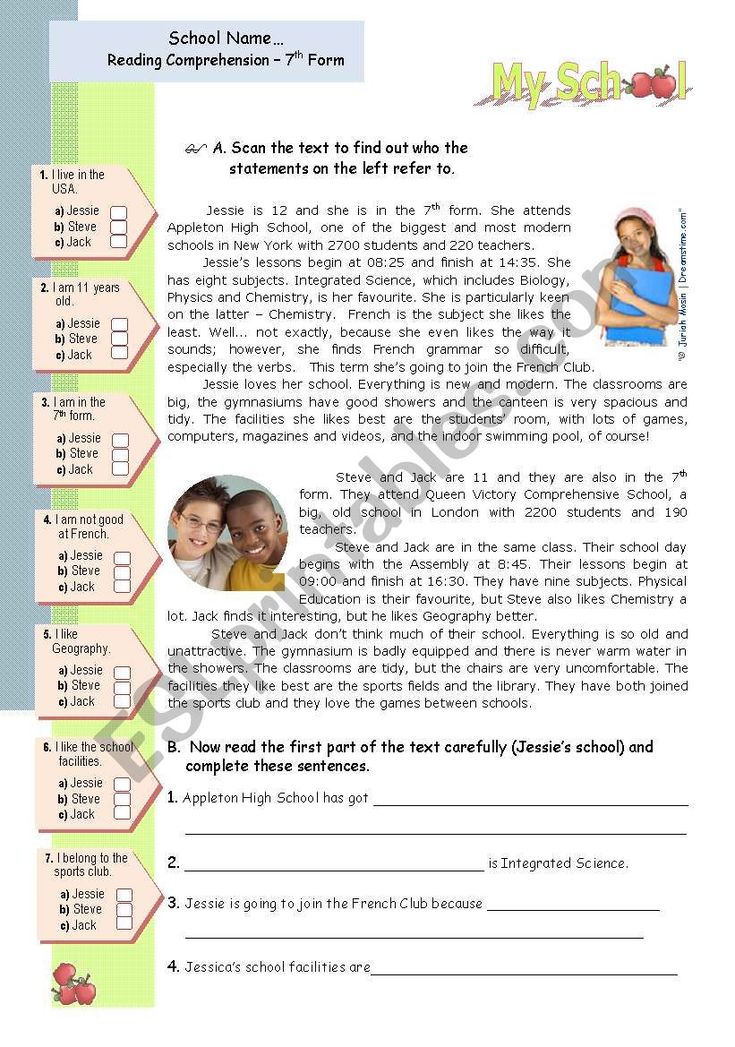 But for children, this is rather a plus. Children's voice acting, animation in the style of children's drawings and funny moments do not let you tear yourself away from the cartoon. This is a good option to quickly go through a variety of fairy tales and get younger students interested in reading.
But for children, this is rather a plus. Children's voice acting, animation in the style of children's drawings and funny moments do not let you tear yourself away from the cartoon. This is a good option to quickly go through a variety of fairy tales and get younger students interested in reading.
20. Soviet films
In Soviet times, many beautiful films were made based on Russian folk tales, epics, works by A. S. Pushkin, P. Bazhenov, A. Tolstoy, Y. Olesha, V. Gubarev.
Here are the best ones that are definitely worth watching in elementary school: "The Tale of Tsar Saltan" (1967), "Mary the Artisan" (1959), "Vasilisa the Beautiful" (1939), "Barbara-beauty, long braid" (1970), "Finist-Clear Falcon" (1976), "Morozko" (1964), "Ilya Muromets" (1956), "Ruslan and Lyudmila" (1972), "Three Fat Men" (1966), "Stone Flower" (1946), "Twelve Months" (1972), "The Adventures of Pinocchio" (1975), "The Kingdom of Crooked Mirrors" (1963).
All films are as close as possible to books, filled with beautiful costumes, wonderful music, magic, adventure.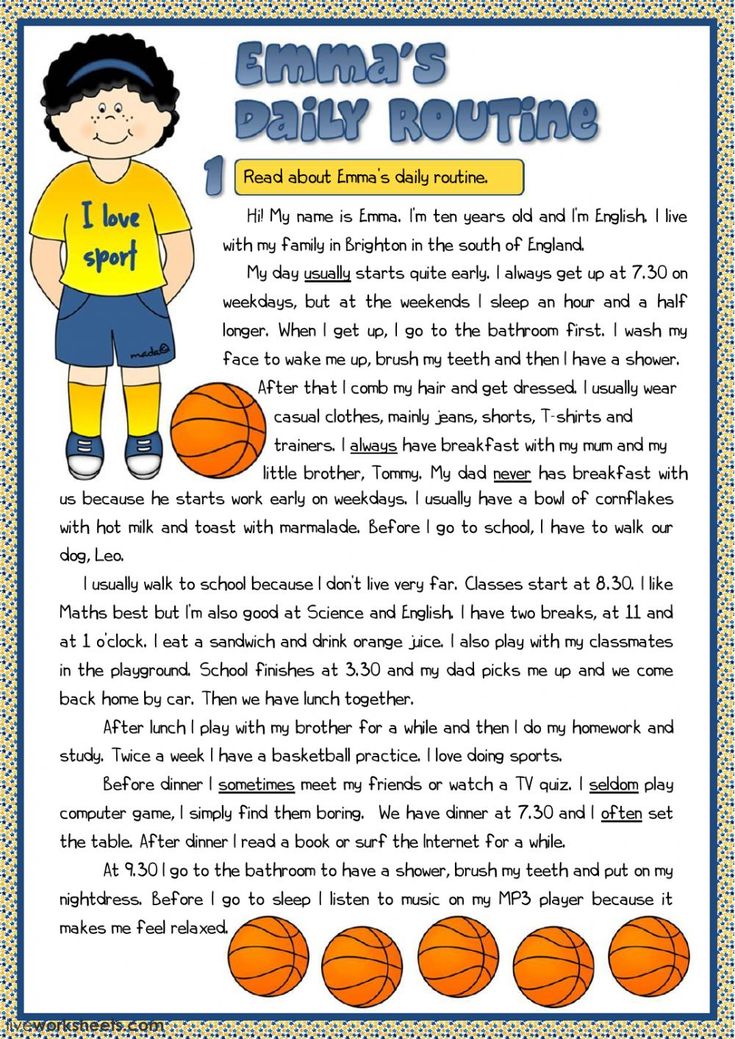 Is it possible to remain indifferent to Koshchei and Baba Yaga, played by G. Millyar, or to Nastenka, played by N. Sedykh? Immerse yourself in a movie fairy tale for a few hours and reading will become your child's favorite subject.
Is it possible to remain indifferent to Koshchei and Baba Yaga, played by G. Millyar, or to Nastenka, played by N. Sedykh? Immerse yourself in a movie fairy tale for a few hours and reading will become your child's favorite subject.
21. Soviet cartoons
We all grew up on wonderful cartoons from the times of the USSR. Until now, when you read fairy tales, frames of these wonderful cartoons come up before your eyes. Does your child not like reading? He cannot penetrate into the essence of the works of A. S. Pushkin, P. P. Ershov and G. H. Andersen? Can't imagine the beauty of fairy tales?
Then watch and discuss together these cartoons: The Frog Princess, The Snow Queen, The Scarlet Flower, The Little Humpbacked Horse, Ilya Muromets and the Nightingale the Robber, The Tale of the Fisherman and the Fish, The Tale of the Dead Princess and the Seven Bogatyrs", "The Steadfast Tin Soldier", "The Little Mermaid", "Vasilisa Mikulishna", "Thumbelina", "Wild Swans", "The Nutcracker", "Perseus", "Prometheus", "The Capricious Princess", "Silver Hoof", "Cinderella", "Sister Alyonushka and Brother Ivanushka", "Mowgli", "Cipollino", "Twelve Months", "The Tale of the Golden Cockerel".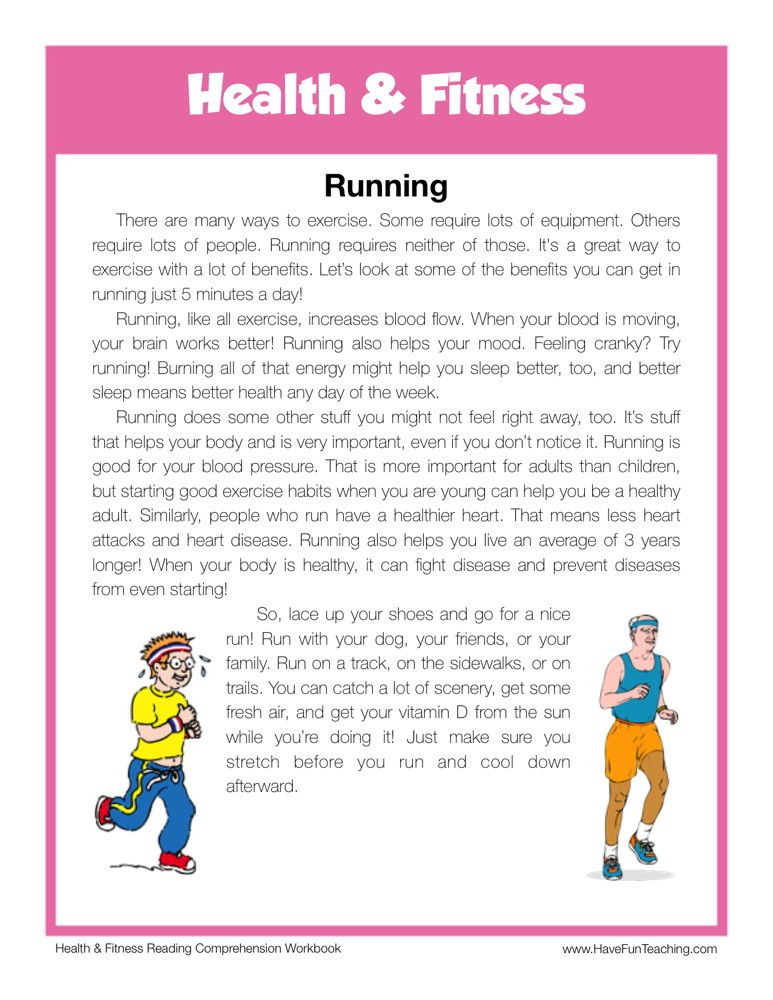
Believe me, after these cartoons the child will remember the plot and features of the works, and will understand them more deeply. Watch and be inspired.
I wish you success!!!
You are in the "Blogs" section. The opinion of the author may not coincide with the position of the editors.
Formation of reading skills in younger students by means of modern technologies
The priority goal of the modern school is to prepare children for life, to form a person who constantly improves himself, is able to independently make decisions, be responsible for these decisions, find ways of implementation, i.e. a creative person in every sense of the word.
What is needed for this? I believe that:
- firstly, to organize active mental, creative activity of students;
— secondly, to develop the ability to reflect, to present and argue one's own position, to seek and find one's own original ways of activity;
- thirdly, to form the ability to correlate one's opinion with others, often opposite, i.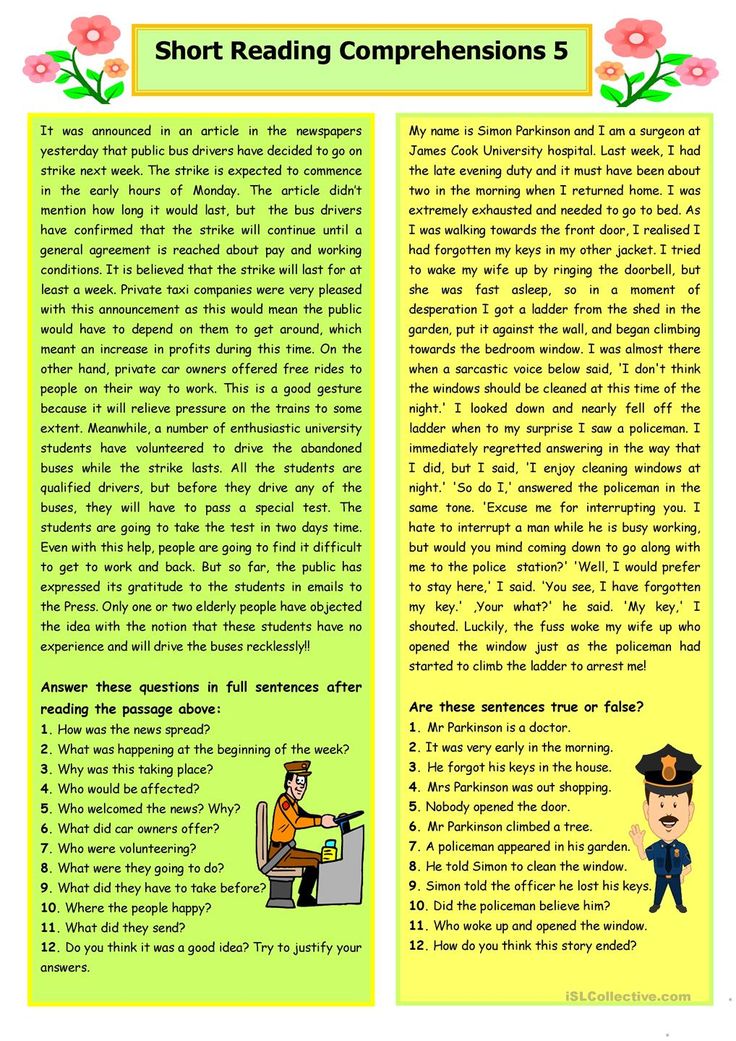 e. allow children to maintain their individuality.
e. allow children to maintain their individuality.
Over the past ten years there have been great changes in education. Variable systems of education have appeared, the content and structure of education are being improved, experimental work is being organized to modernize the educational process in elementary school.
Undoubtedly, a huge role in the upbringing, education, and development of schoolchildren is given to reading lessons. Reading is not only the subject that a child needs to master successfully, but also the subject through which he will master other disciplines. Therefore, I believe that one of the topical topics of elementary school is the formation of the skills of correct, fluent, conscious, expressive reading.
Today, working according to the traditional system of education, every primary school teacher, including me, is trying to update the teaching technology and include elements of modern technologies in their lessons, because it takes time. The 21st century is the century of scientific and technological progress, dominated by television, computers and video games, where children have lost interest in reading. But not only children do not read, adults do not read either. I think it is necessary to unite everyone in order to prove the truth known to all: when a person stops reading, he stops thinking.
The 21st century is the century of scientific and technological progress, dominated by television, computers and video games, where children have lost interest in reading. But not only children do not read, adults do not read either. I think it is necessary to unite everyone in order to prove the truth known to all: when a person stops reading, he stops thinking.
Among the variety of ways and means for the formation of reading competence, the most significant for younger students are enthusiastic teaching, the novelty of educational material, the use of innovative forms and teaching methods, and the creation of a situation of success in the classroom.
In addition to the lessons of literary reading, the main task of which is to work with a literary text, our class is implementing a program of extracurricular activities "In the World of Books". The need to introduce this course is due to the fact that modern children read relatively little.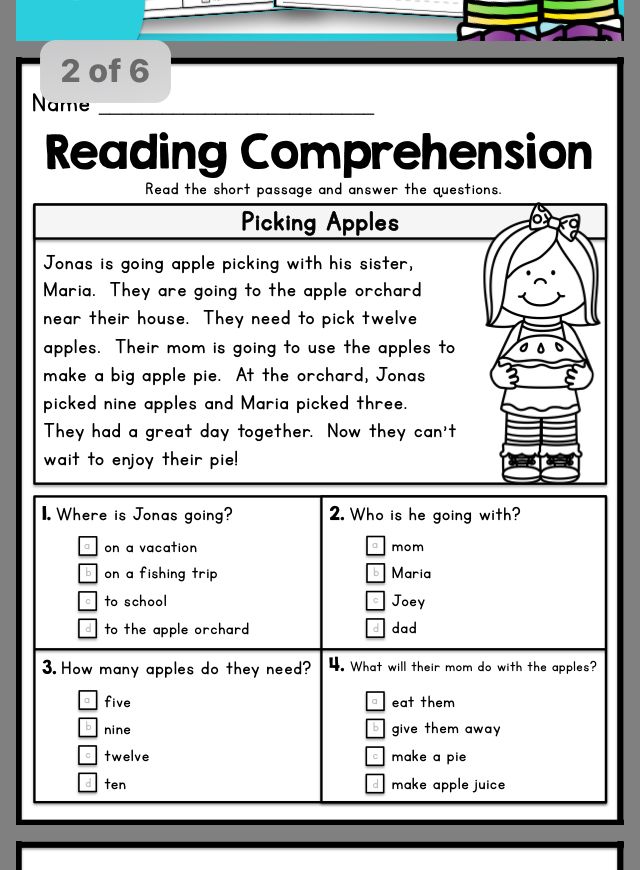 Television, video and the Internet are replacing reading as a cognitive, artistic and aesthetic activity.
Television, video and the Internet are replacing reading as a cognitive, artistic and aesthetic activity.
This explains the relevance of the problem of forming students' reading skills as one of the key skills that form the basis of the ability to learn.
There is a problem - how to show interest and love for reading?
The practice of my work has shown that when entering school, children have different levels of preparation. Some children know how to read, others do not know the letters of the alphabet. Hence, students with learning abilities below the average cannot, using the usual methods of teaching literacy, master the skills of fluent, correct, expressive reading in a timely manner, which leads to a lag in other subjects as well. Loss of interest in learning. A weak reading skill makes it difficult for a child to learn not only in the primary grades, but also at the next levels of education. To achieve the result, set a goal:
Search for reading teaching technologies that assist all project participants in acquiring knowledge, skills and abilities aimed at developing fluent, expressive, conscious reading as a necessary condition for further acquiring knowledge in all subjects.
Identified tasks:
1. Create optimal conditions for students to master the reading technique.
2. Identify the most effective methods of teaching reading.
3. Show the importance of the process of mastering reading to students and parents.
4. Instill an interest and love for reading.
Therefore, realizing the importance of teaching reading, I began to study the relevant literature, the experience of teachers - innovators, new teaching technologies.
Law of the Russian Federation “On Education” dated December 29, 2021 No. 273-RF “On Education in the Russian Federation” (Article 2 “Basic Concepts”) prescribes in training to focus on ensuring the self-determination of the individual, creating conditions for its self-realization. At present, it is necessary to effectively develop the abilities of students using innovative teaching technologies.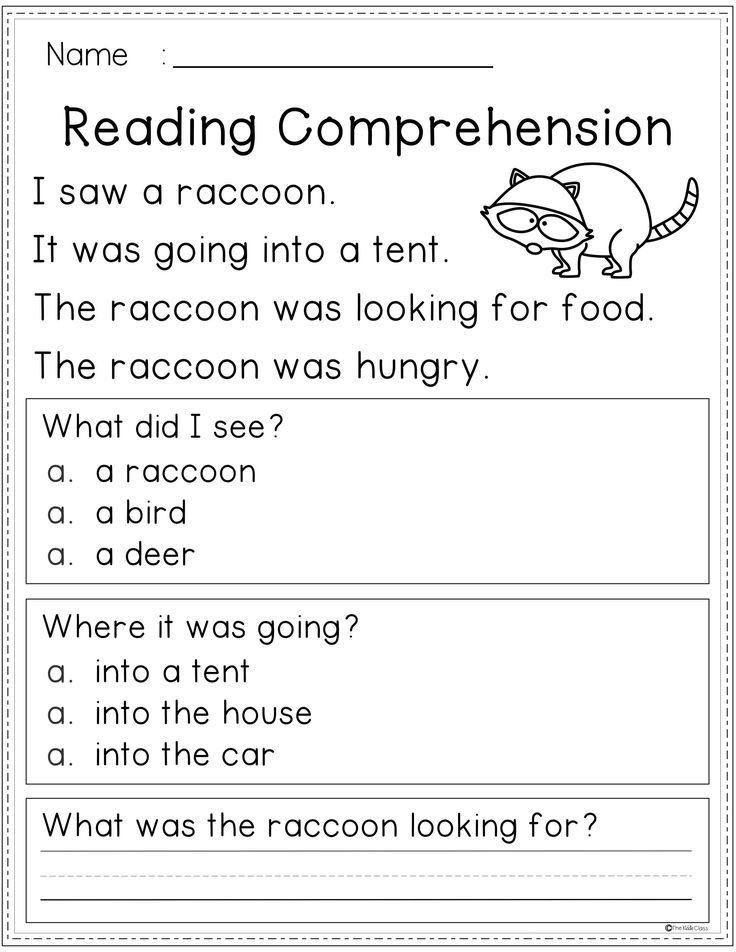 The ability to read well in the early years helps develop a lifelong habit of reading. My task is to make the process of mastering reading developing, differentiated, aimed at a strong and weak student.
The ability to read well in the early years helps develop a lifelong habit of reading. My task is to make the process of mastering reading developing, differentiated, aimed at a strong and weak student.
I will focus on an effective work technique for mastering the general way of reading that I use in my work.
According to the method of a well-known scientist, doctor of pedagogical sciences, author of the textbooks "ABC", grade 1, "Russian language", grades 1-4 V.G. Goretsky, children learn to analyze the sound composition of a word, highlighting the desired sound and correlating it with the letter. Then, they show the method of merging a consonant and a vowel, “pull”, “sing”, “merge” the vowel, achieving the desired success. In my practice, I show how to "release" a vowel sound. I speak briefly and clearly: “Keep [b] on your lips, put up a barrier. (Children press their lips tightly), open the window (open your lips, opening your mouth), let out the vowel [a].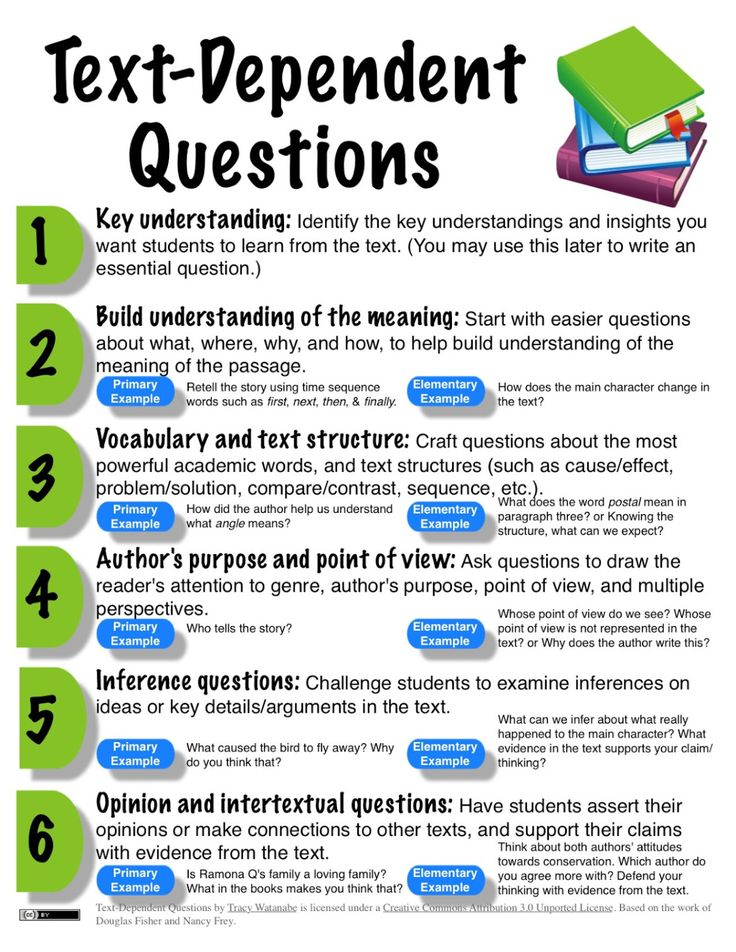 Children very well understand the “let out” technique, i.e. remove the barrier, release the voice.
Children very well understand the “let out” technique, i.e. remove the barrier, release the voice.
After getting acquainted with 4-5 consonants, the basic mechanism for reading syllables is almost ready. For students who have already mastered the technique of reading, I select games that are important for full-fledged speech development.
For example:
1. Construct a word from the first two lines of the alphabet.
2. Rearrange the letters so that you get the word: “lepo” (field), “karuch” (pen), etc.
3. To make the consonant sound soft, replace the vowel: rad-row, shaft - sluggish, was-beat, bow-bandage, etc.
For children who read during this period of learning to read and write, I select tasks of the following type:
1. Read the text, name the words that contain the letter o, a, u.
2. Think of words on the theme "School", "Summer", "Forest", make them from letters.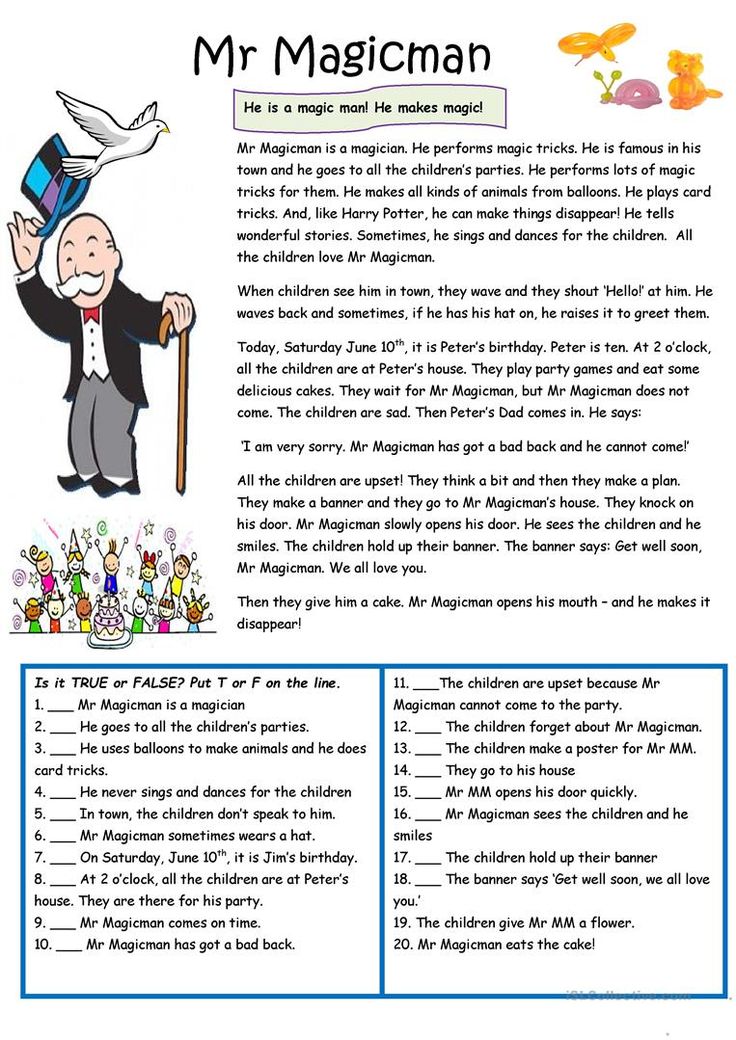
3. Insert the missing letter, read the word, make a sentence with it: r..chka, ko…a, m…shka and others.
I conduct exercises when reading words by way of reciting syllables to the same syllable, or vice versa. First, reading words with an open syllable is practiced: ma-shi-na, lo-sha-di, ko-ro-va. The material of words is selected, where only one letter is changed in words or only one letter is added to the word:
- at the end of the word - rubbish, juice, som
- at the beginning of the word - poppy, cancer, bak
- in the middle of the word - small, soap, mil
reading whole words. I set the task for students: look in the middle of the word. For reading, I offer slides of words with highlighting the middle of the word.
mouth
Shura
Murka
empty
dolls
juice
height
bushes
bush
tail
Emphasis in the middle of a word gives emphasis to vision.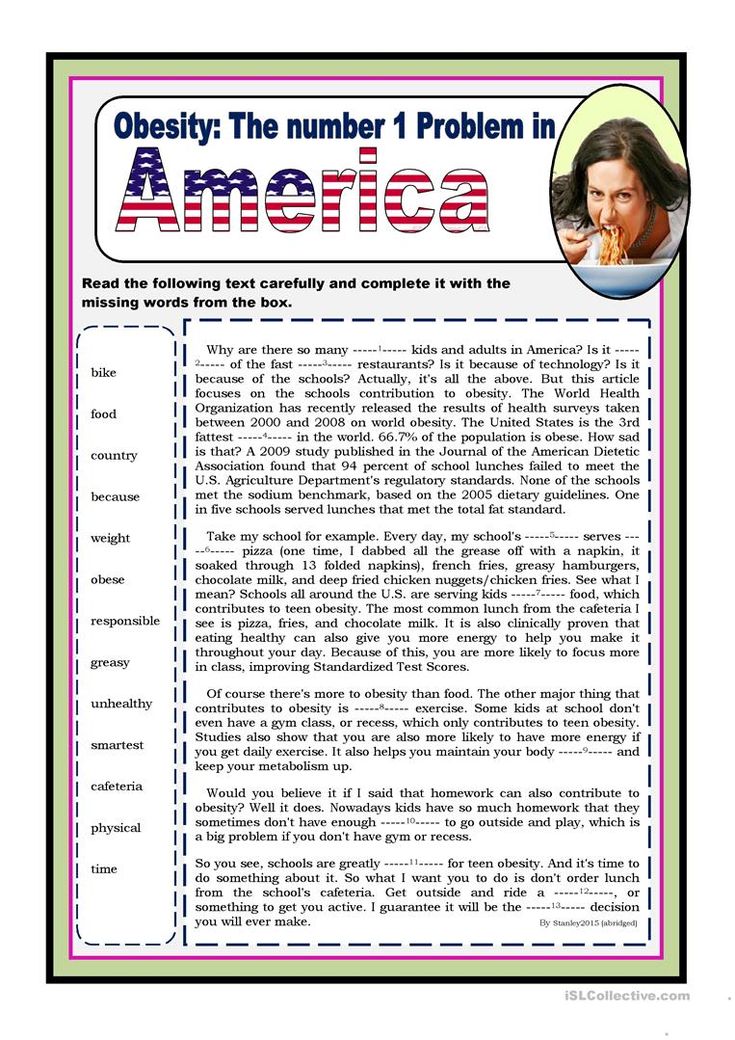 Children understand what is required of them: not to look at the first syllable, to train their eyesight, to see the whole word.
Children understand what is required of them: not to look at the first syllable, to train their eyesight, to see the whole word.
The reading of sentences is gradually introduced. Reading sentences with words consisting of two syllables. It was summer. Mom cooks. Pasha washes. Katya was given soap. She washes her hands and face.
Reading sentences from words consisting of two to three syllables.
Children solved the problem. Mom bought cookies. Valya is reading a newspaper.
Reading sentences with words consisting of three to four syllables.
Natasha dropped her pencil. The kids received gifts. Marina dressed up the doll. The girls knitted scarves.
As a result of using this technique, by the end of the first grade, most children master the method of reading a direct syllable (orientation to the letter denoting a vowel sound), two types of reading - spelling and orthoepic, reading whole words.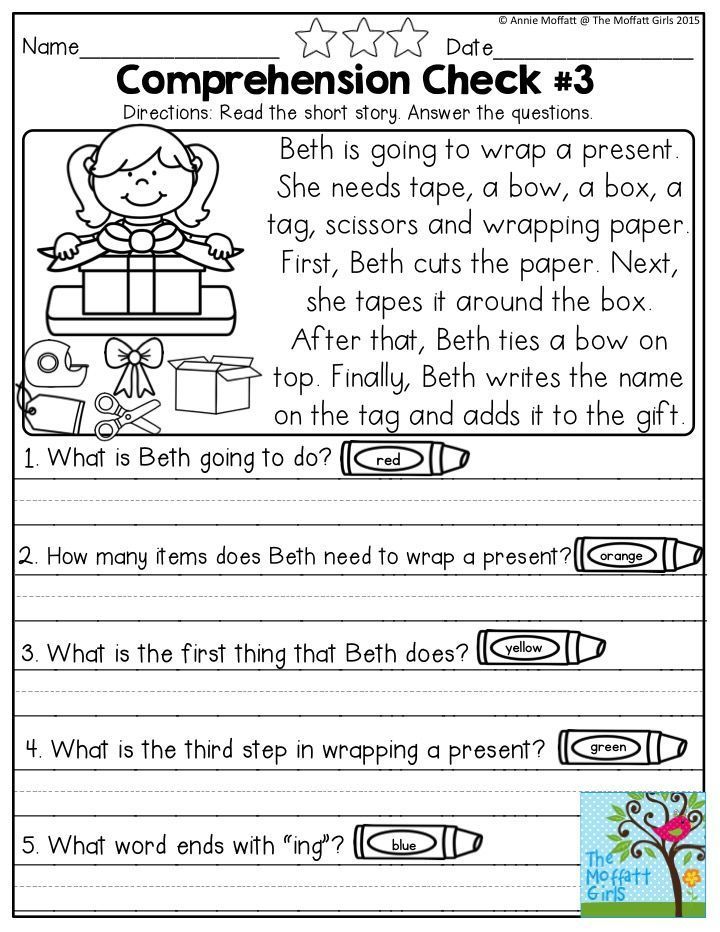
Today, the second generation of the Federal State Educational Standard of the IEO defines one of the priority tasks - the preservation and promotion of the health of primary school children, as well as the formation of a healthy lifestyle.
Organization of dynamic changes, physical education sessions at the lessons that promote emotional unloading and increase motor activity, reduce excessive functional stress and fatigue. In my work, during the period of literacy, I include physical exercises that help relieve fatigue and memorize new letters and sounds.
Physical education. Children perform movements in the text.
The sun lifts us up to exercise.
We raise our hands at the command "one".
And the foliage rustles merrily above us.
We give up on the command "two".
Collecting berries and mushrooms in baskets -
Leaning together at the command "three".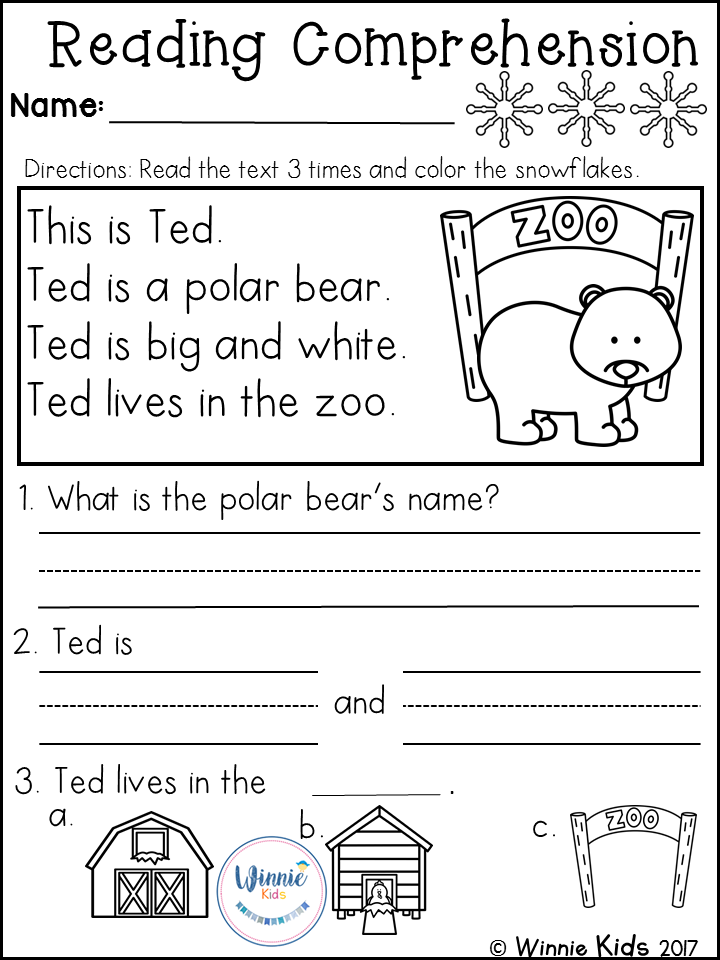
On "four" and "five"
We will ride together.
Well, at the command "six"
Everyone sit down quietly at their desks!
At the lessons of literary reading I use a set of recommended exercises according to SanPiNam. (Decree of the Chief State Sanitary Doctor of the Russian Federation dated December 29, 2010 No. 189 “On approval of SanPiN 2.4.2.2821-10 “Sanitary and epidemiological requirements for the conditions and organization of training in educational institutions” (as amended and supplemented) Appendix 4. Recommended set of exercises exercise minutes).
Physical exercises to improve cerebral circulation : Starting position (hereinafter - ip) - sitting on a chair. 1-2 - take your head back and gently tilt back, 3-4 - tilt your head forward, do not raise your shoulders. Repeat 4-6 times. The pace is slow.
Physical exercises to relieve fatigue from the shoulder girdle and arms : I.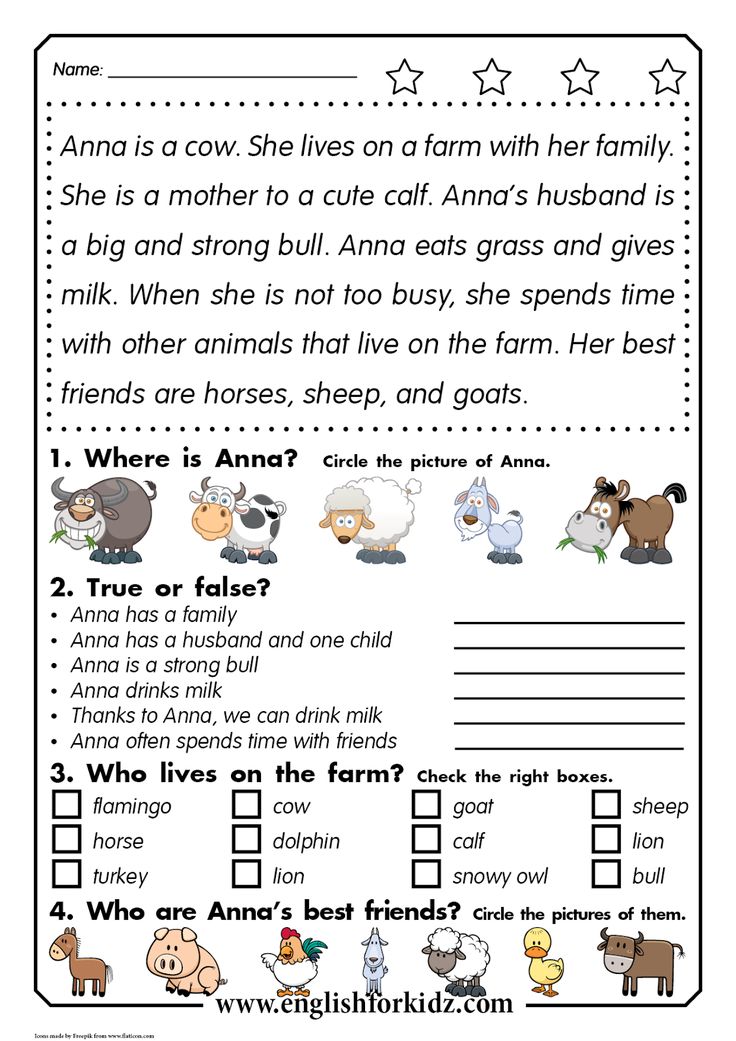 p. - standing or sitting, hands on the belt. 1 - right hand forward, left up. 2 - change the position of the hands. Repeat 3-4 times, then relax down and shake your hands, tilt your head forward. The pace is average.
p. - standing or sitting, hands on the belt. 1 - right hand forward, left up. 2 - change the position of the hands. Repeat 3-4 times, then relax down and shake your hands, tilt your head forward. The pace is average.
Physical exercises to relieve fatigue from the body : I.p. - stand legs apart, hands behind the head. 1 - sharply turn the pelvis to the right. 2 - sharply turn the pelvis to the left. During turns, the shoulder girdle should remain motionless. Repeat 6-8 times. The pace is average.
Attention mobilization exercise: I.p. - standing, arms along the body. 1 - right hand on the belt, 2 - left hand on the belt, 3 - right hand on the shoulder, 4 - left hand on the shoulder, 5 - right hand up, 6 - left hand up, 7-8 - claps hands above the head, 9- lower the left hand on the shoulder, 10 - the right hand on the shoulder, 11 - the left hand on the belt, 12 - the right hand on the belt, 13-14 - clapping hands on the hips.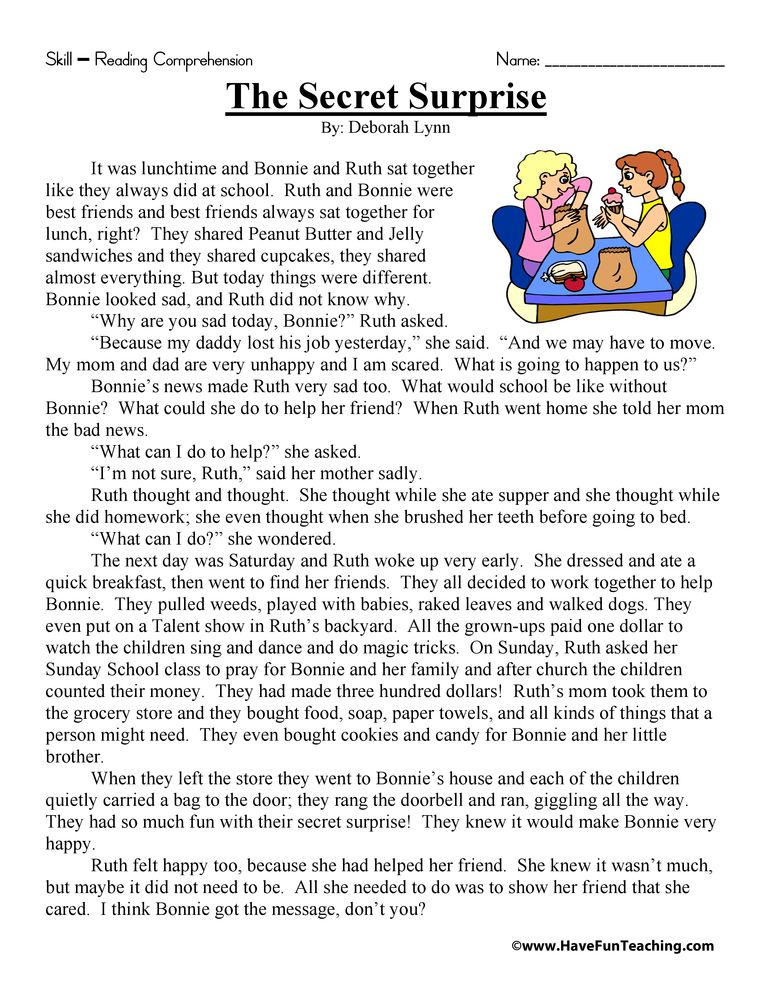 Repeat 4-6 times. Tempo - 1 time slow, 2-3 times - medium, 4-5 - fast, 6 - slow.
Repeat 4-6 times. Tempo - 1 time slow, 2-3 times - medium, 4-5 - fast, 6 - slow.
Playing with movements helps relieve tension, fatigue, and restores mental performance.
Carrying out breathing exercises not only heals the body, but also increases mental activity, helps to relieve nervous strain due to stress. ( Candle, Birthday cake exercises (Blowing out the candles))
Practicing brain activity is an important part of literacy and other lessons. Under the influence of physical exercises, the indicators of various physical processes that underlie creative activity improve: the amount of memory increases, the stability of attention increases.
Brain gymnastics exercises.
-
(Children calmly put their heads on their hands, close their eyes and pretend to fall asleep). Sleep, children, it's time to sleep. Sleeping green mountain. Sleeping trees and bushes.
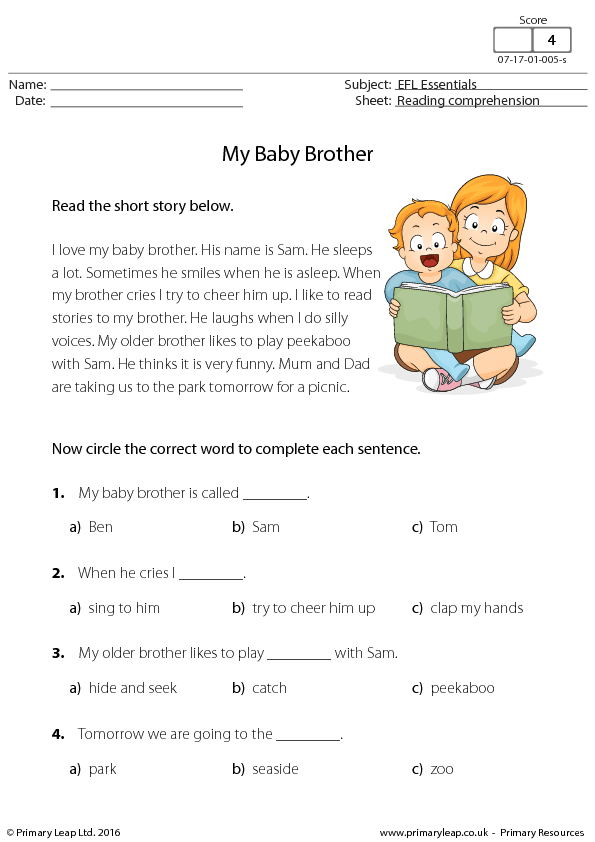 Sleeping rooks and sparrows. (Children breathe deeply, relax their shoulders) and with the help of breathing, tension is released. The chin draws a slightly curved line across the chest as the neck relaxes. Execution time 30 seconds.
Sleeping rooks and sparrows. (Children breathe deeply, relax their shoulders) and with the help of breathing, tension is released. The chin draws a slightly curved line across the chest as the neck relaxes. Execution time 30 seconds. -
“Lazy eights” (the exercise activates the brain structures that provide memorization, increases attention span): draw “eights” in the air in a horizontal plane three times with each hand, and then with both hands.
Working for many years in elementary school, with each graduation of students I think about the question “Why is it so difficult to raise a sociable and developed elementary school graduate?”
I am looking for an answer to it, reading methodological literature, attending advanced training courses, but from practice, communicating with children of different preschool education (and sometimes without it at all), I came to the conclusion that the entire educational process in elementary school is based on instilling in children love and interest in literary reading.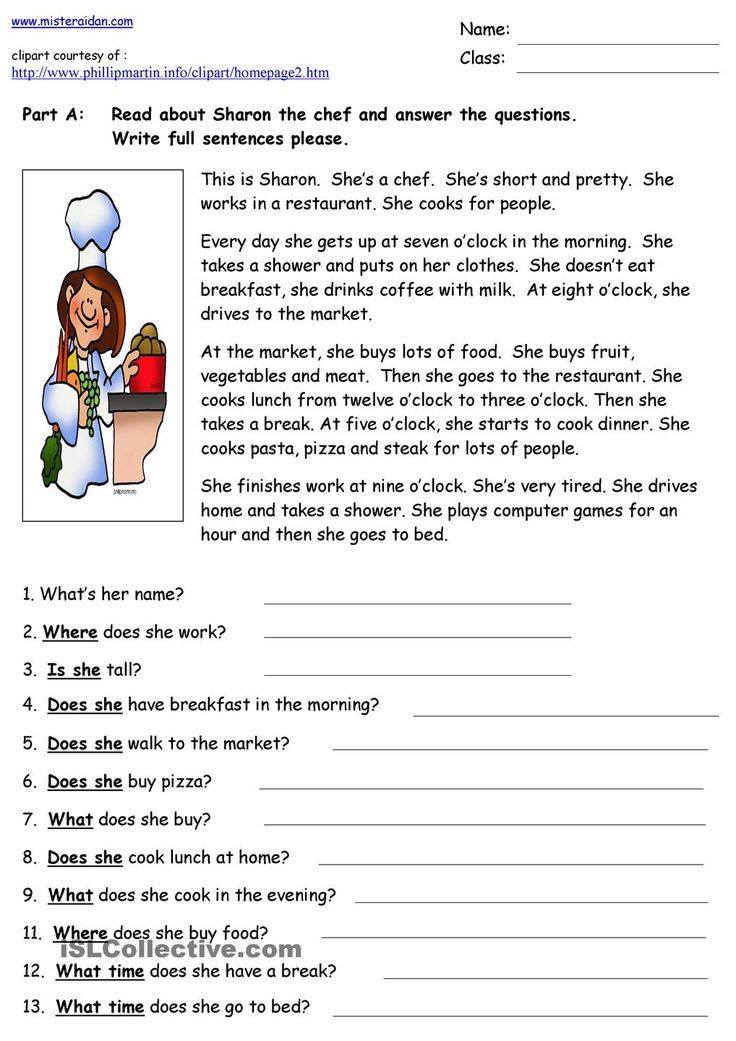
Reading (independent, class, home) is the basis of any lesson, and not only in elementary school. Judge for yourself: how can a first grader complete an exercise task or solve a problem in two steps if he reads 10–12 words per minute, does not understand what he read, and there is no motivation to read? And at home, he does not want to read at all, and does this only at the request of his parents, expecting either praise or punishment. Parents, not knowing other ways to attract a child to reading, at best go to the teacher or hope that this problem will somehow be solved by itself. Meanwhile, the problem is not solved by itself, and the child moves to the middle link without having learned to read. And middle-level teachers believe that this should have been taught by an elementary school teacher.
The main purpose of literary reading lessons in elementary grades is to help the child become a reader; bring to the realization of the rich world of domestic and foreign children's literature, as the art of artistic expression, enrich the reader's experience.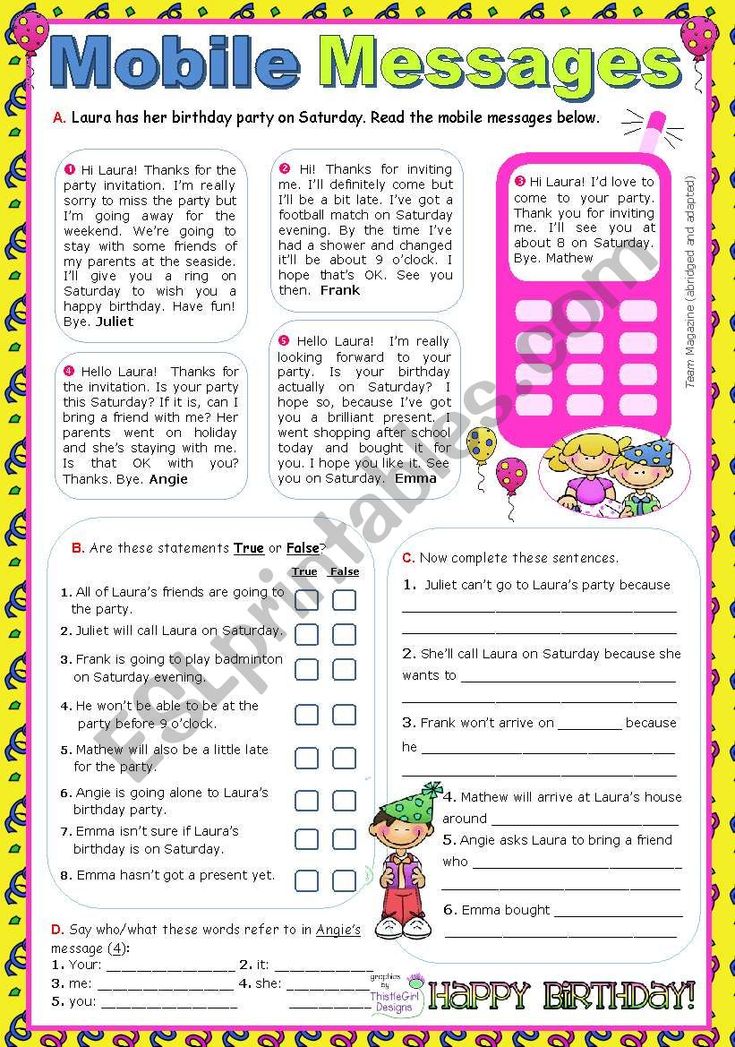
In elementary school, creative design becomes an effective means of maintaining interest in reading. Of course, the presentation and defense of projects in elementary school is not yet a poster presentation, not a reasoned defense, but a colorful action, projects “in pictures”.
Projects in the primary grades are difficult, problematic, because the children are still small, they have little experience (reading, learning, research). But it is still possible to organize project activities.
Working on projects, students get acquainted with the diversity of the world around them, get ideas about its structure, learn to independently extract information, systematize and generalize it; takes responsibility for their activities. Education is built on the basis of independent activity, inherent in research and project activities.
During the literacy period, the students worked on the City of Letters project.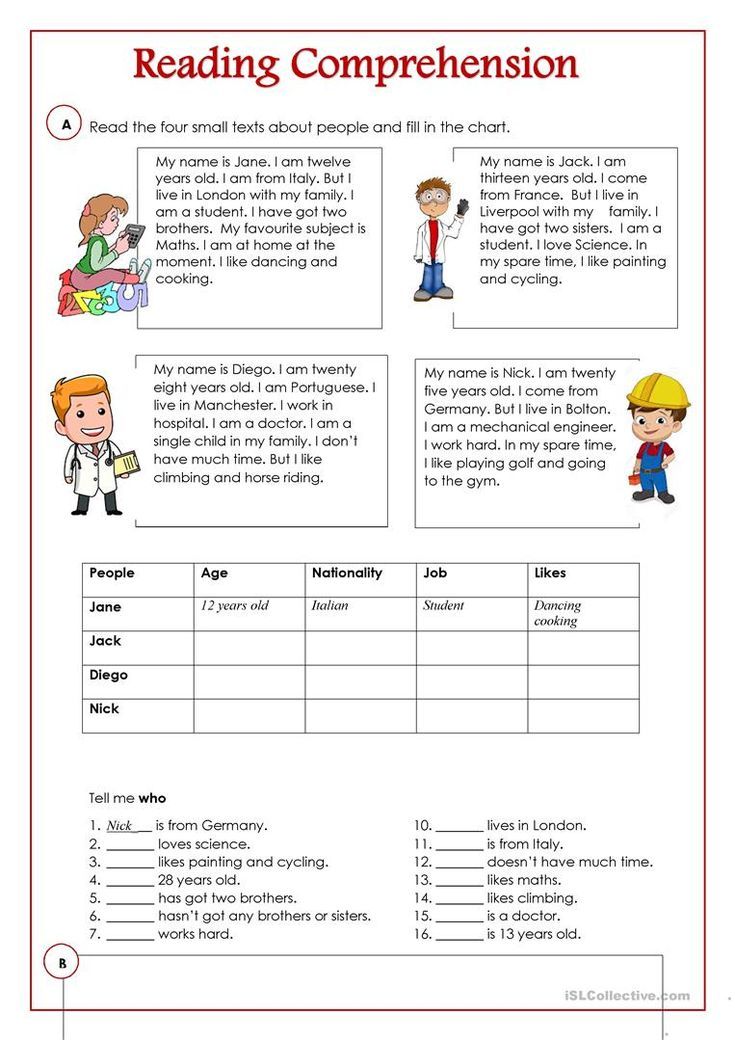 The children created their own letter and presented it in verse. First, she announced the topic of the project. I was asked to choose a letter. Then she talked about how you can creatively approach the manufacture of letters. (what material to make, what size the letter should be, how to choose a rhyme)
The children created their own letter and presented it in verse. First, she announced the topic of the project. I was asked to choose a letter. Then she talked about how you can creatively approach the manufacture of letters. (what material to make, what size the letter should be, how to choose a rhyme)
This letter has no corner,
And it is always round. (O)
Two posts obliquely,
There is a belt between them. (A)
On the final day, the project was defended, where the guys presented their work.
The project method contributes to the development of independence, initiative of students, leads to their cognitive activity.
It is impossible not to mention gaming technologies that have a positive impact on the formation of the spiritual world of schoolchildren, the formation of their reading experience, the development of communicative competence, the ability to independent literary creativity.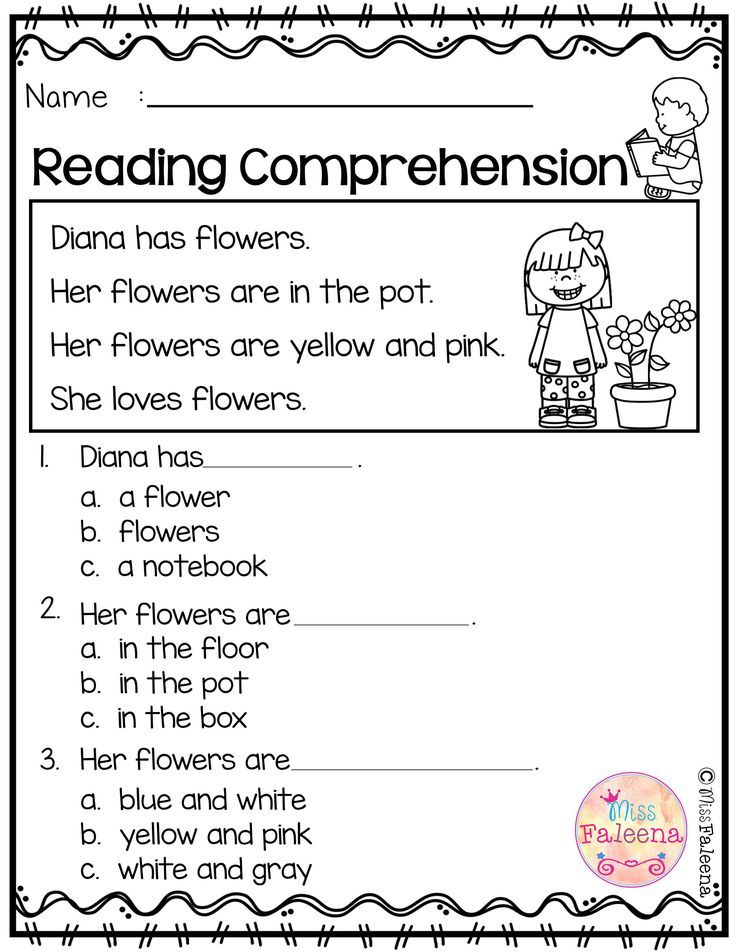
Game technologies keep the cognitive activity of the child and facilitate the complex learning process, contributes both to the acquisition and development of many personality traits. When teaching reading, the game causes students to need to read tasks, which helps to form the skill of quick, conscious reading in whole words. In my opinion, a creative and entertaining game activates the attention of children, relieves psychological and physical stress, and facilitates the perception of new material. The use of gaming technologies makes sense to use at different stages of the lesson, in all classes.
At the final stage of teaching literacy in the post-literal period, where reading skills are improved, I use the following exercises:
With this method of reading, the meaning of the text is lost. Therefore, all attention is switched to the correct and clear pronunciation of words.
-
Olakrez
-
Lanep
-
Akubza
-
Zorom
-
Milk
Ytslap
Exercise 2.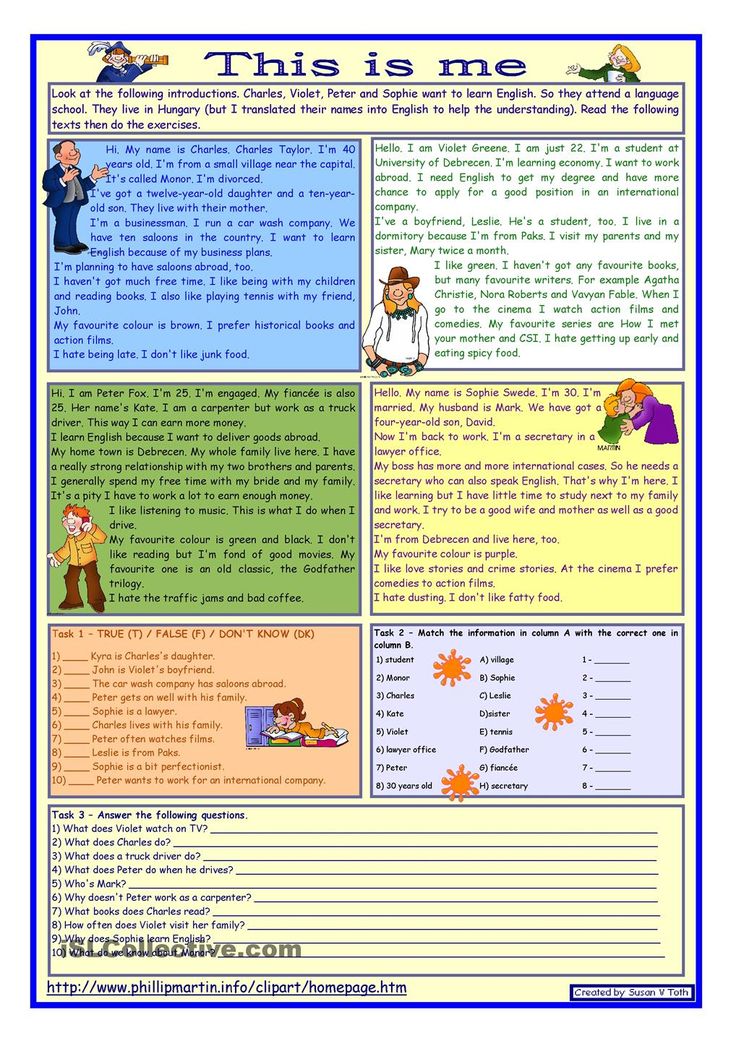 "Mad book"
"Mad book"
What will it give? Eye coordination will develop, the ability to navigate in the text. A standard of letters will be formed.
Exercise 3. “The birds have arrived” I use it in the post-letter period,
Grade 1, Literary reading
Show the child the phrase “the birds have arrived”. And ask to read it:
-
calmly;
-
happy;
-
loud;
-
quiet;
-
sad;
-
irritated;
-
with fear;
-
mockingly;
-
with anger.
What will it give us? Ability to read expressively. And convey feelings and emotions with your voice. Don't get hung up on that one sentence.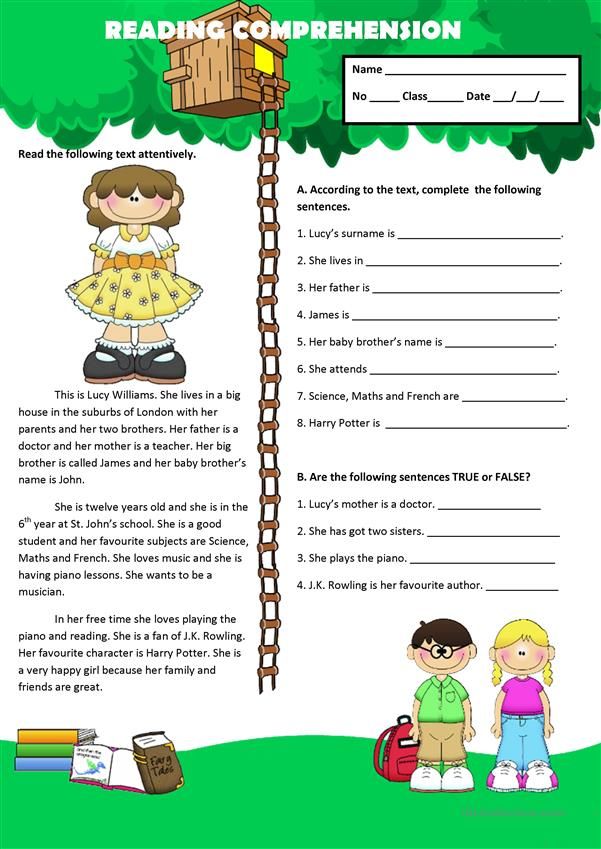 You can read proverbs, sayings, tongue twisters with different intonation.
You can read proverbs, sayings, tongue twisters with different intonation.
At the lessons of literary reading, I implement non-traditional methods of working with text. The work is based on the techniques of technology for the development of critical thinking through reading and writing (TRCM). Techniques for working with text form the independence of thinking and increase educational and cognitive interest.
Here are a few examples of TRKM that I use in my work:
Reception "Reading with stops"
This technique contains all stages:
Stage 1 - call. At this stage, based only on the title of the text and information about the author, children should guess what the text will be about.
Stage 2 – comprehension . Here, having become acquainted with a part of the text, students clarify their understanding of the material.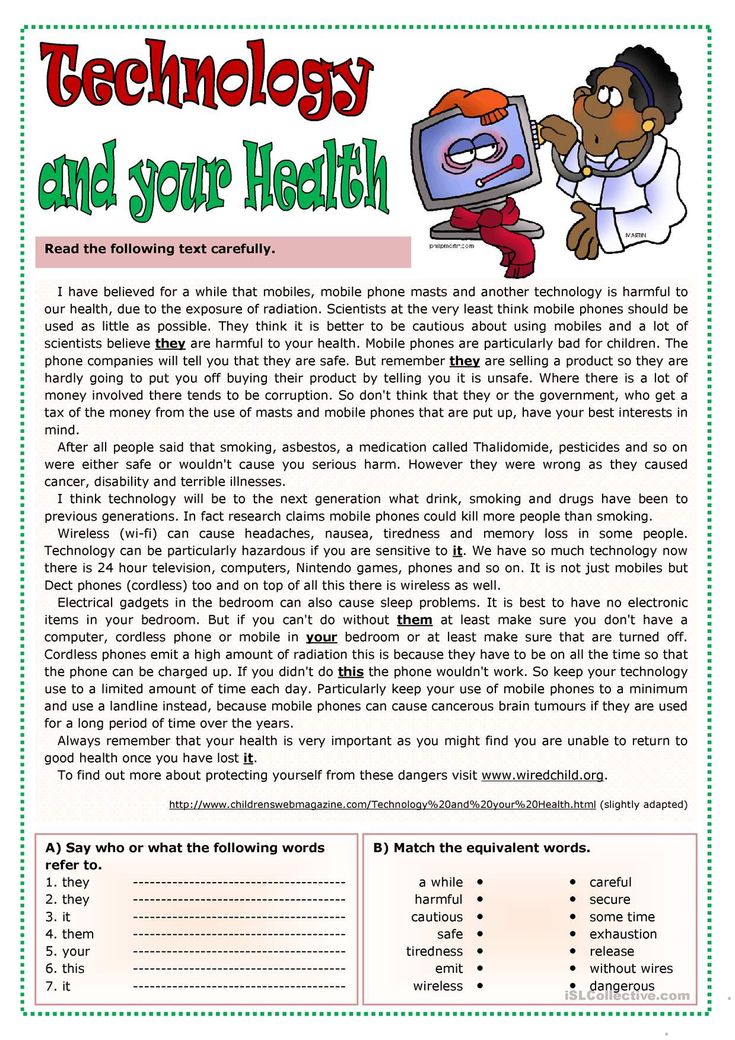 The peculiarity of the reception is that the moment of refining one's idea (comprehension stage) is at the same time the stage of a call to get acquainted with the next fragment. The question is: “What will happen next and why?”.
The peculiarity of the reception is that the moment of refining one's idea (comprehension stage) is at the same time the stage of a call to get acquainted with the next fragment. The question is: “What will happen next and why?”.
3rd stage – reflection . Final conversation. At this stage, the text again represents a single whole. Forms of work with students can be different: writing, discussion, joint search, theses, selection of proverbs, creative work.
Such work with text develops the ability to analyze the text, identify the connection between individual elements (themes, images, ways of expressing the author's position), develops the ability to express one's thoughts, teaches understanding and comprehension.
For example, a lesson in literary reading in grade 3 G.Kh. Andersen "Spruce".
Conversation on the primary perception of the work and analysis of the read text.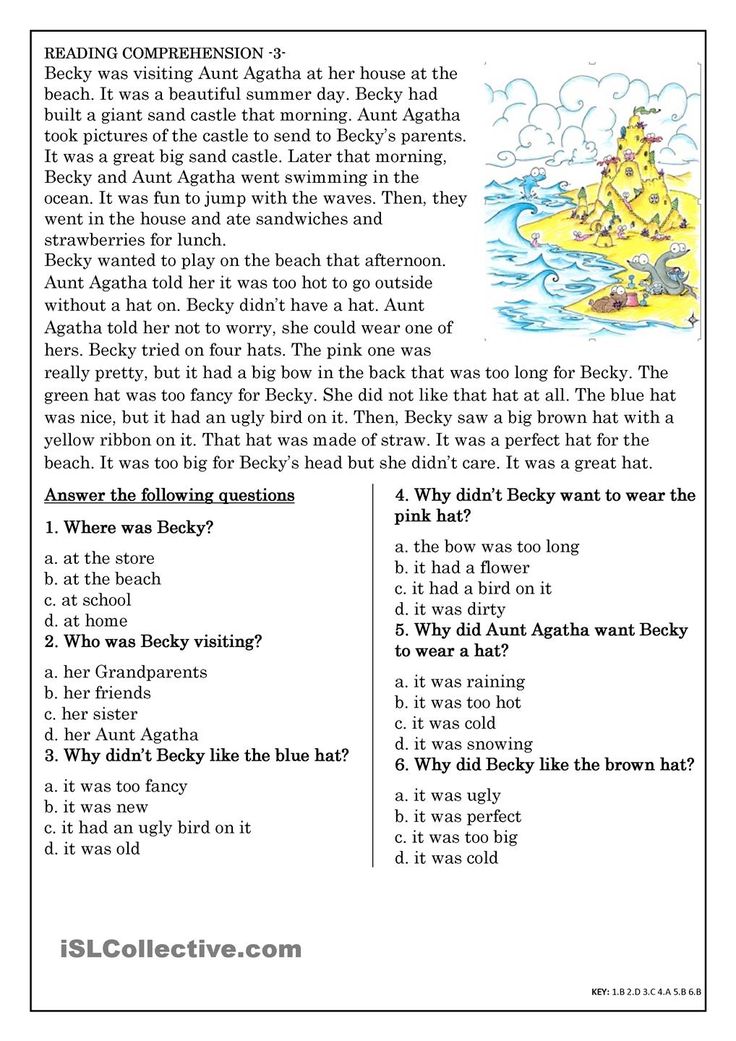 To share my emotions, to express an opinion, I propose to plunge into these events.
To share my emotions, to express an opinion, I propose to plunge into these events.
Six Hats Reception. Choose a hat of any color and prepare an answer to your question based on the content of the piece.
Feelings - "Red Hat" - What feelings does the spruce evoke in you?
Positive thinking - "Yellow Hat": How did it seem to you at the beginning of the fairy tale and at the end of the fairy tale?
Creativity - "Green Hat": What advice would you give to a Christmas tree when it was still living in the forest?
Problems - "Black Hat": What would you like to ask the Christmas tree?
Facts - "White Hat": What positive feature did you notice about the Christmas tree?
Summary - Blue Hat: How would you like the fairy tale to end?
(Children choose the color of the hat at will and prepare their statements.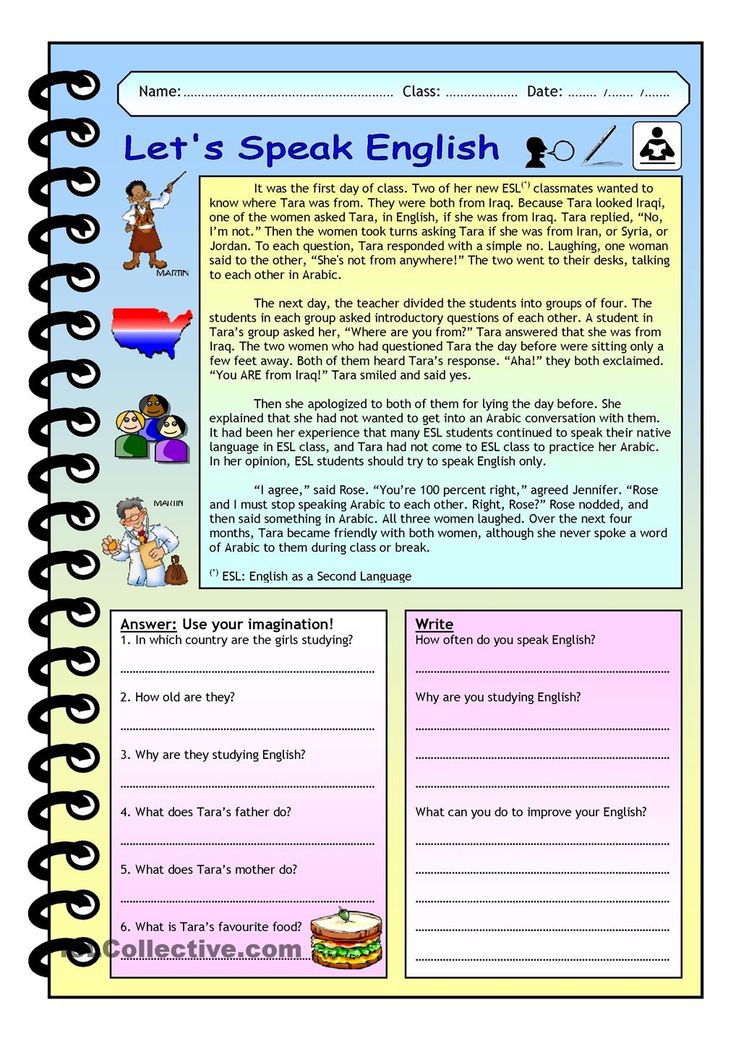 )
)
Six hats is a simple and practical way to overcome these difficulties by dividing the thinking process into six different modes, each of which is represented by a hat of a different color. Thus, if you systematically use in your work the methods of developing reading skills in the first half of the lessons, starting from the first grade, you can teach students to read, educating them in a love of reading.
At the stage of formation of reading skills in the 1st grade, V. Bianchi's fairy tale "Forest Gingerbread Man - Prickly Side" uses the "Event Chain Model" technique.
Purpose - the formation of the ability to represent the composition of the work. For example, the following scheme is offered to the attention of children:
Old man——— fox——— hedgehog—— bear——— wolf———— squirrel
Please evaluate this model. Does it fit with the structure of the story? Are there redundant items? In the course of examining the model, students come to the conclusion that the sequence of parts of the fairy tale is broken.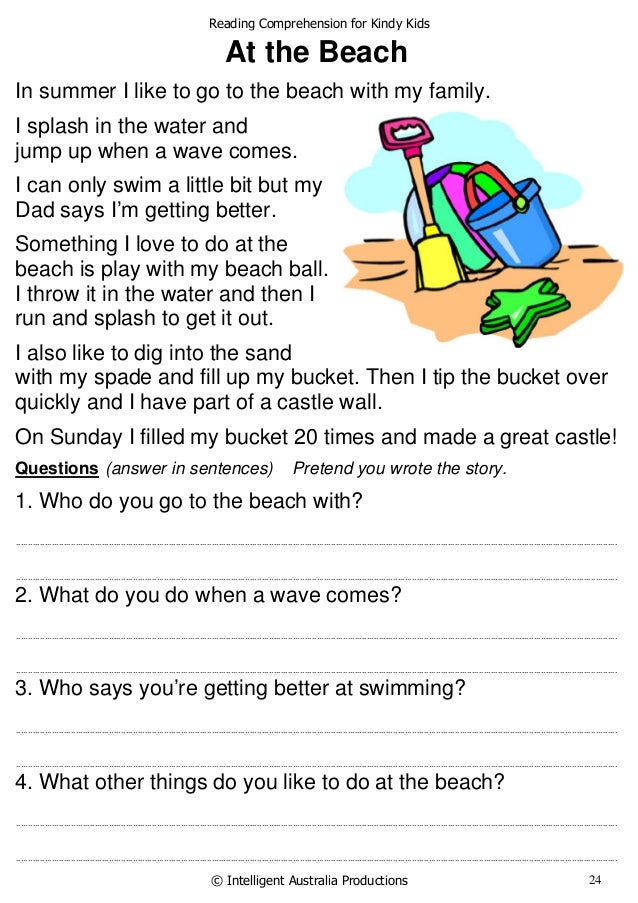 I propose to restore the composition.
I propose to restore the composition.
What does this technique teach? This technique teaches you to reason over the sequence of parts, find the right solution and prove your choice.
I use the "Compilation of a cluster" technique at the stage of comprehending a literary work.
The goal is to systematize students' knowledge on this topic.
Clustering allows students to think freely and openly about a topic. The student writes down a key concept in the center of the sheet, and from it draws arrows - rays in different directions, which connect this word with others, from which, in turn, the rays diverge further and further. I use it in my lessons to organize individual and group work.
This technique stimulates mental activity, allows students to independently structure the educational material, and, as a rule, I use it when testing knowledge. For example:
The reading competence of a junior schoolchild is characterized by a set of knowledge, abilities, skills, manifested in a value attitude to reading, the ability to perform the reader's necessary actions in working with a work, in order to form the need for reading.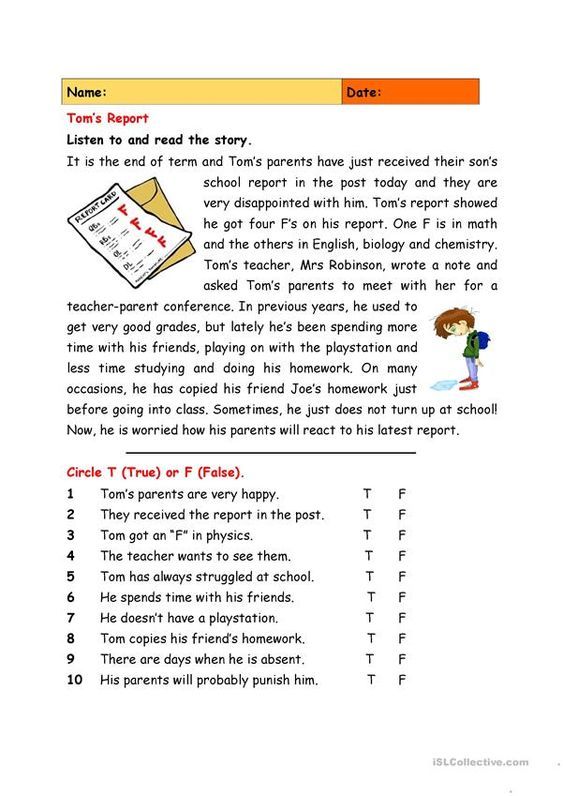
The work on the formation of the reading competence of students is based on groups of reading skills, the mastery of which indicates a complete understanding of the text.
These skills include:
- primary perception of a literary text,
- orientation in the content of the text and understanding of its meaning;
- finding information;
- interpretation of the text;
- reflection on the content of the text and its evaluation.
In preparation for the lessons, I plan to organize the work of students on the work in such a way as to involve all groups of reading skills, this helps to ensure the formation of reading competence of younger students.
Today, the library plays an important role in the educational process.
To achieve the maximum use of the library's potential, we constantly cooperate with the school librarian.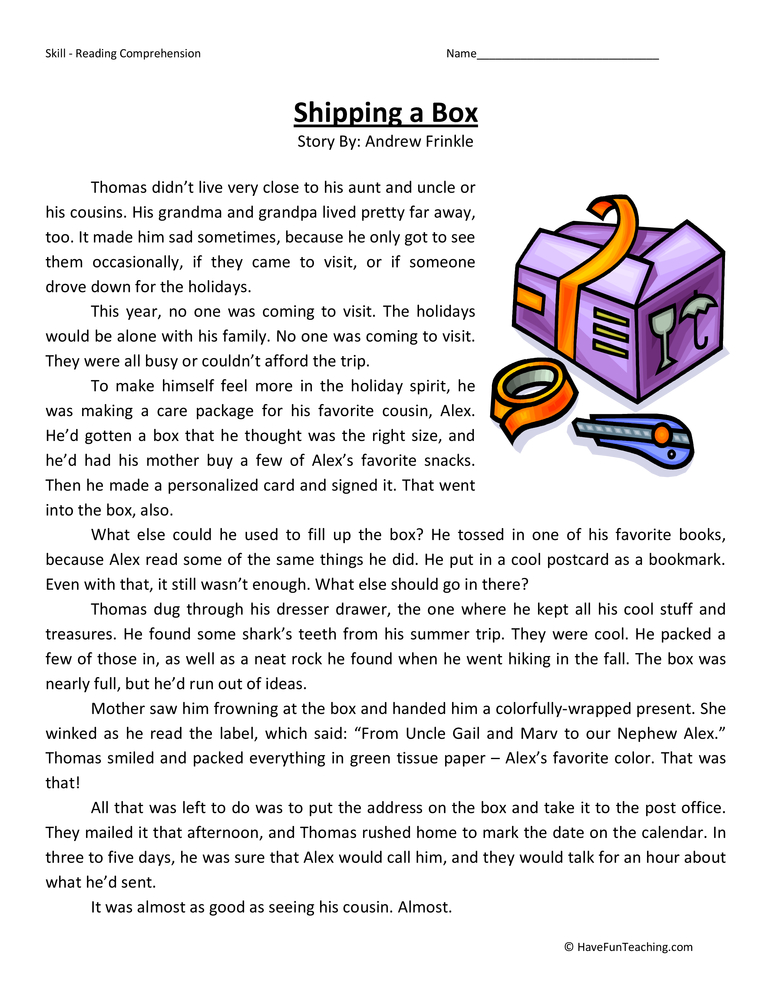
In order to update and replenish the stock of the school library, we annually hold the action "Give a book to the school!" Children and parents bring books that they have already read and share with other readers of the school library. Thus, each student can contribute to the library fund of the school. As part of the classroom and extracurricular activities, we arrange book exhibitions, literature reviews on the topic of the lesson. The library has accumulated a large amount of material for class hours, related to the issues of reading, writers, scientists, historical presentations, annotations to books - anniversaries. All this is available to teachers, students, parents.
It is these three components - family, school, library - that create the environment that forms the person who reads. The lack of attention of at least one of the parties negatively affects the child as a whole.
The fact is that as soon as a child learns to read and write, parents stop reading to him, thinking that by doing so they encourage him to read independently.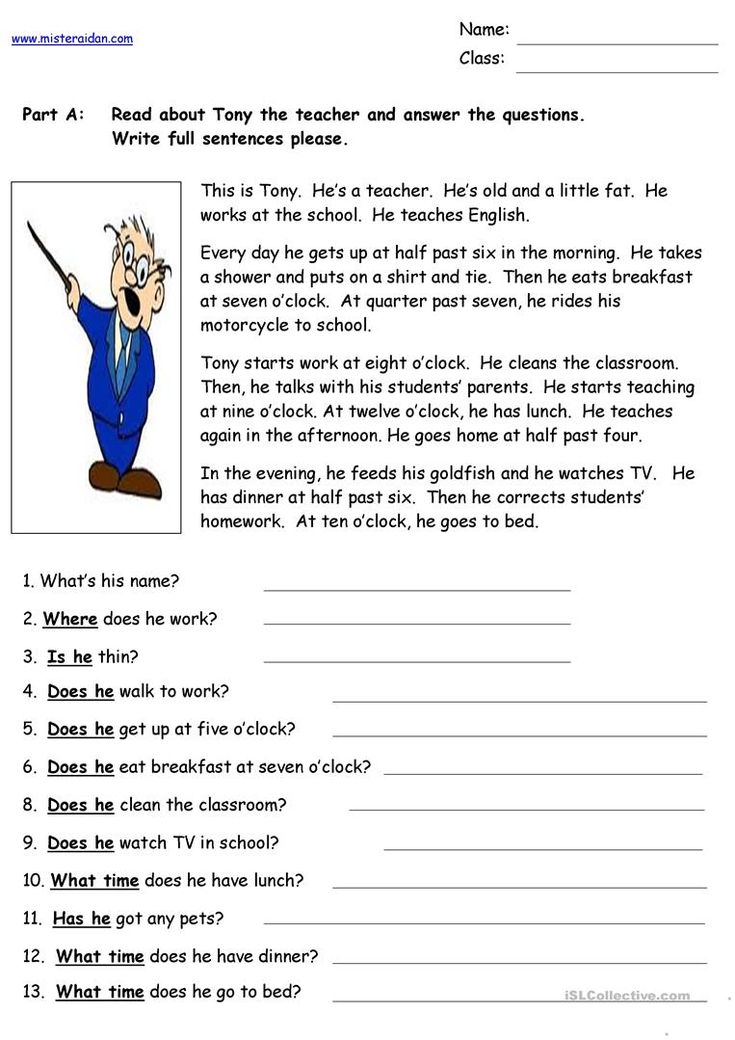 It's a delusion. The child still has a weak reading technique, and he cannot read books that are interesting to him. Reading in a family environment plays a special role. Joint reading of a book, communication about what has been read brings family members together, unites them spiritually and instills in children the need to read on their own.
It's a delusion. The child still has a weak reading technique, and he cannot read books that are interesting to him. Reading in a family environment plays a special role. Joint reading of a book, communication about what has been read brings family members together, unites them spiritually and instills in children the need to read on their own.
The child adopts the same attitude towards reading and books that his parents have. Not without reason, back in the 16th century, it was noted: "A child learns what he sees in his home - parents are an example to him." The child is greatly influenced by whether the parents themselves read or not. If they spend most of their time in the evening in the kitchen or watching TV, then it is unlikely that their children will like to read. The desire to read, a strong interest in reading is formed in the family, and its basis is the child's habit of reading. The family is the beginning of children's reading. Parents read, child reads.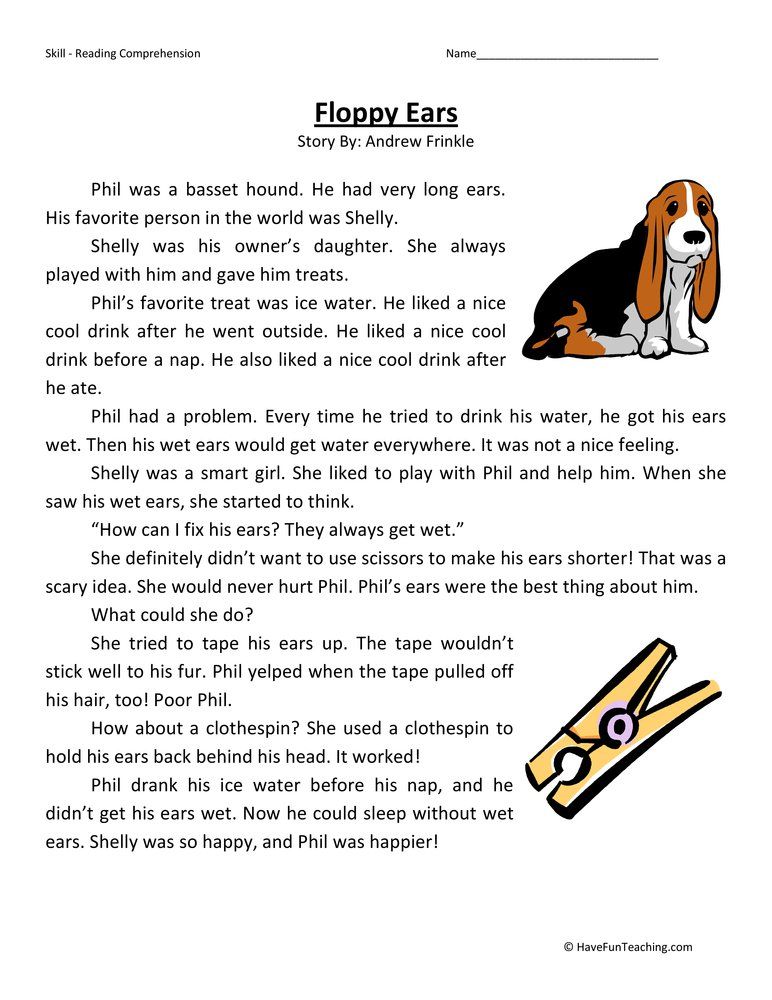
Working with parents is difficult, but important. Therefore, it is necessary to educate parents so that children's reading does not turn into torture, but is the work of the soul.
So in the first grade there was a meeting on the topic “We read with pleasure!”. At the meeting, parents received recommendations on the development of reader interest. The most important reason to read to your child is to spend time together. She offered to read aloud every day, give freedom of choice, have your own library of books at home, listen to audio books, subscribe to magazines, visit the library together, write a letter. She told how to organize home reading during the holidays.
Parents together with their children took an active part in the City of Letters project, which they approached creatively. The Holiday "Farewell to the ABC" was held, at which children read poems of their own composition about the letter, presented letters baked from dough, staged a fairy tale.